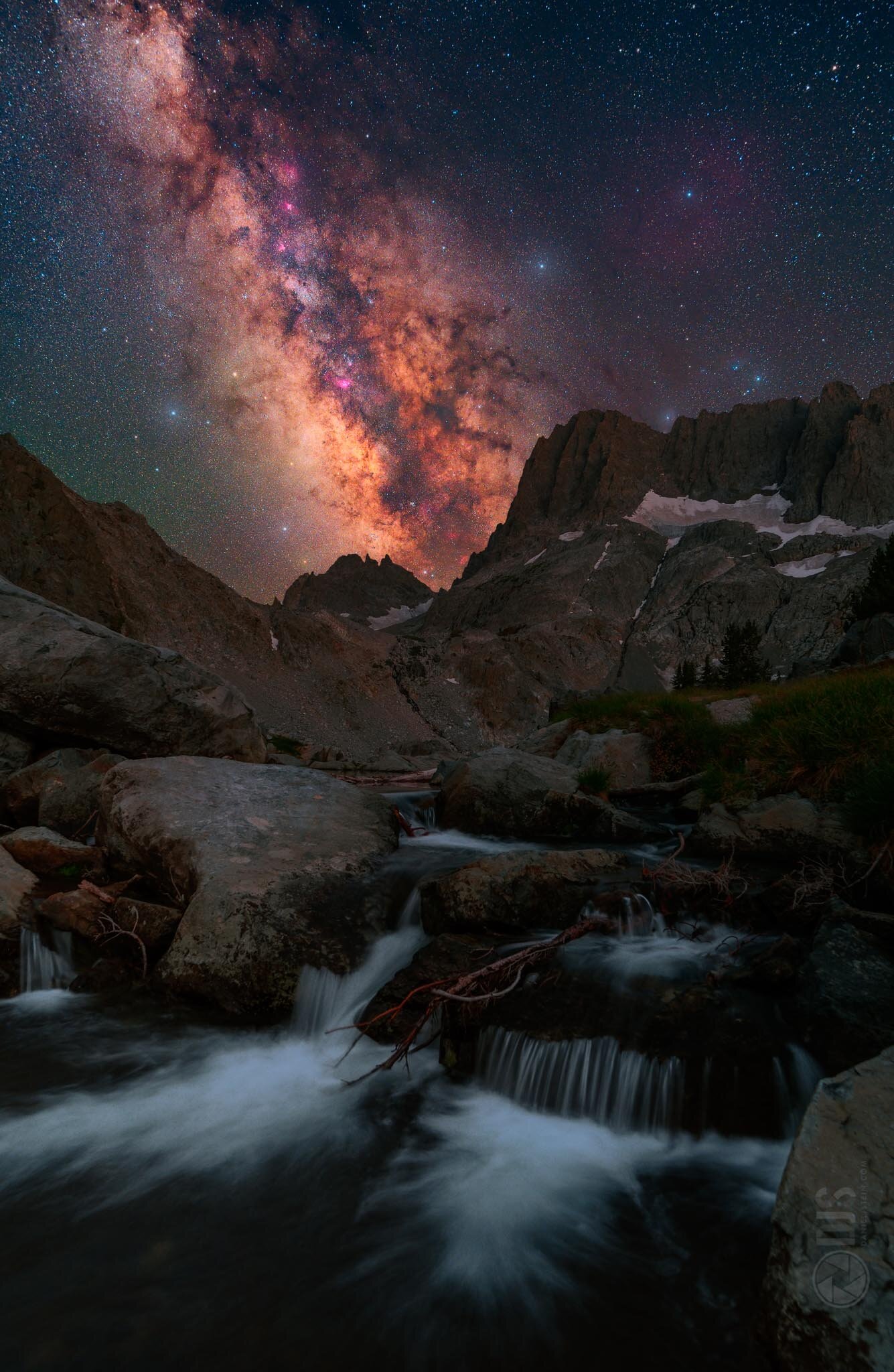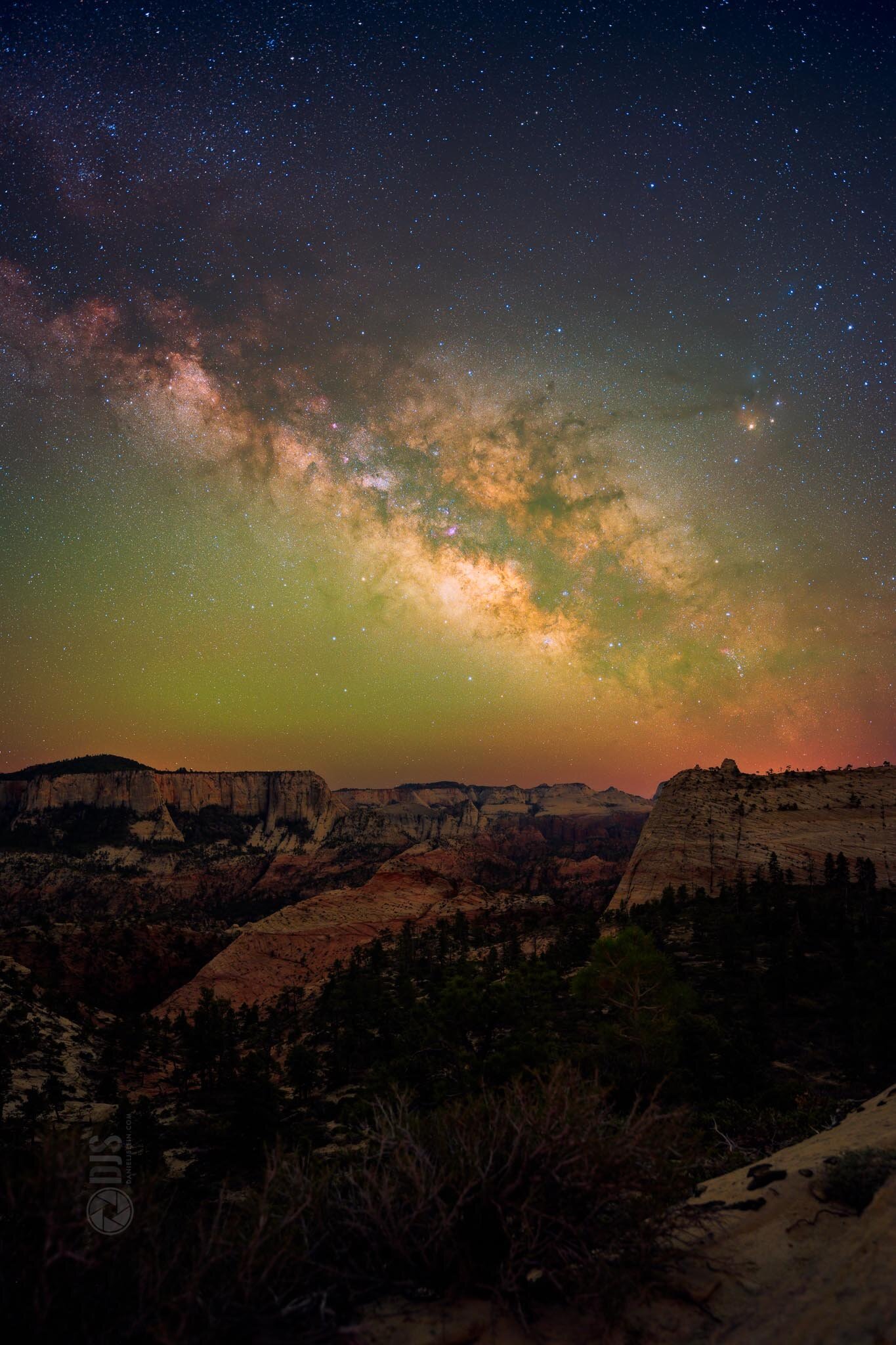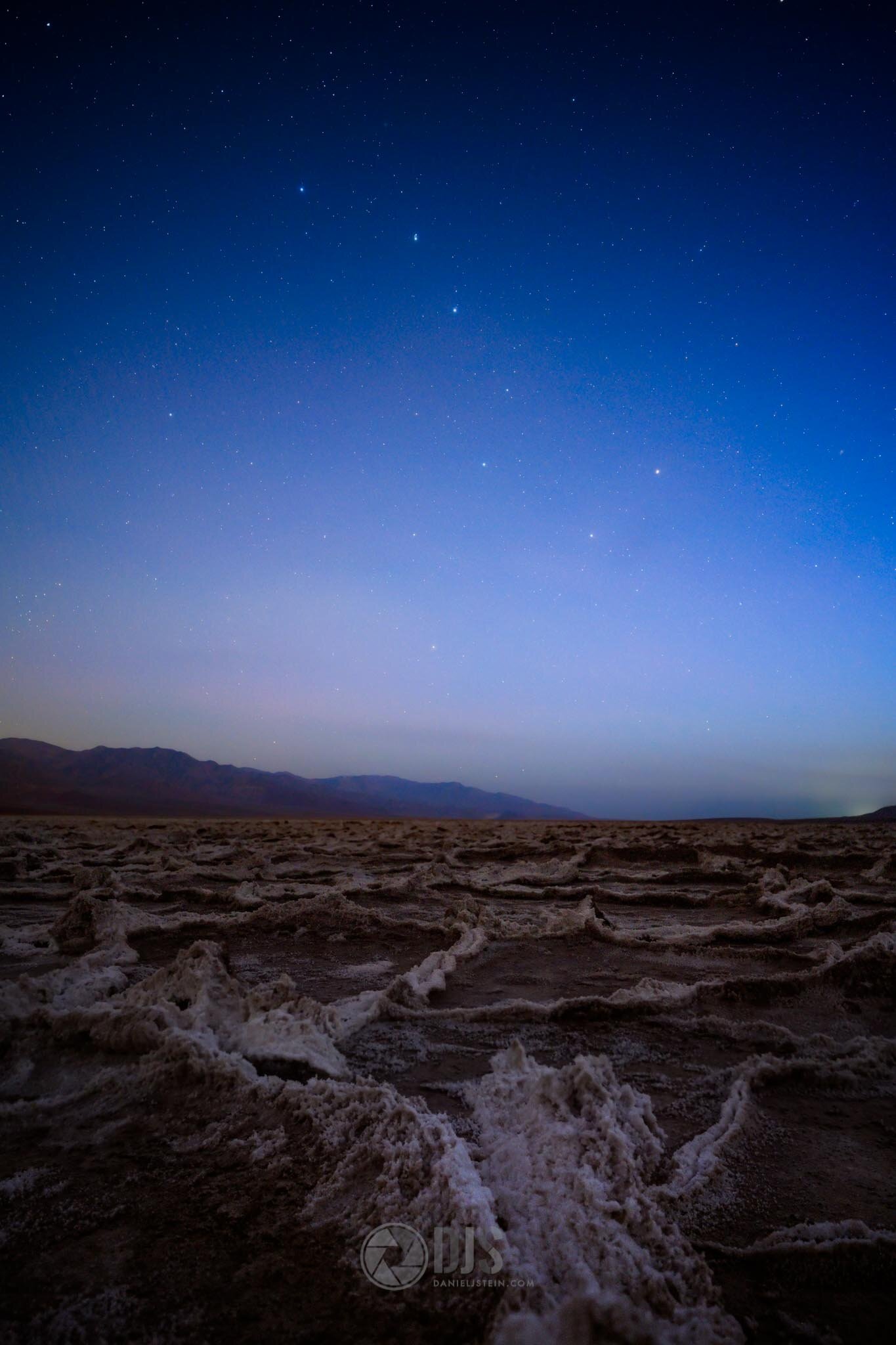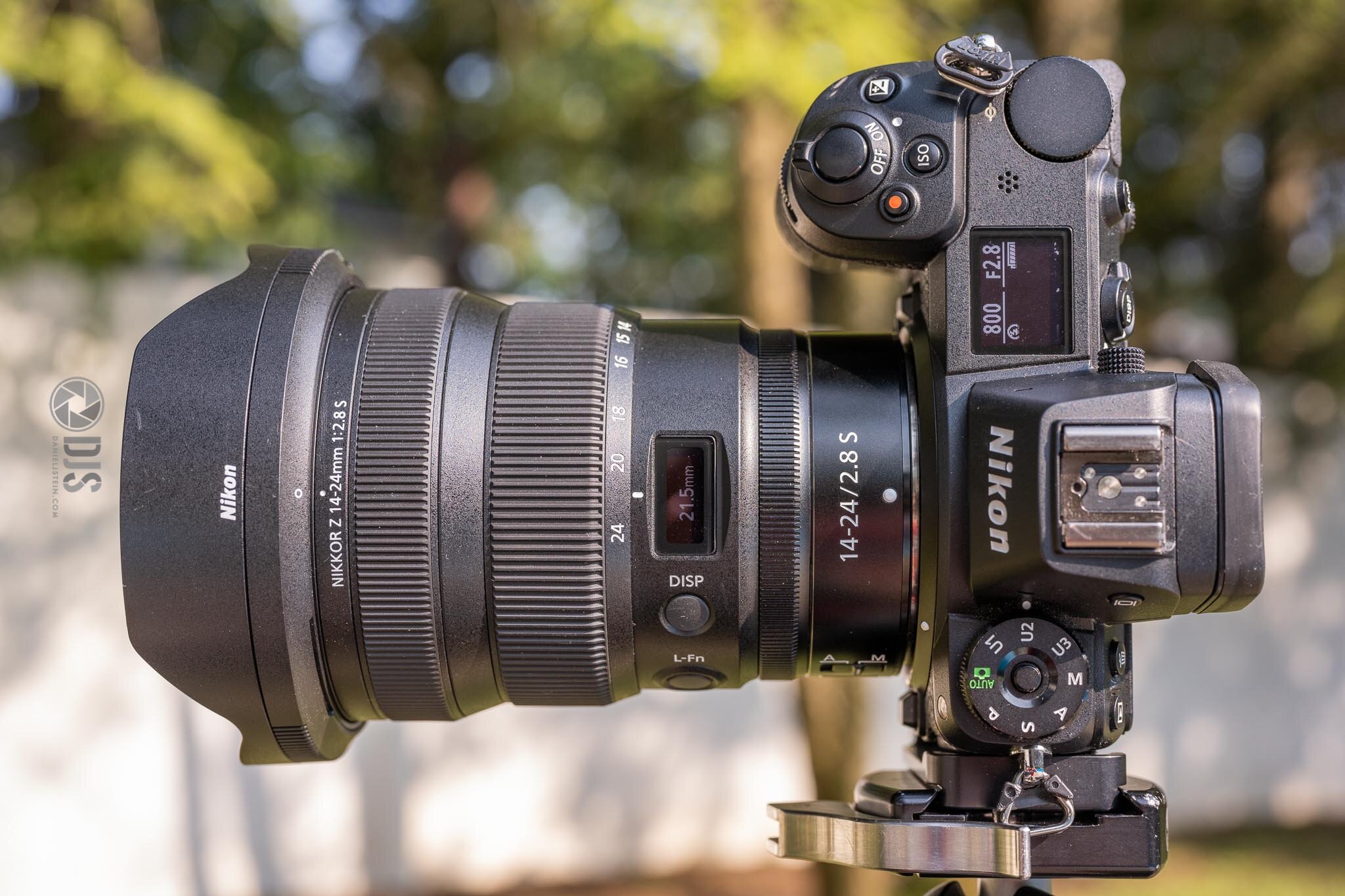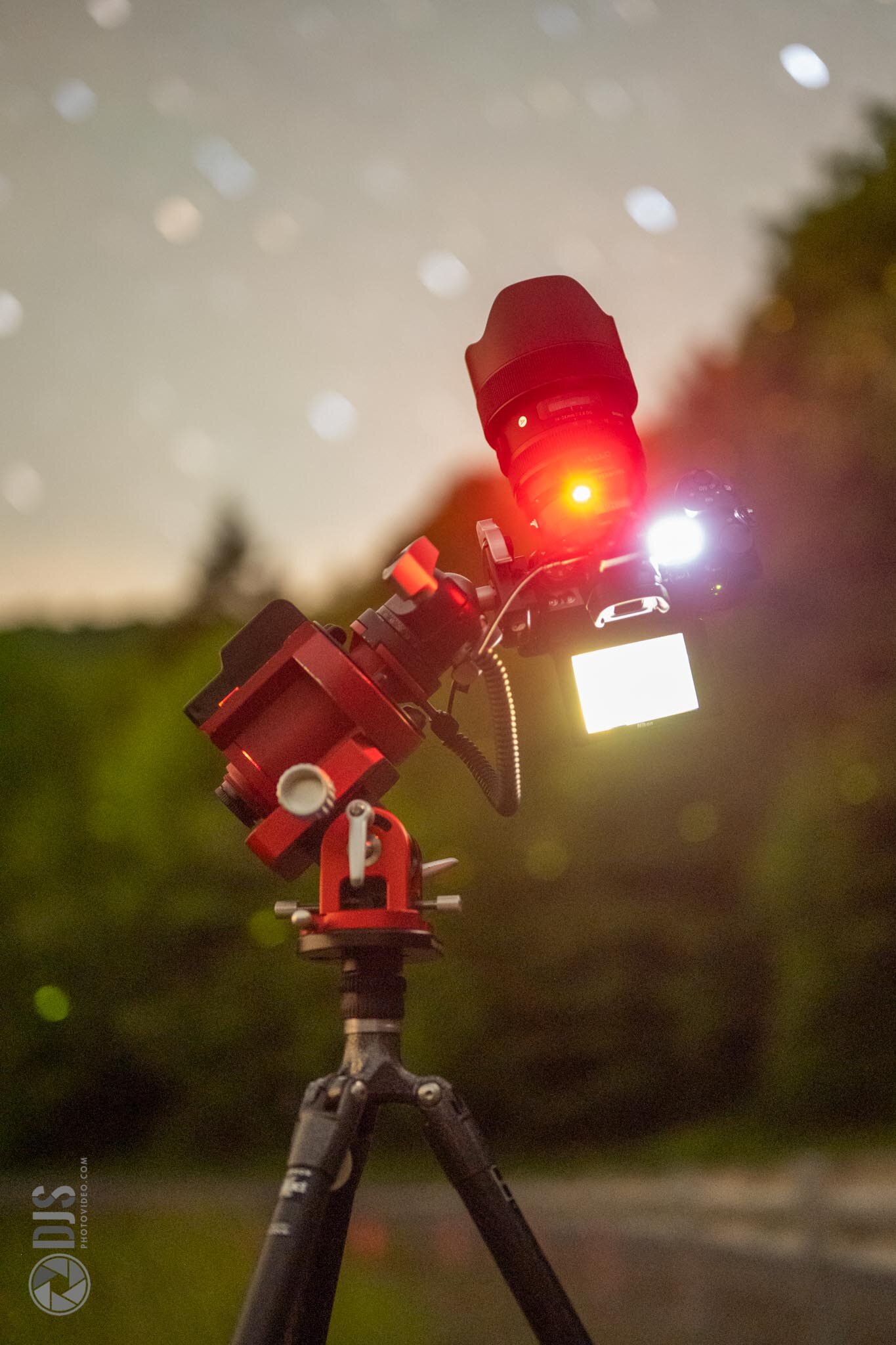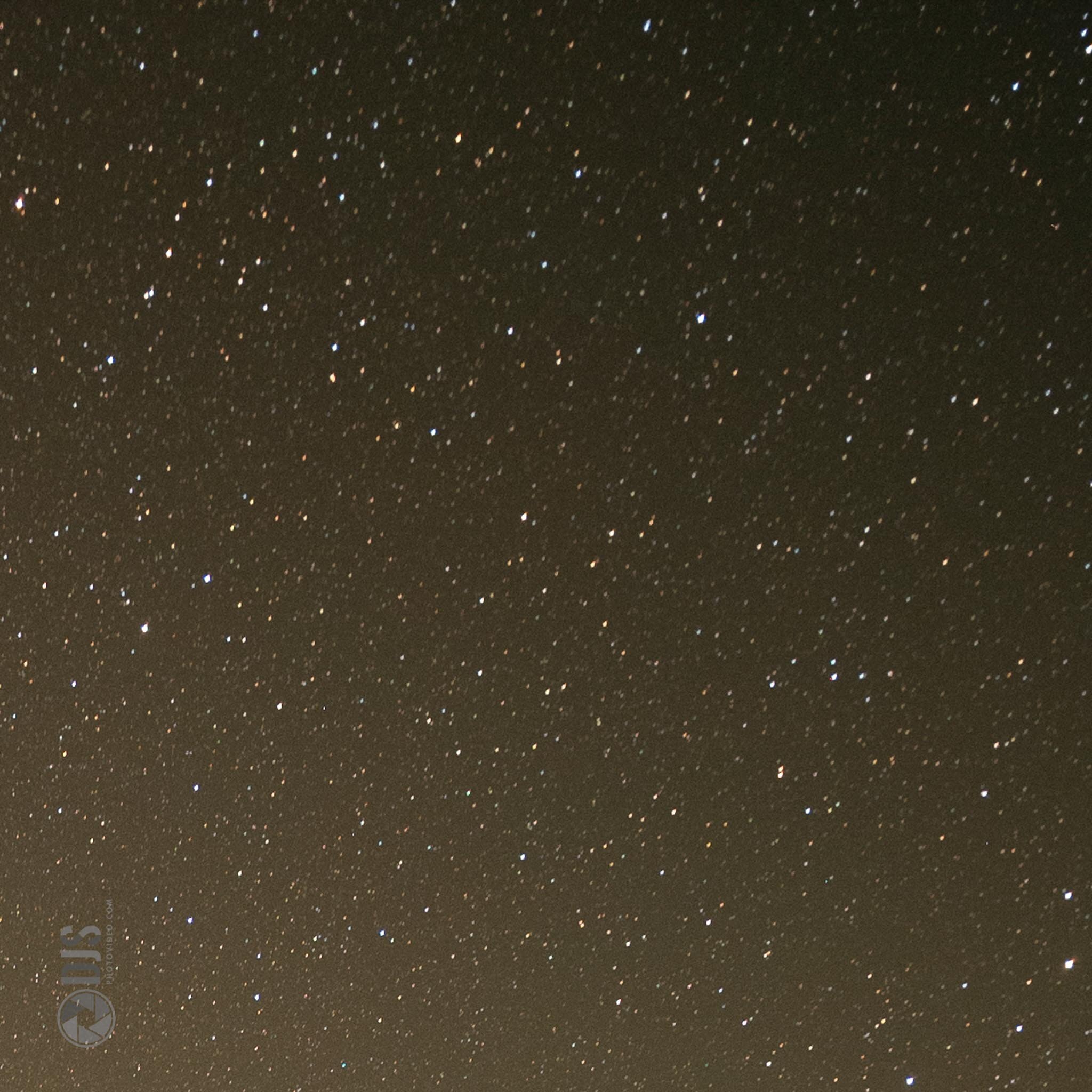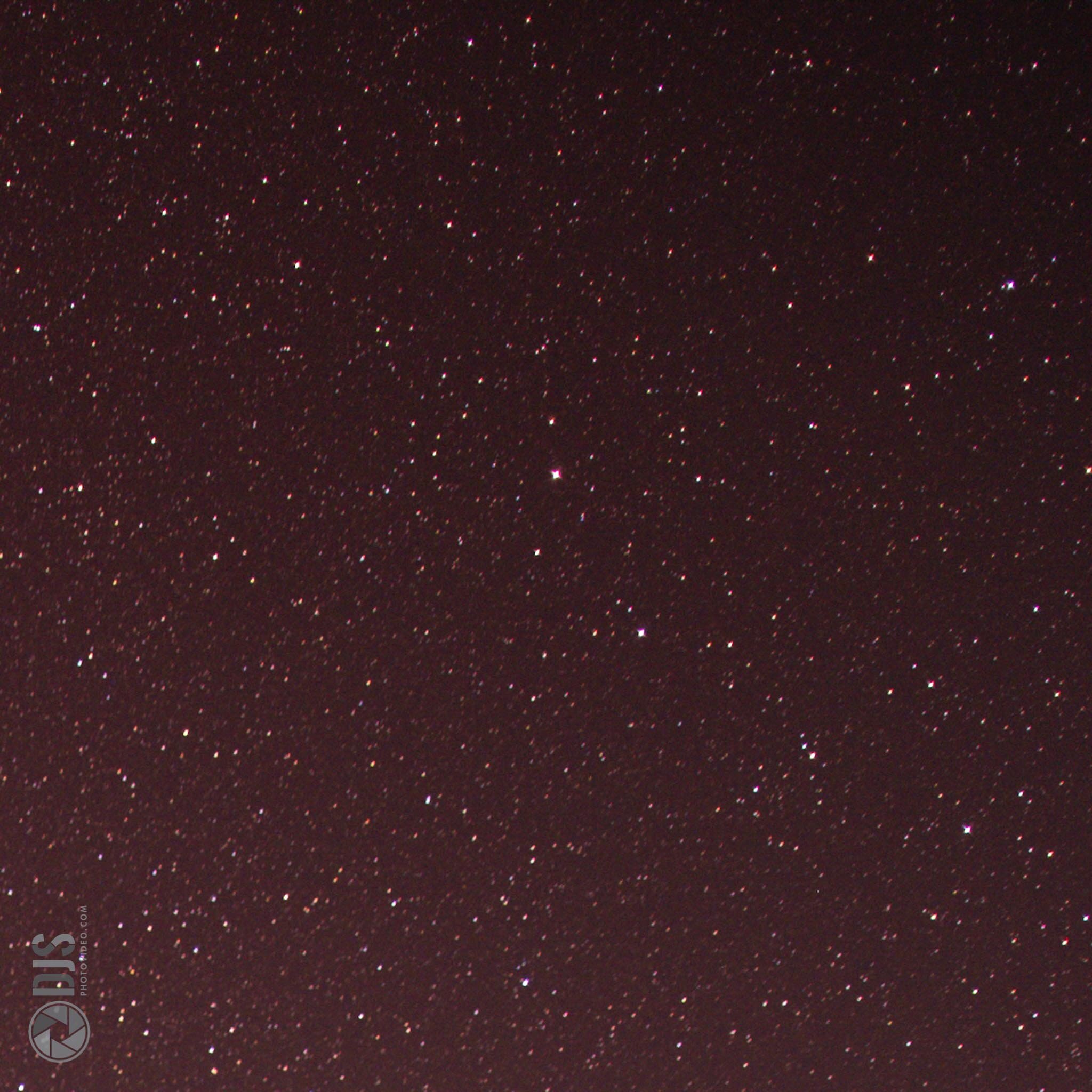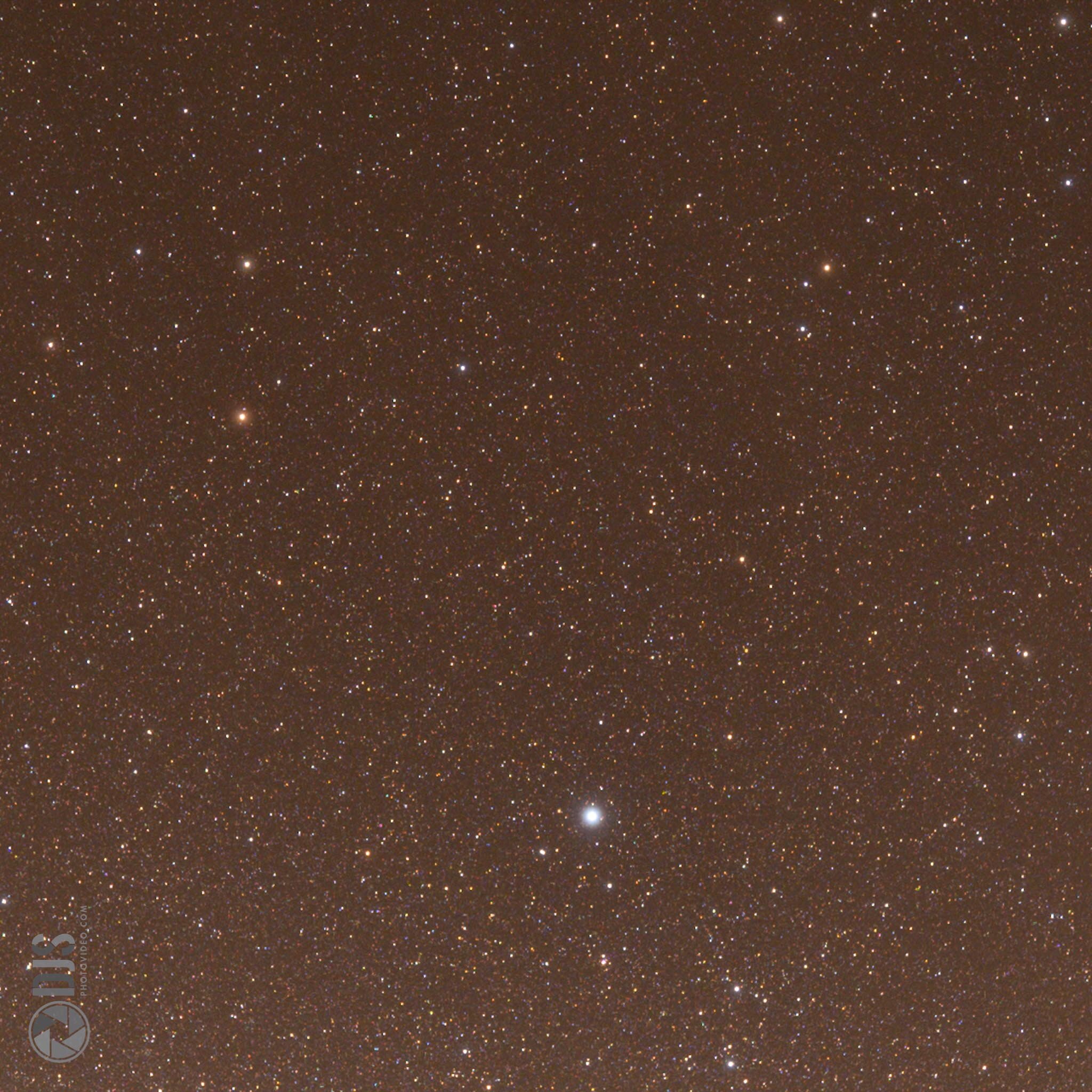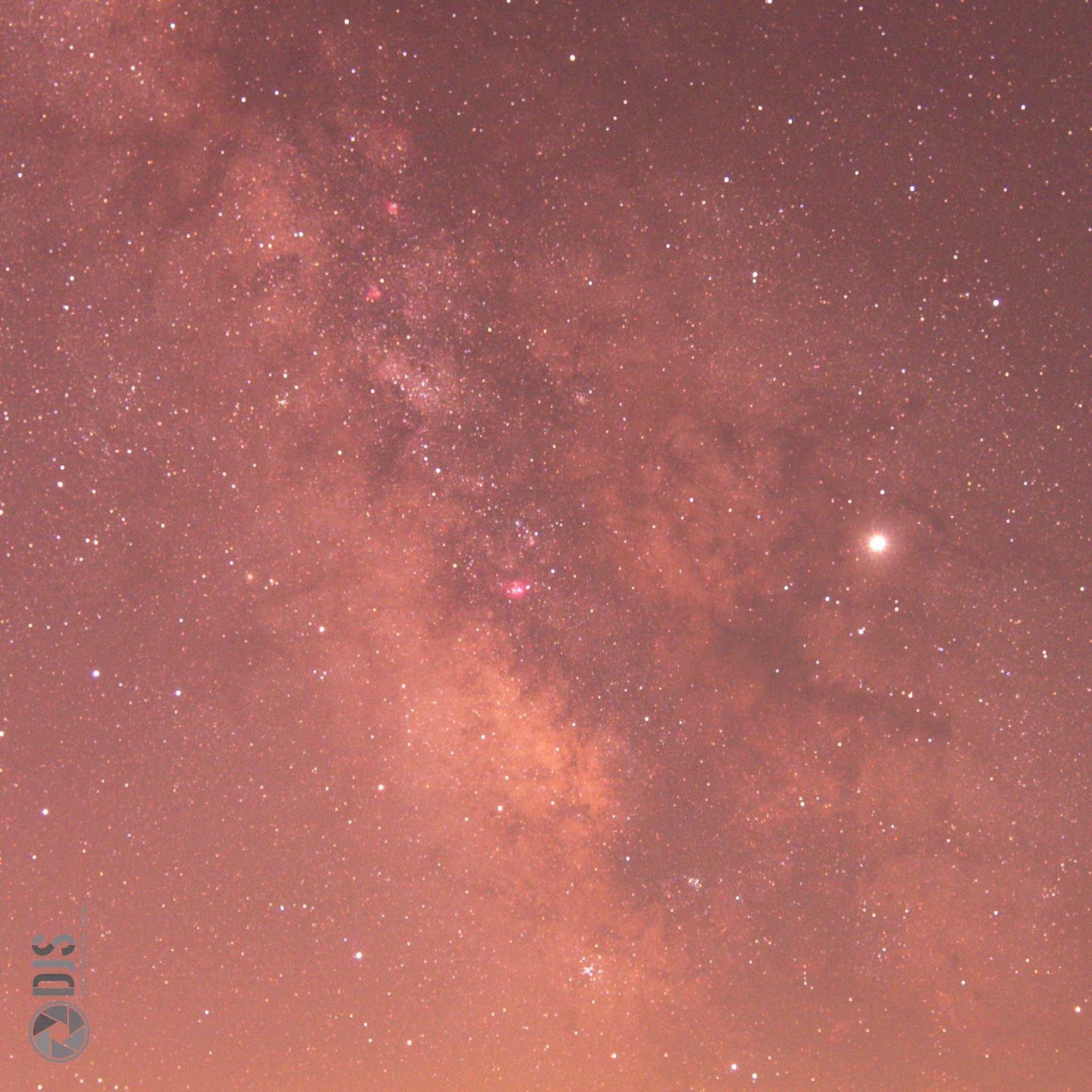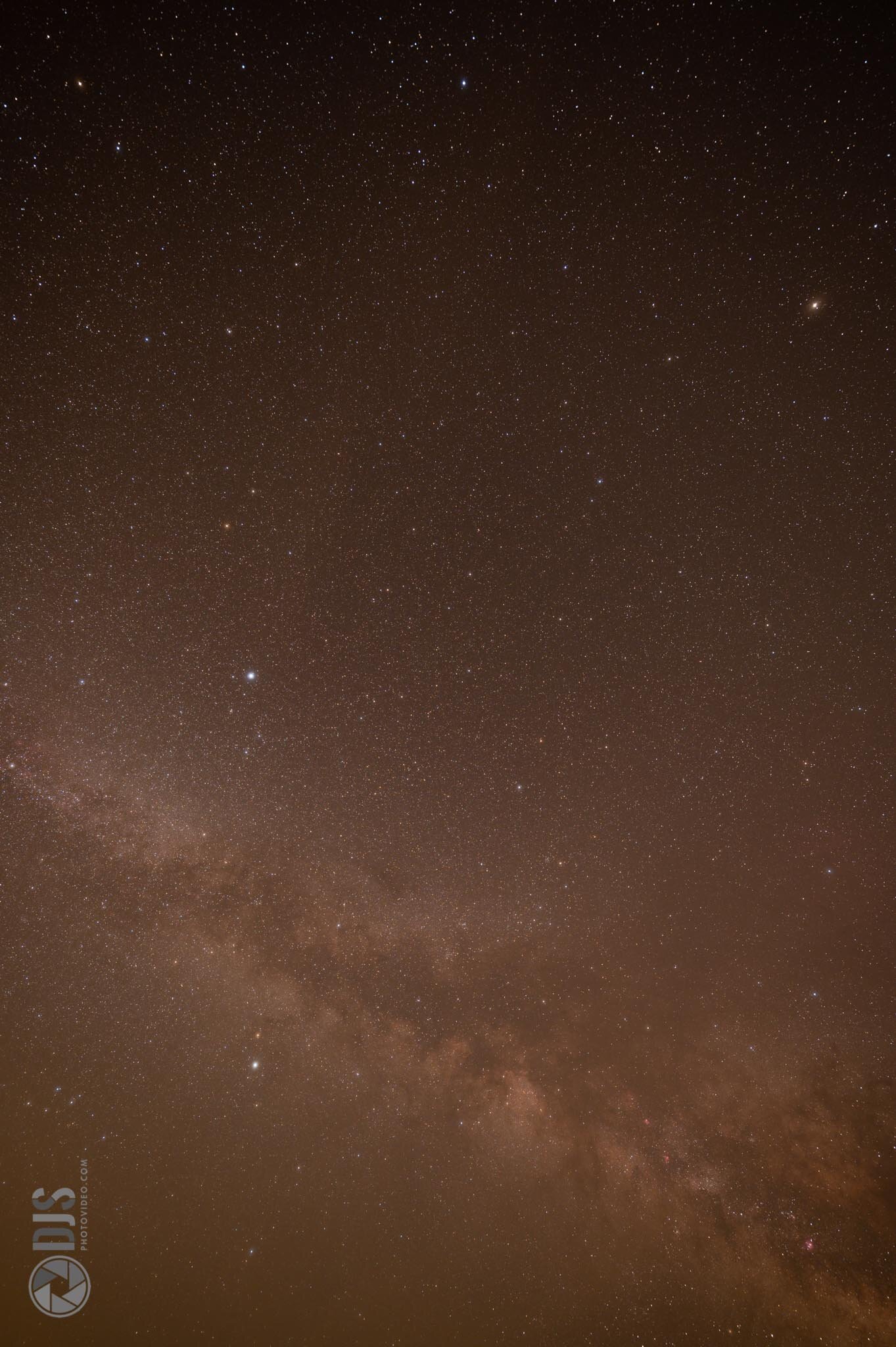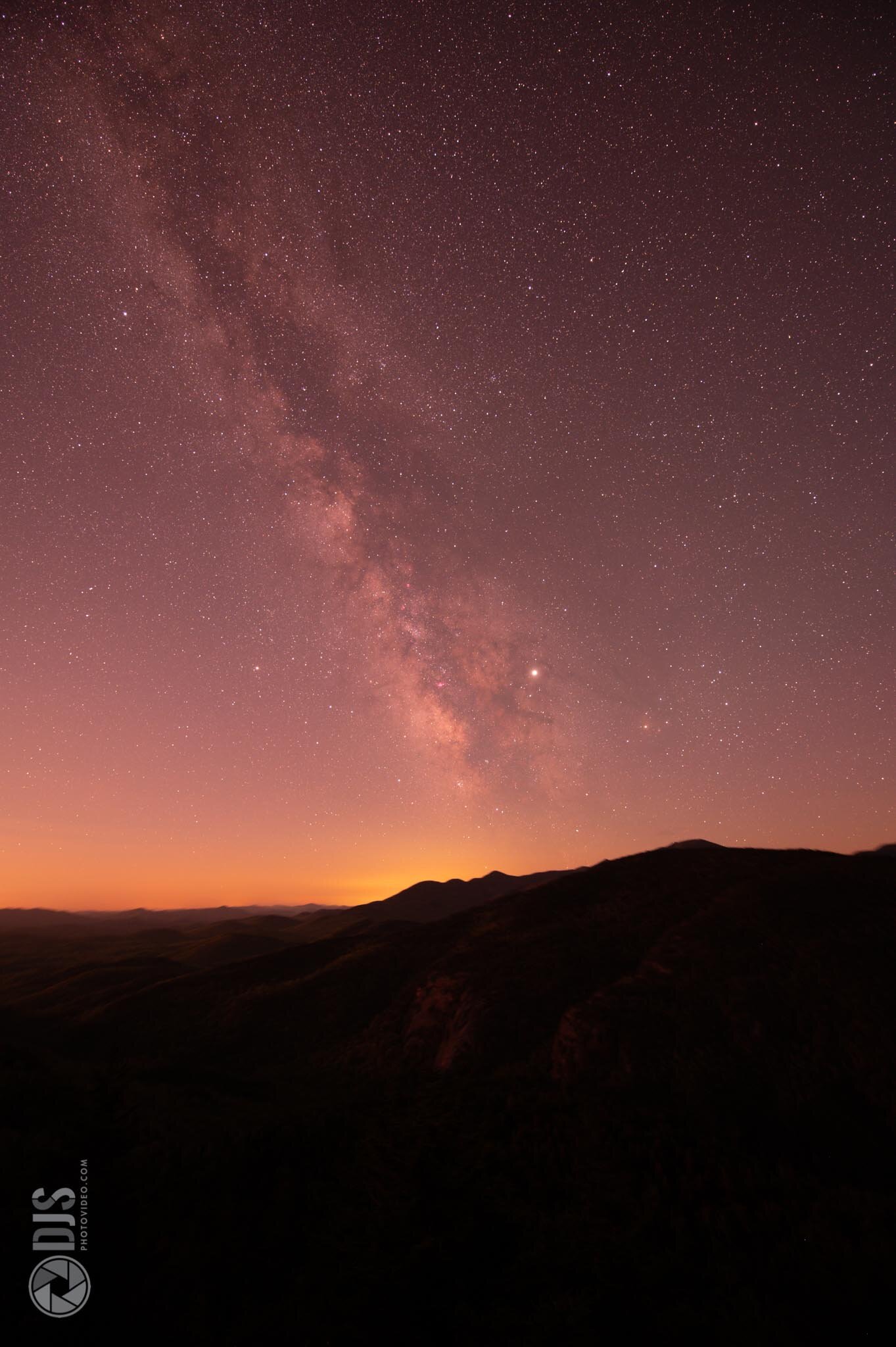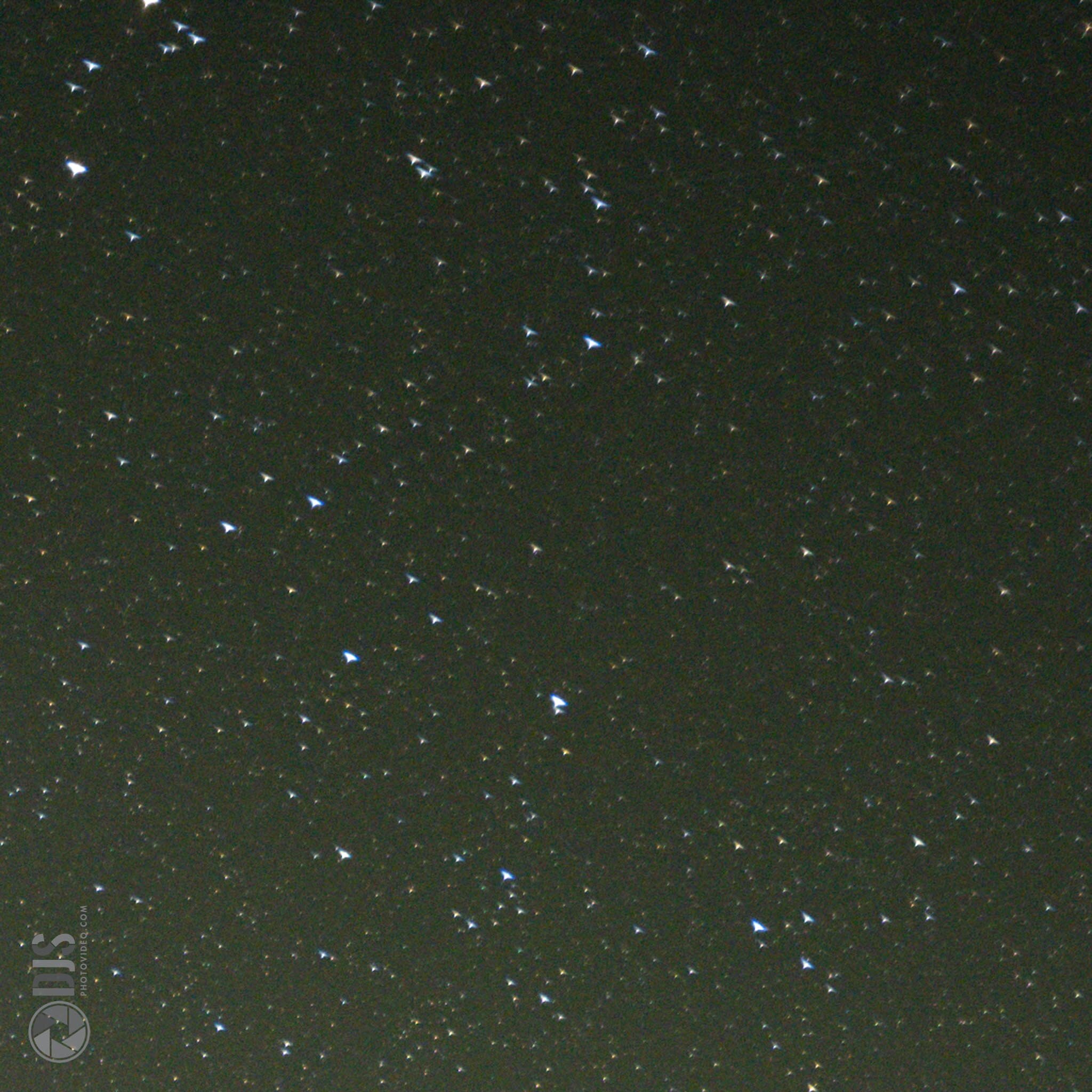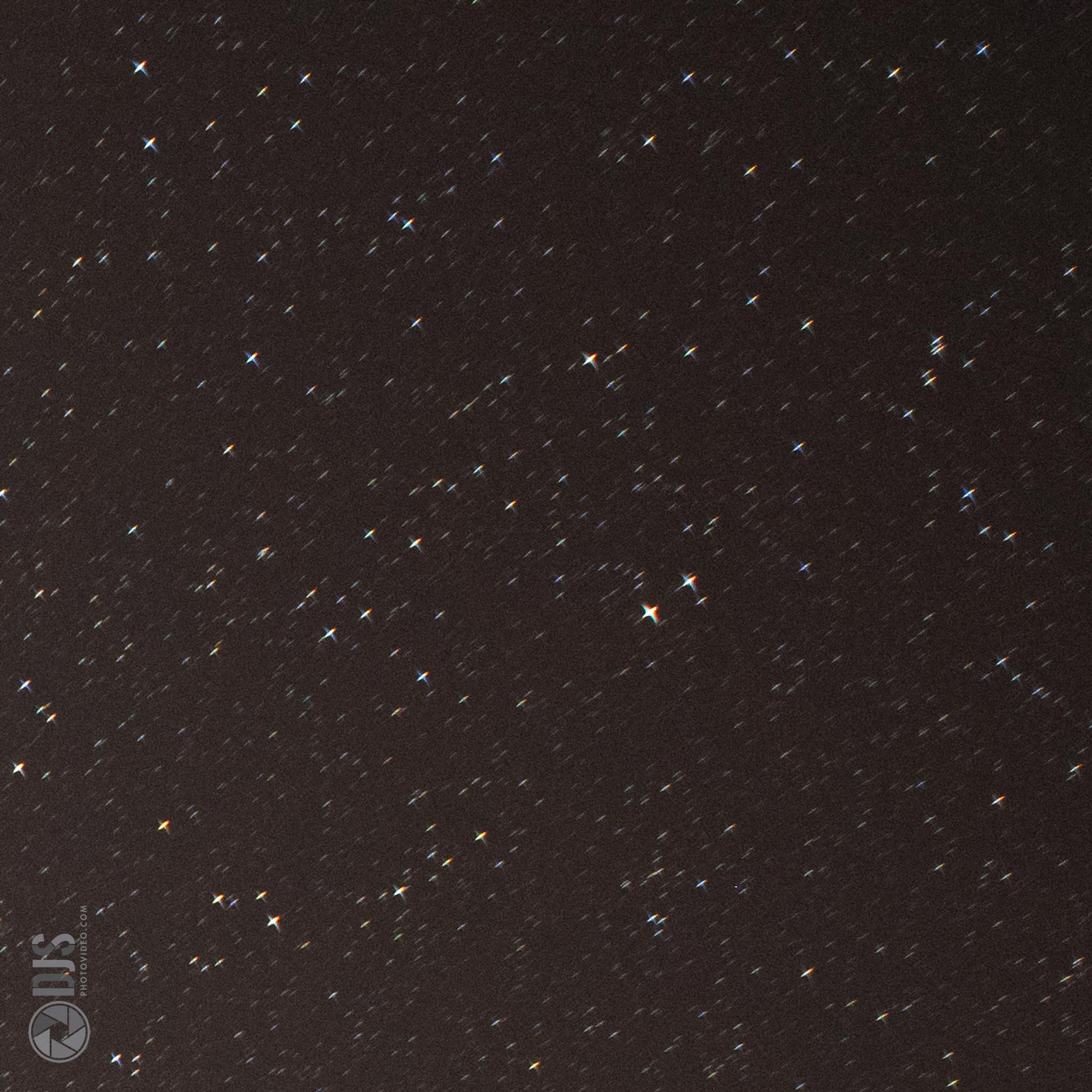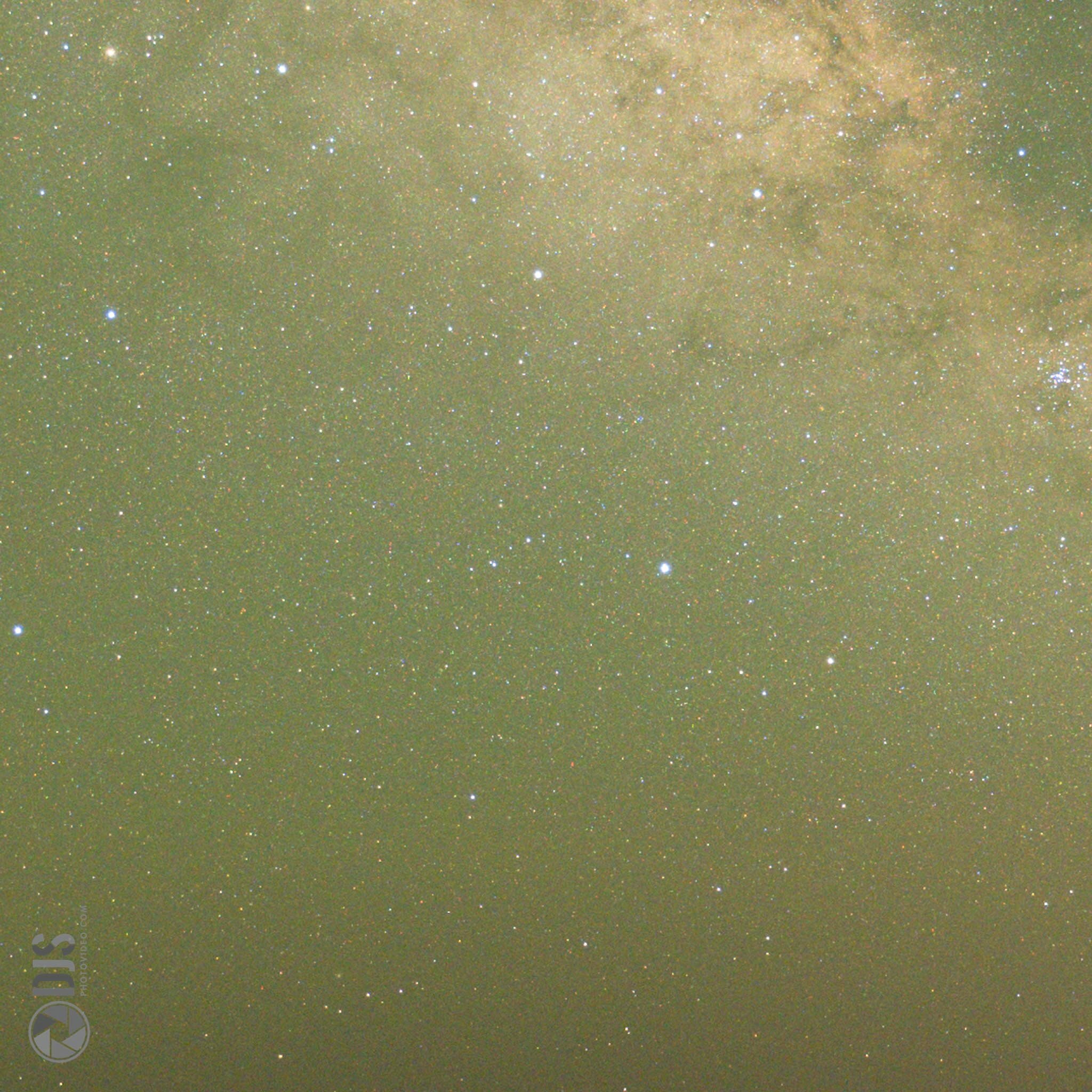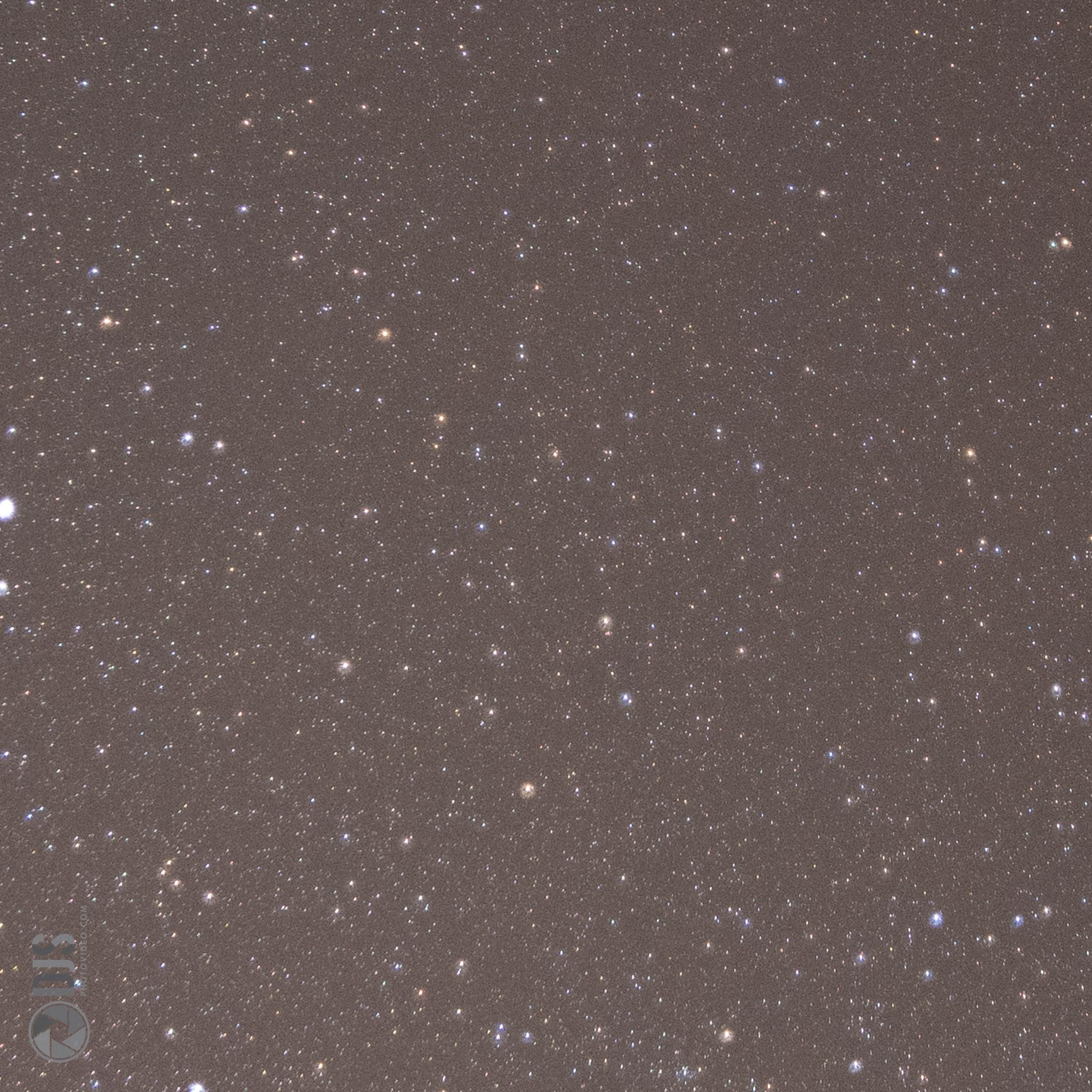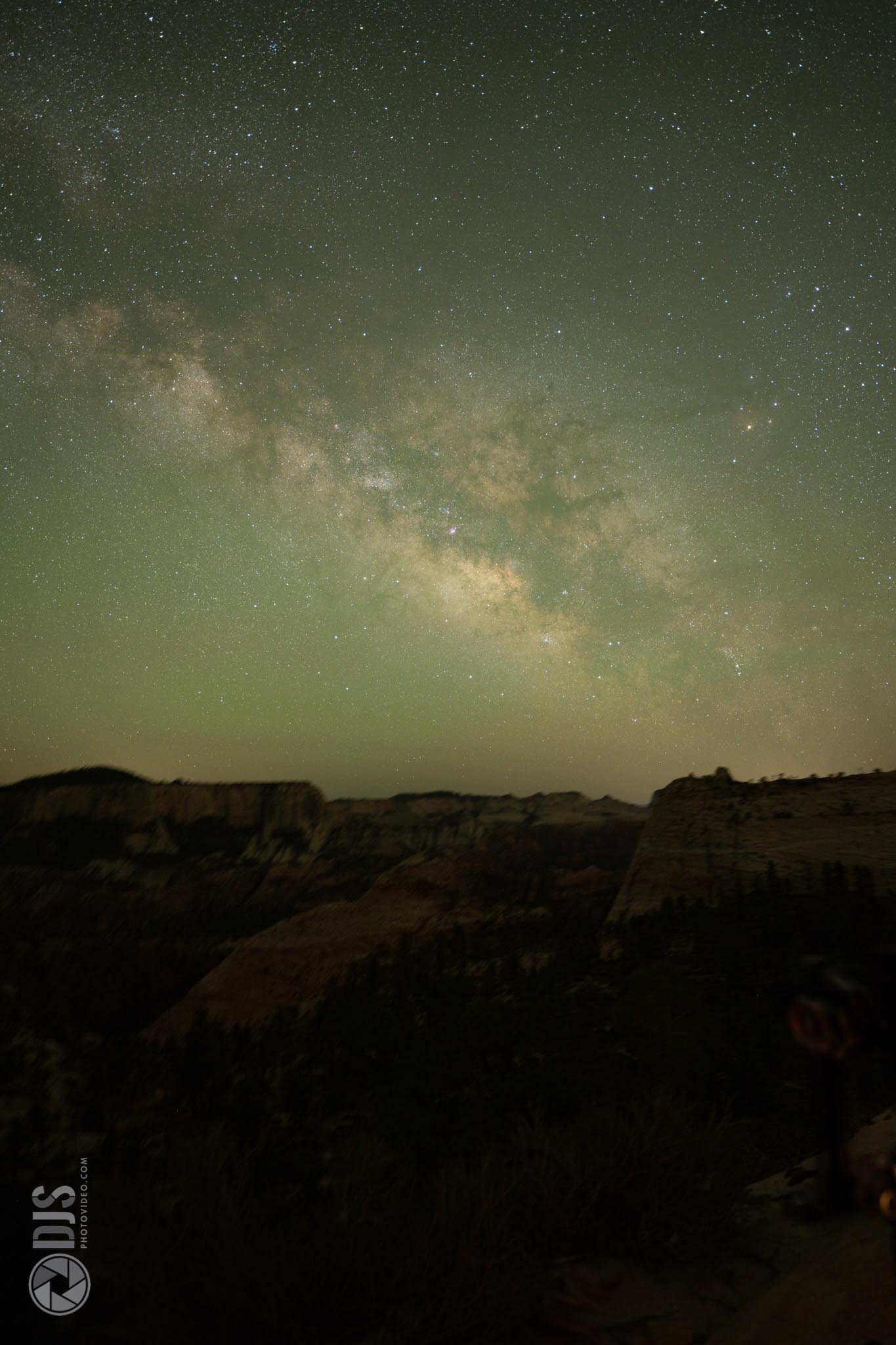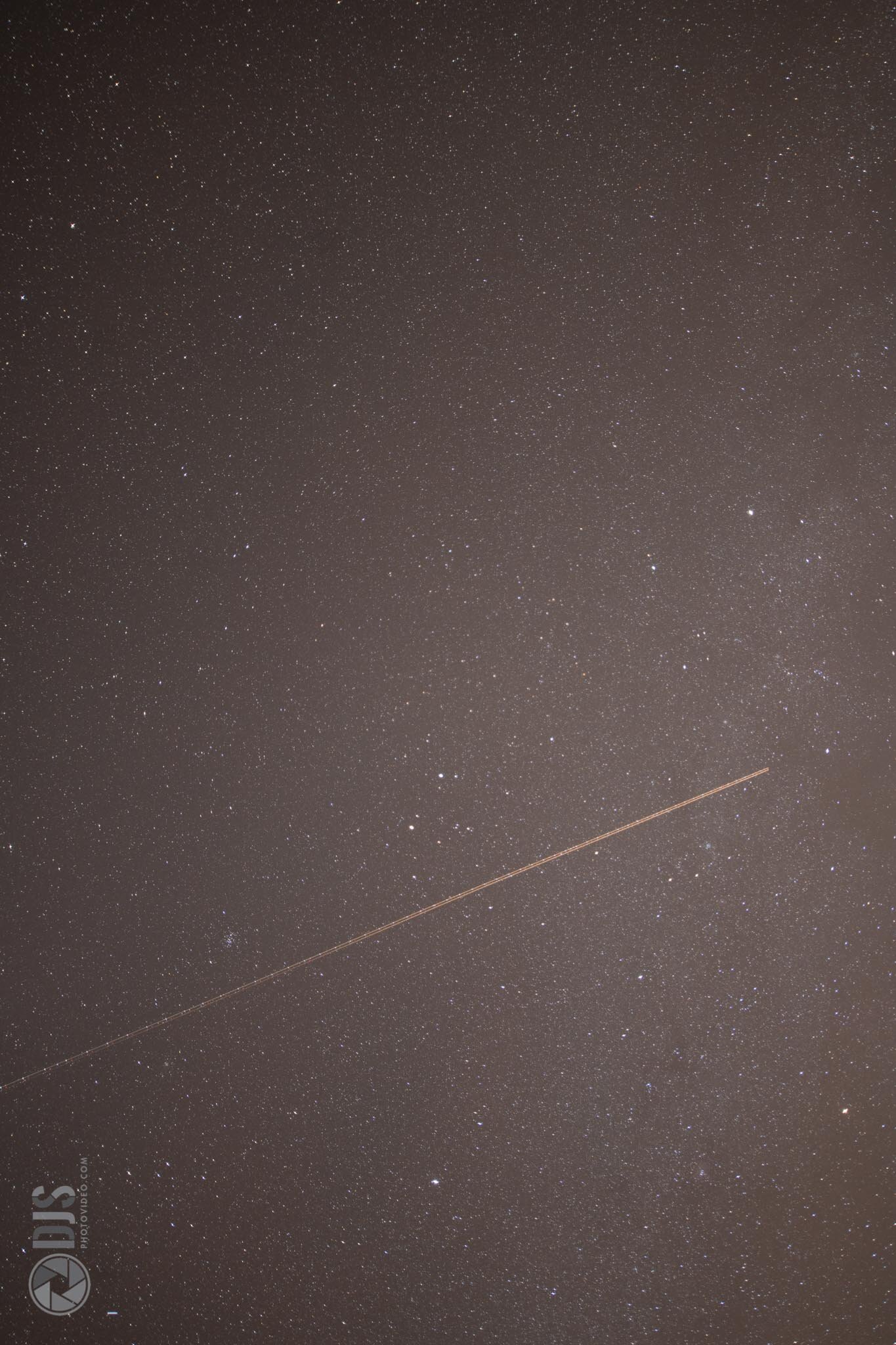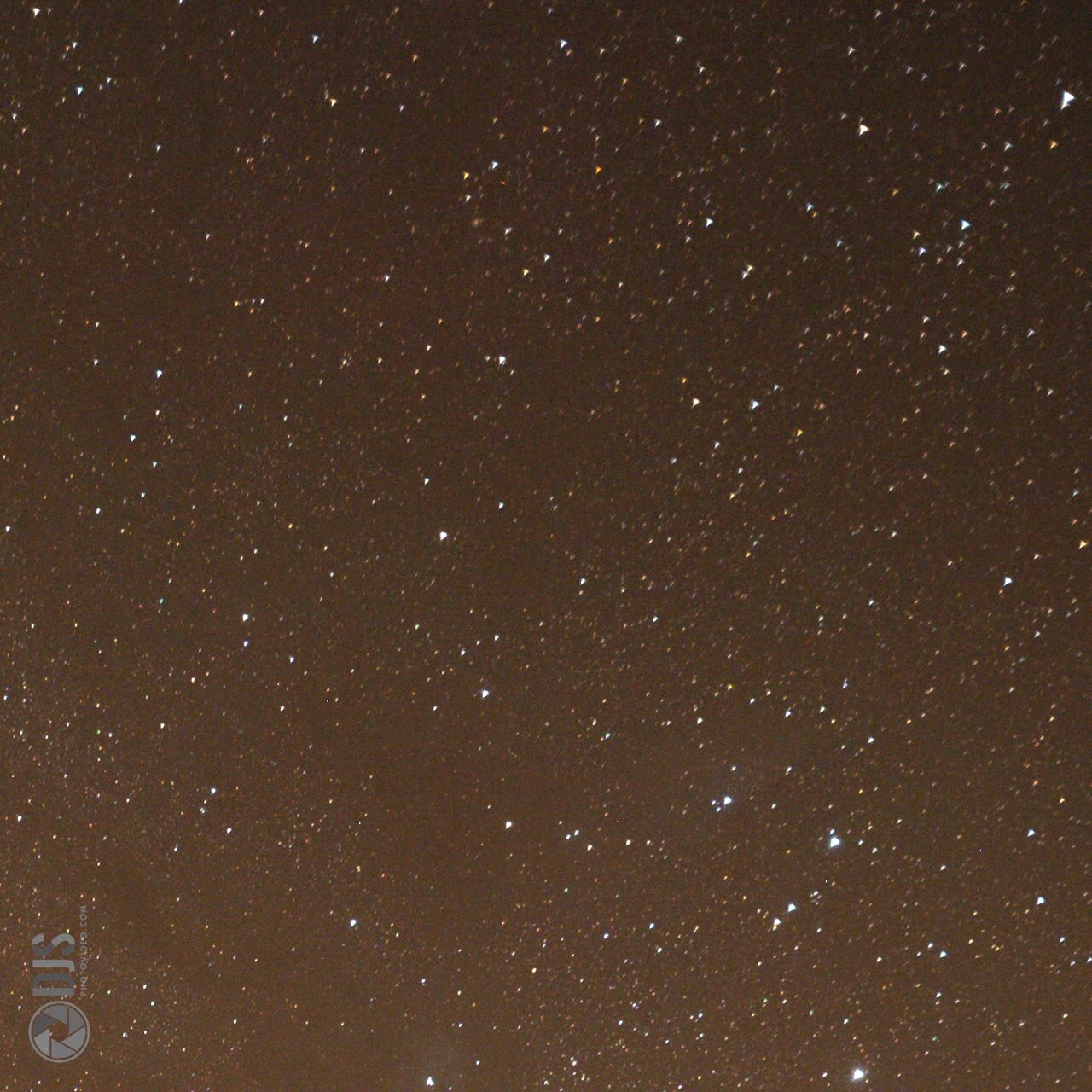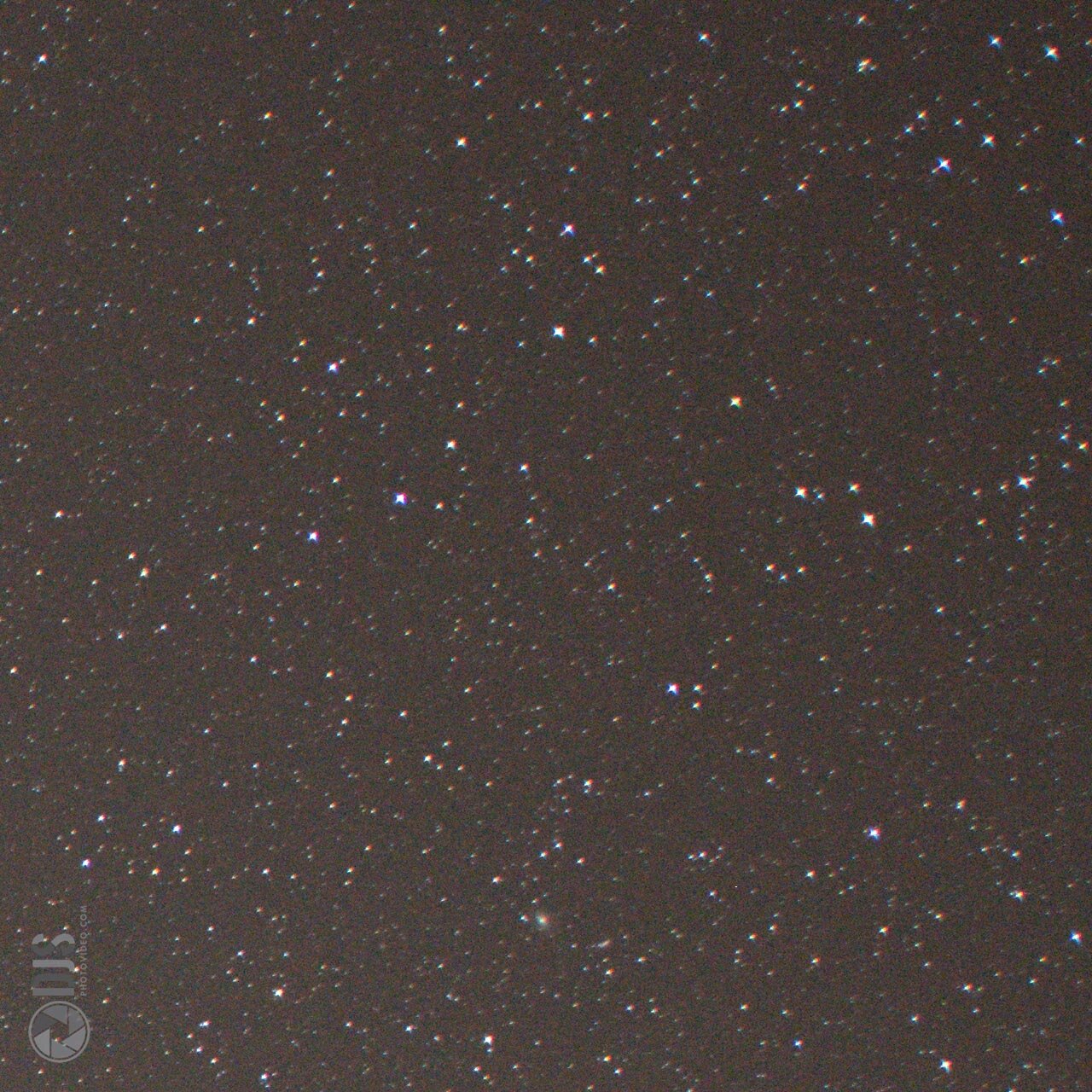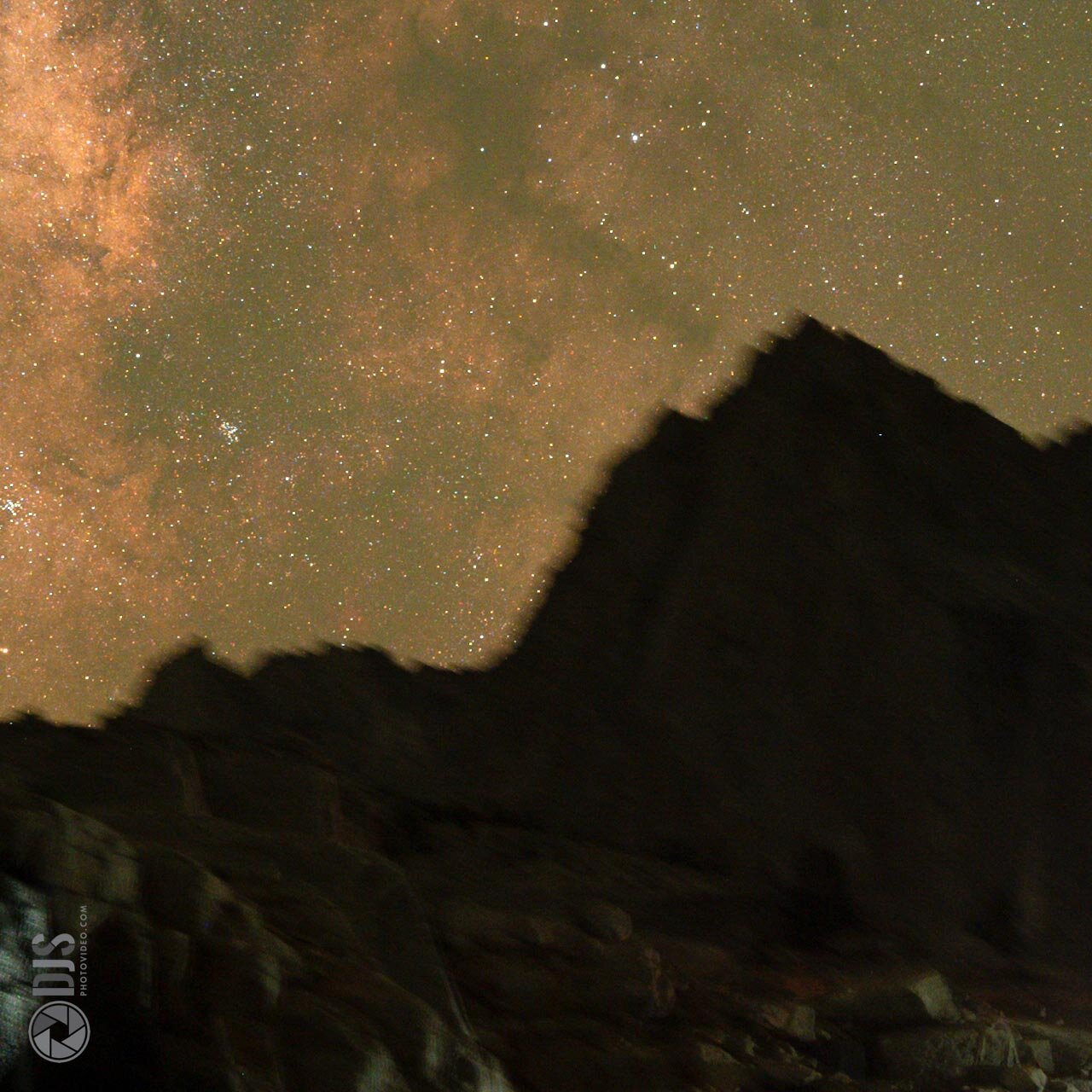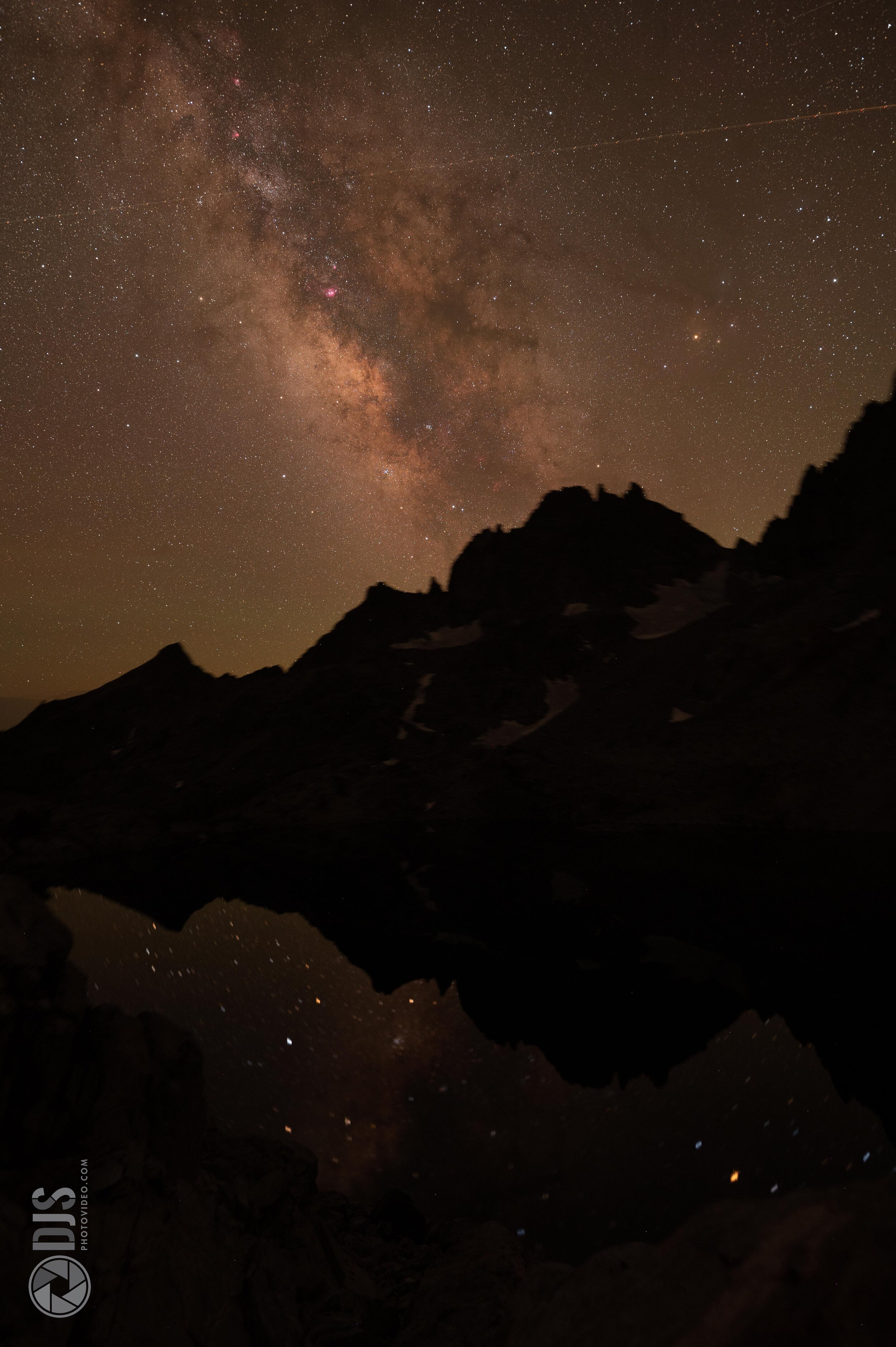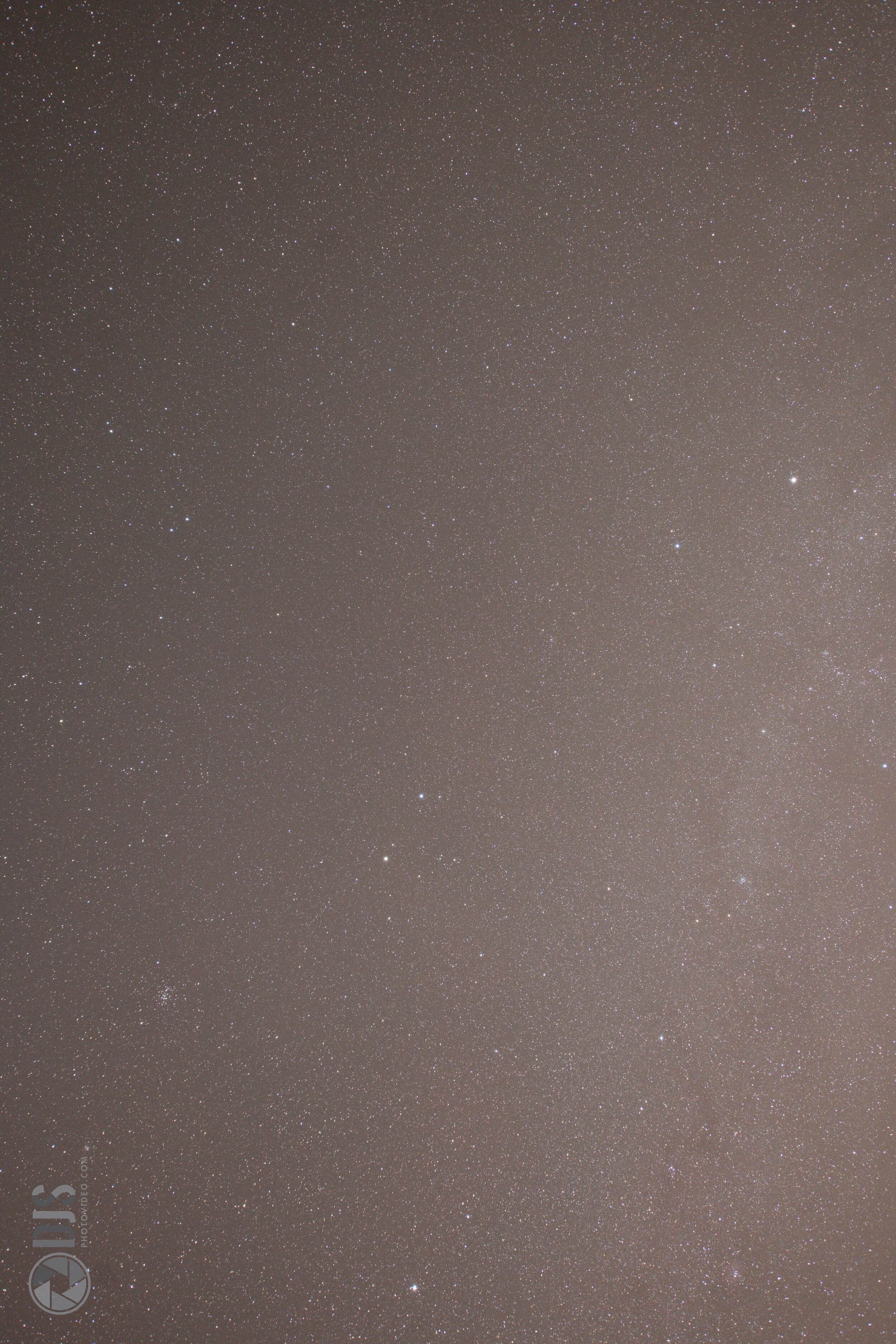The New Nikon Z 14-24 S 2.8 for Astrophotography: Is this the Ultimate Nightscape Lens?
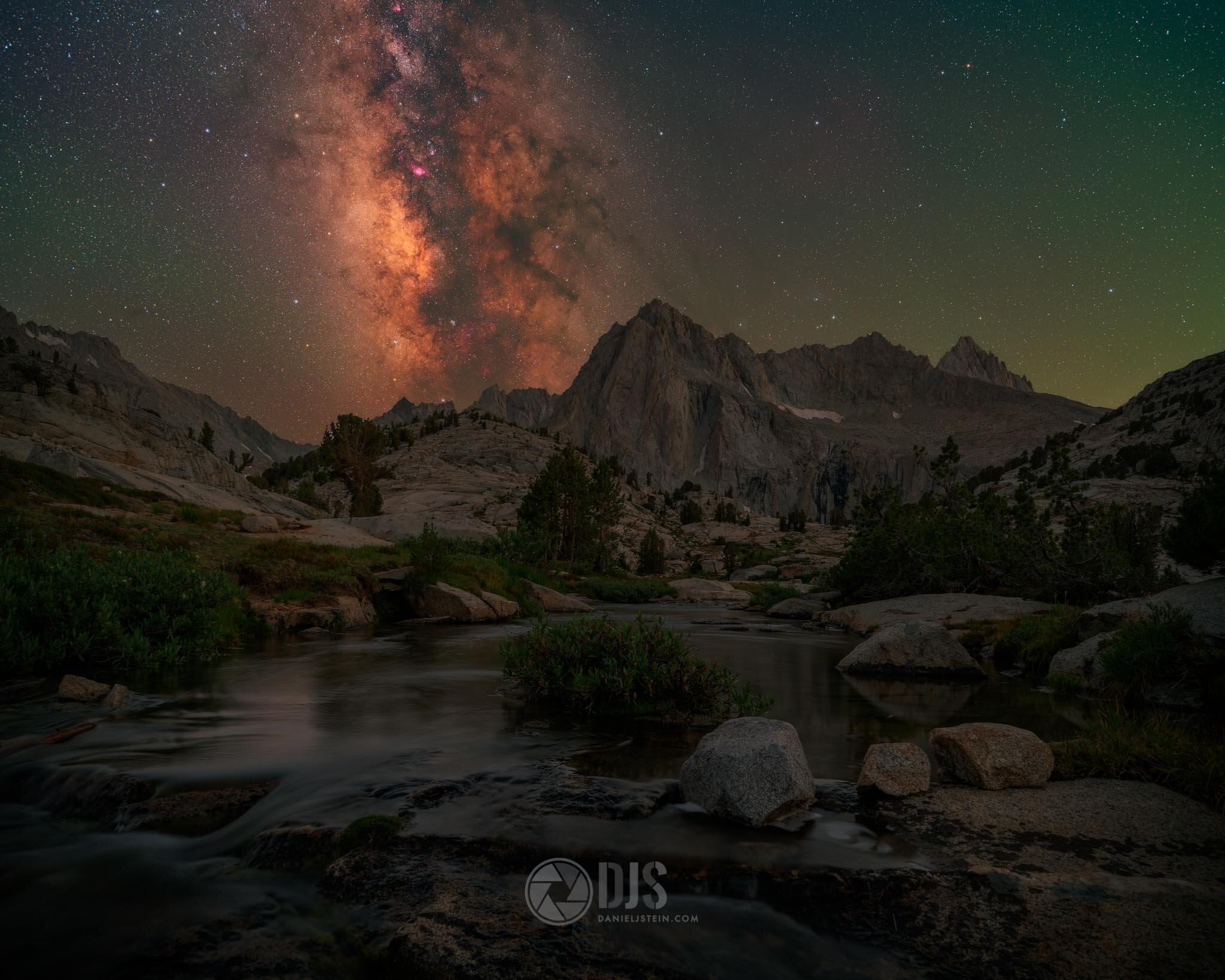
I hope you are strapped in as this long awaited astro-specific review is going to get zesty.
Now first of all, I have to disclose that this lens has been sent to me from Nikon. With that being said, that won't stop me from being fully honest with you on this review. After all, we are talking about a lens that retails now for $2,400 (at the time of writing). Would I buy it if it were my money? Well, that’s what we are here to figure out, so read on!
First, a little about me: I am a passionate astro and nightscape photographer living on the East Coast of the USA. I’m an avid hiker and backpacker and love to get out and shoot whenever I can. Photography is my escape, and it’s also my story. If you’re reading this review on my website, welcome! Feel free to browse around to see what kind of work I do, If not, feel free to check me out here on my website or here on my Instagram, or here on my TikTok and feel free to reach out with any questions or comments!
Disclaimer: No other product featured, pictured, or described in this review has been provided to me. This includes, but is not limited to, the Really Right Stuff, Gitzo, Vello, iOptron, William Optics, and other Nikon equipment shown. All additional Nikon products aside from the Nikon Z14-24 2.8 S are solely paid for by me.
Table of Contents
If you wish to jump around this review, feel free to click on the topics below which will take you to each section:
What I Love
What I’m Indifferent About
What I Actually Don’t Care For
How I Tested the Nikon Z 14-24 2.8 S VS. The Sigma 14-24 2.8 Art
Testing the Z 14-24 2.8 S VS. the Legacy F-Mount 14-24 2.8G
Who Is This Lens For?
Who ISN’T This Lens For?
Why Do I Love This Lens?
Verdict & Final Thoughts
BONUS IMAGE: A 1 Gigapixel 360º Panorama Taken With the Z 14-24 2.8 S
The Nikon Z6 & Nikkor Z 14-24 f/2.8 S atop my tracker setup which I use for nightscapes.
This review focuses on nightscape and astrophotography, which I think is a huge draw to most folks interested in a fast aperture wide angle zoom. I will be scrutinizing how this lens performs from a astro state of mind—which is extremely taxing on optics. I will also be putting it up against the legacy Nikkor 14-24 f/2.8G for F mount, as well as the Sigma Art 14-24 f/2.8 which is available for Nikon F Mount, Canon EF mount, Sony E mount and L-Mount cameras, and is a worthy competitor.
One more quick thing before we get started. This piece is constructed as a subjective opinion for this particular lens based on astrophotography and nightscape use, meaning that the opinions formed are based upon facts presented from my usage of the lens. Take that as you wish…
Our first stop on this magical journey will be to chat about the lens’s design basics before I go full astro dweeb with the technical aspects.
What I Love
First and foremost (and this is important): the lens’s portability. This is, without a doubt, the smallest and lightest lens in its class. The old F mount model 14-24, the Sigma Art 14-24, and even the Sony 12-24 are no match in size and weight when it comes to this lens. More on that later, as this is a party piece.
This next one also ties in to the lens’s overall size and portability, but having a less bulbous (meaning that it doesn’t protrude as much) front element that is completely shielded by the lens makes it less accident-prone. When it comes to landscape shooting, the less glass “overhanging” from my setup, the safer I feel. I know this doesn’t seem like a major concern, but I can’t be the only one who looks at those large front elements of ultra-wide lenses and becomes frightened that thing is just gonna fall somehow and smash into bits. Heck, I DID have a near miss with my old Sigma 20mm f/1.4 Art which had glass protruding from the barrel.
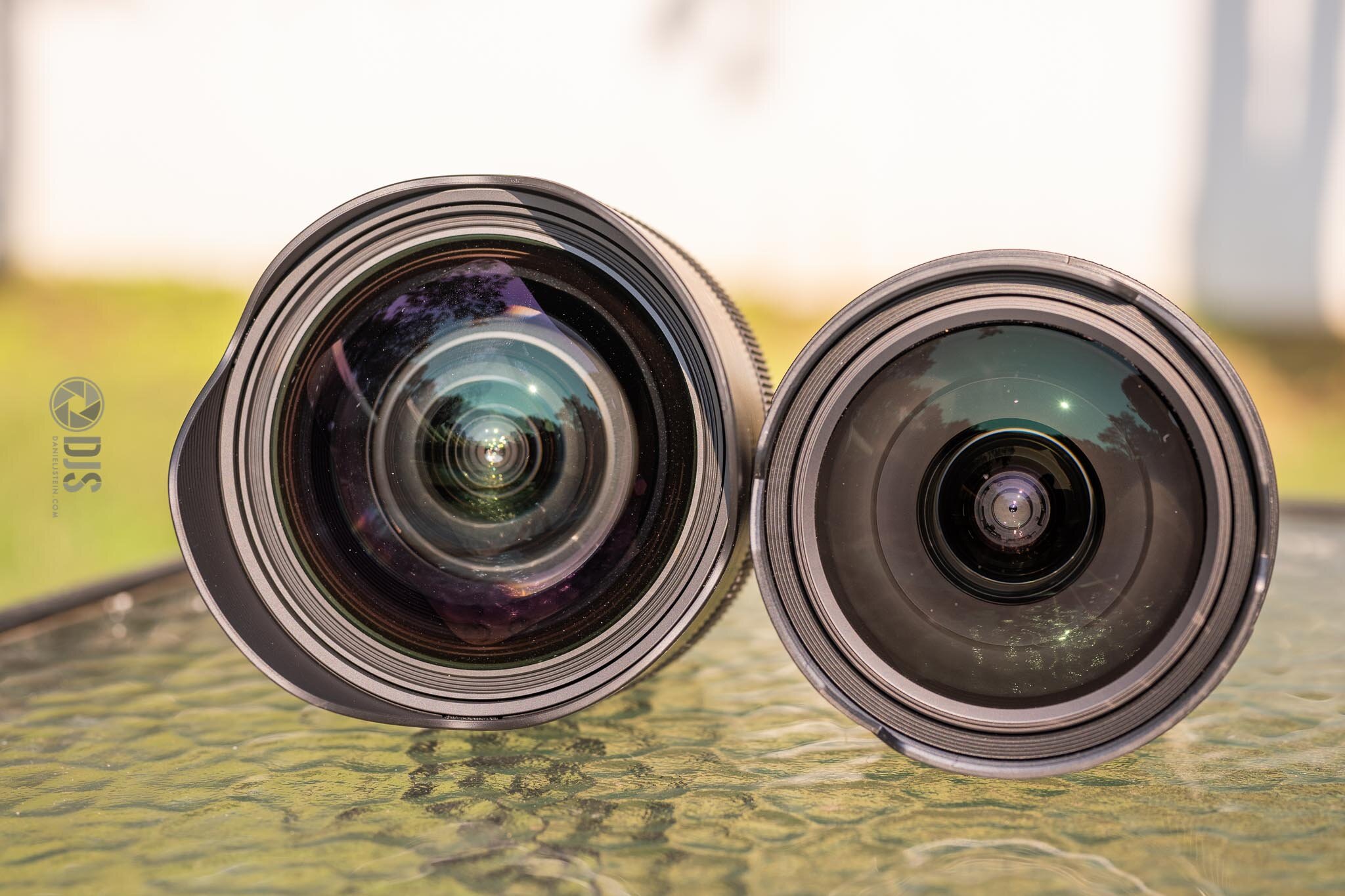
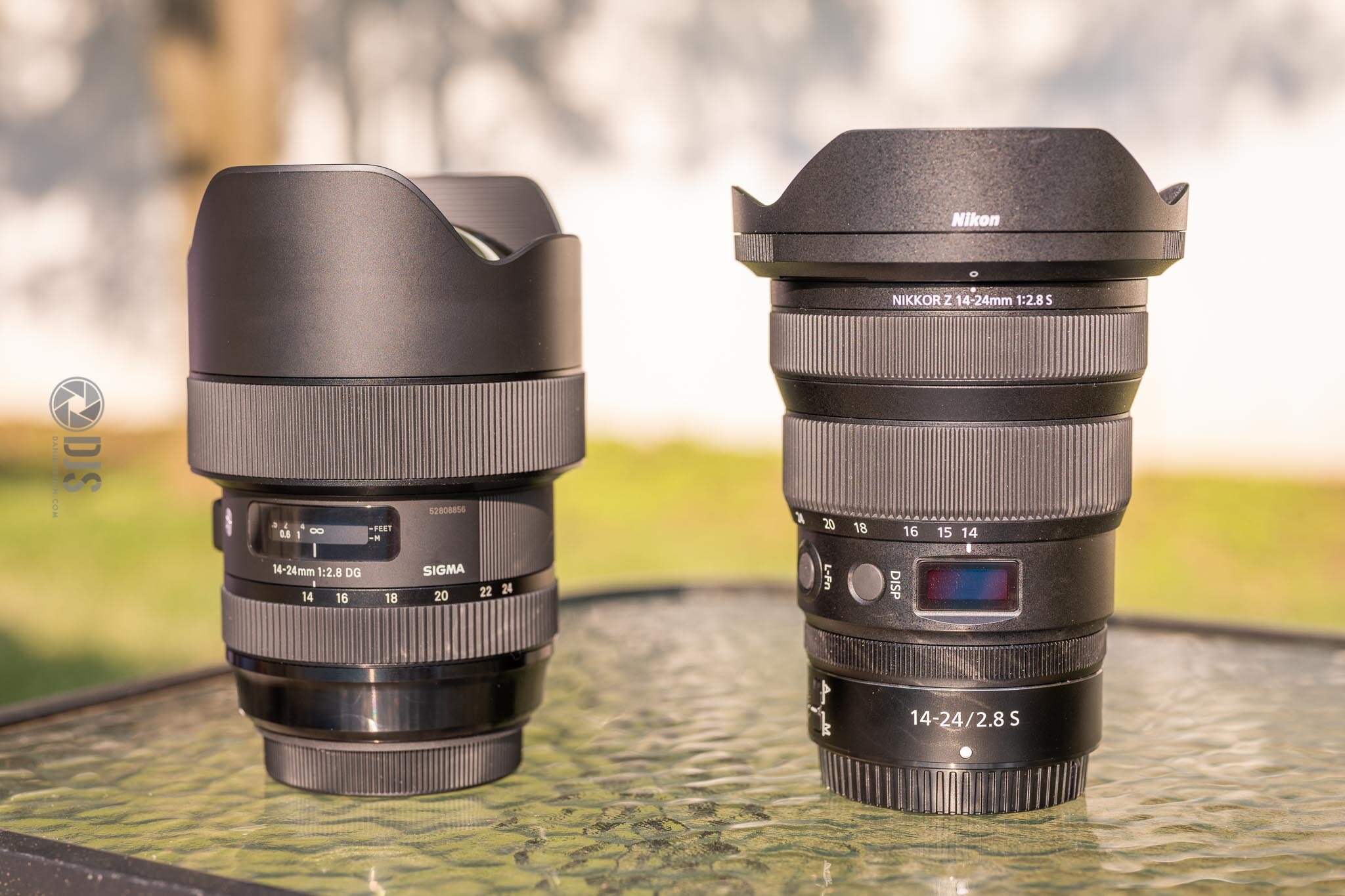
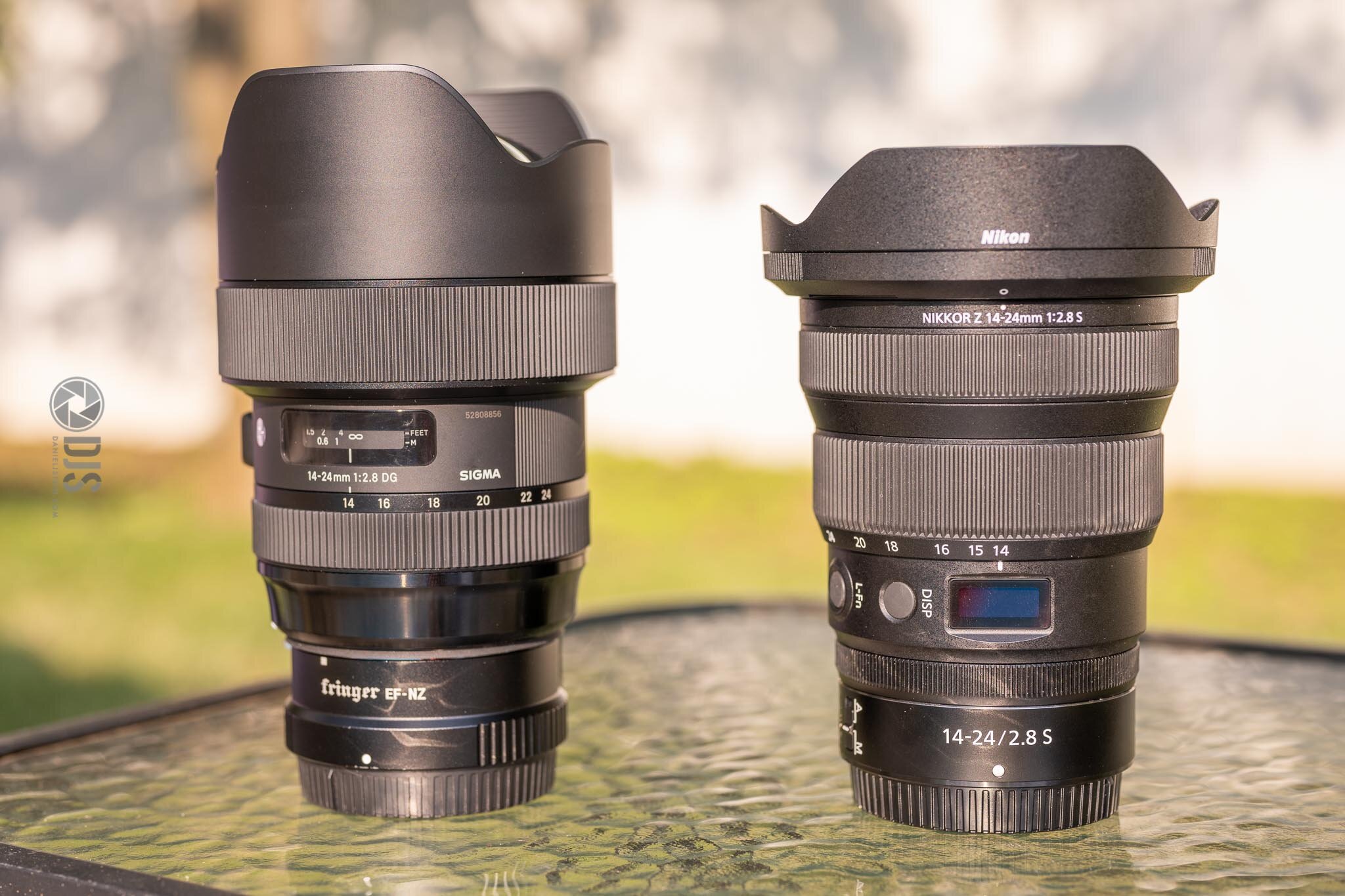
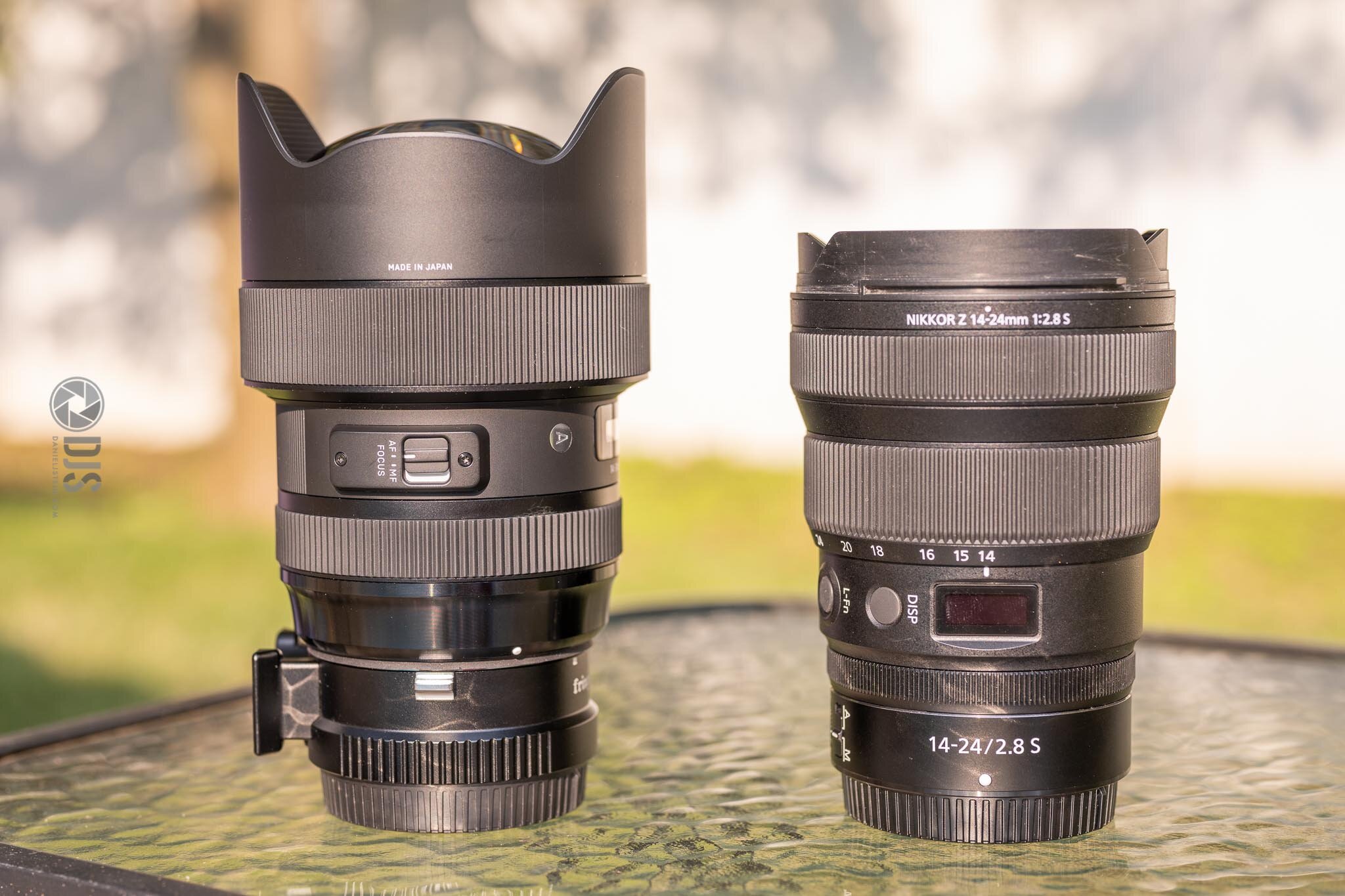
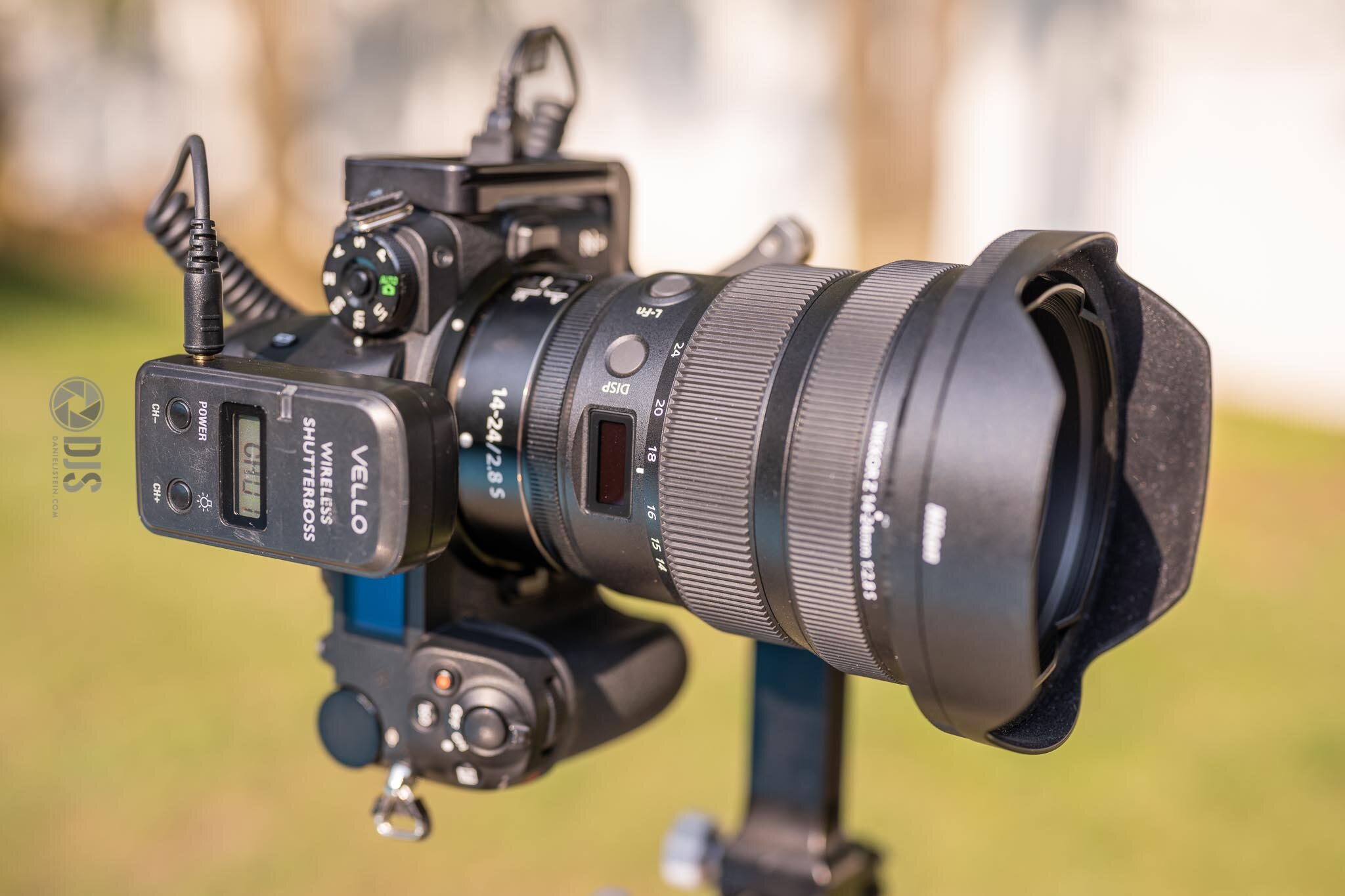
At first, I wasn’t a fan of the lens’s multifunction button or OLED screen on the top of the lens, but after some use they have both actually grown on me to the point where I prefer them over a traditional analog-style one. I can use my setup with full confidence and have no lights on whatsoever thanks to it. This might not seem like a big deal, but having to reach up to my headlamp constantly to turn off/on red light to make minor adjustments becomes annoying after a while. The lens display, coupled with the top display on my Z6 makes it possible to have all of the information I need (focal length, aperture etc) at a glance, especially if I am in a position where it is easier to see these screens instead of the LCD panel.
The top OLED screen can display the exact focal length you are zoomed too. I think this is super handy especially at night. It can also display aperture, focus, or nothing at all.
The lens multifunction button is located just below the display button. I use it to quickly hit the max zoom for focusing on the stars.
The rear filter holder - Okay, I know for astro work this might not seem like it would be necessary, but hear me out. My Z6 is astro modded (as I’m sure many other astro-specific photographers’ cameras are). To use it during the daytime requires an external UV/IR cut filter, and with the old style lenses using front-mounted filters this was impossible. As far as I know, no manufacturer makes a UV/IR cut to fit to work with the drop-in filter systems like the Lee SW150. And even if they did, I am sure it would cost a small fortune and would also require lugging along a bulky filter system (not ideal for heading into the backcountry). With the rear mount holder, it is significantly less complicated to use filters, like light pollution or even starglow filters.
A 9 stop ND filter slides in perfectly at the rear of the lens. No need for crazy huge front filters here, but you do have that option if you wish!
This next one is niche, but performance with a modified camera body has been outstanding. What I mean by this is some lenses have an internal IR light emitter which can be cause issues with modified bodies, but I am happy to say this Z 14-24 does not have this problem!
Focus position memory - this is an awesome software-related property of the lens. When the Z body is switched off then back on again, the lens will automatically revert to its last focus position.
Finally, the overall build quality of this lens is fantastic. Nikon has shifted their lens design significantly with the Z system and this lens is no exception. All of the control rings feel outstanding, and it seems like it is made out of materials that won’t suffer from oxidation or peeling like some of the older F mount pieces did.
Using the Z 14-24 f/2.8 and a rear filter to capture a beautiful alpenglow sunrise in the Eastern Sierra on a solo backpacking trip I just came back from. While this review is astro specific, I think it is fair to say some daytime shots will be taken with this lens, especially if you stayed up all night to shoot the stars anyway!
What I’m Indifferent About
Not necessarily things I don’t like, just things that I don’t find applicable to my use and potentially others looking at this lens from a similar perspective.
I haven’t really found a use for the lens control ring. I tried playing around with the various functions I could set it to control (ISO, aperture etc), but for astro (and even landscape) there was really nothing notable there for me.
The ability to add front filters - while this could be useful for some users, from an astro perspective there’s not much use for this. Especially when considering the rear mount system discussed above, I did not find myself using (nor planning to use) this feature.
What I Actually Don't Care For
These are things that I am not a fan of about the lens’s design. Some I feel could possibly improve down the road with software.
Focus by wire - For those of you who may not know what that means, focus by wire is when the lens’s focus is controlled electronically, and not directly connected to the lens’s focus mechanisms. While all Nikkor Z glass (including the 50 and 35 primes that I love for astro work) are all focus by wire, I found that feature to be rather cumbersome with this lens. Ultra-wide lenses are already the toughest in terms of focusing on the stars, and the focus by wire system adds a bit more complexity to the mix here. While I am fairly used to it thanks to my other lenses, as I was bouncing back and forth between the Sigma Art 14-24 and the Nikon Z 14-24, I still thought it was easier to achieve focus with a traditional style mechanism, as found in the Sigma Art lens.
While I love the feature itself, the top OLED display turns off far too frequently. This is such a handy feature of the lens, and I know I would like it if it stayed on until a picture is taken. This could be a potential software fix down the road.
Now, it’s time to take a deep dive into what’s most importance for astro photography: optical performance.
This is where things get interesting. No lens is perfect, but at $2400 MSRP, I expect near-perfection in most areas, especially when compared to the Sigma Art 14-24 (which is half the price). What I found left me with mixed feelings, at least at first.
How I put this lens to the test…
To keep things short and sweet, I took test shots at 14, 20, and 24mm at f/2.8 and f/4. I did the same with my Sigma 14-24 (using an adapter). I’ll also show you some older shots that were taken with the same camera body, but using the legacy F mount 14-24 2.8G. Each shot was taken with a 2 minute exposure and an ISO of 1600 using a star tracker.
It should be noted that I do not have the capabilities to perform these tests side by side, so I had to first shoot with the Nikon lens before switching to the Sigma. As a result, atmospheric conditions varied between the shots, so while there is some slight haze in the Nikon shots, the haze had started to clear during the Sigma shots. Branching off of this point, I also want to stress that these tests are not considered scientific in the sense that they were not performed in a controlled environment. Although conditions were changing in between each shot, the results achieved are realistic and you should expect similar results upon usage. This is all real world stuff here. Each shot was posted as RAW as it gets. No noise reduction, sharpening, or lens corrections were performed.
14mm
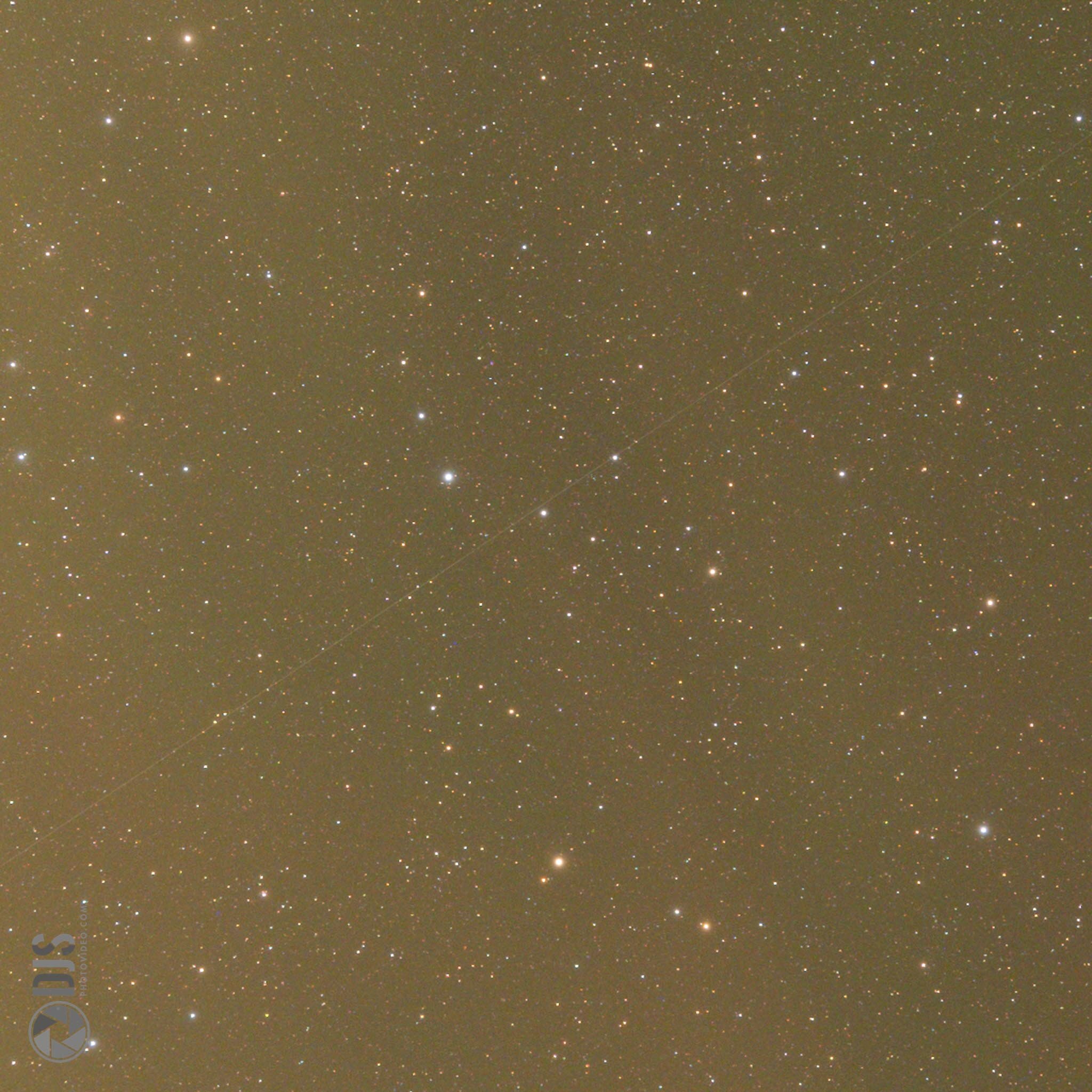

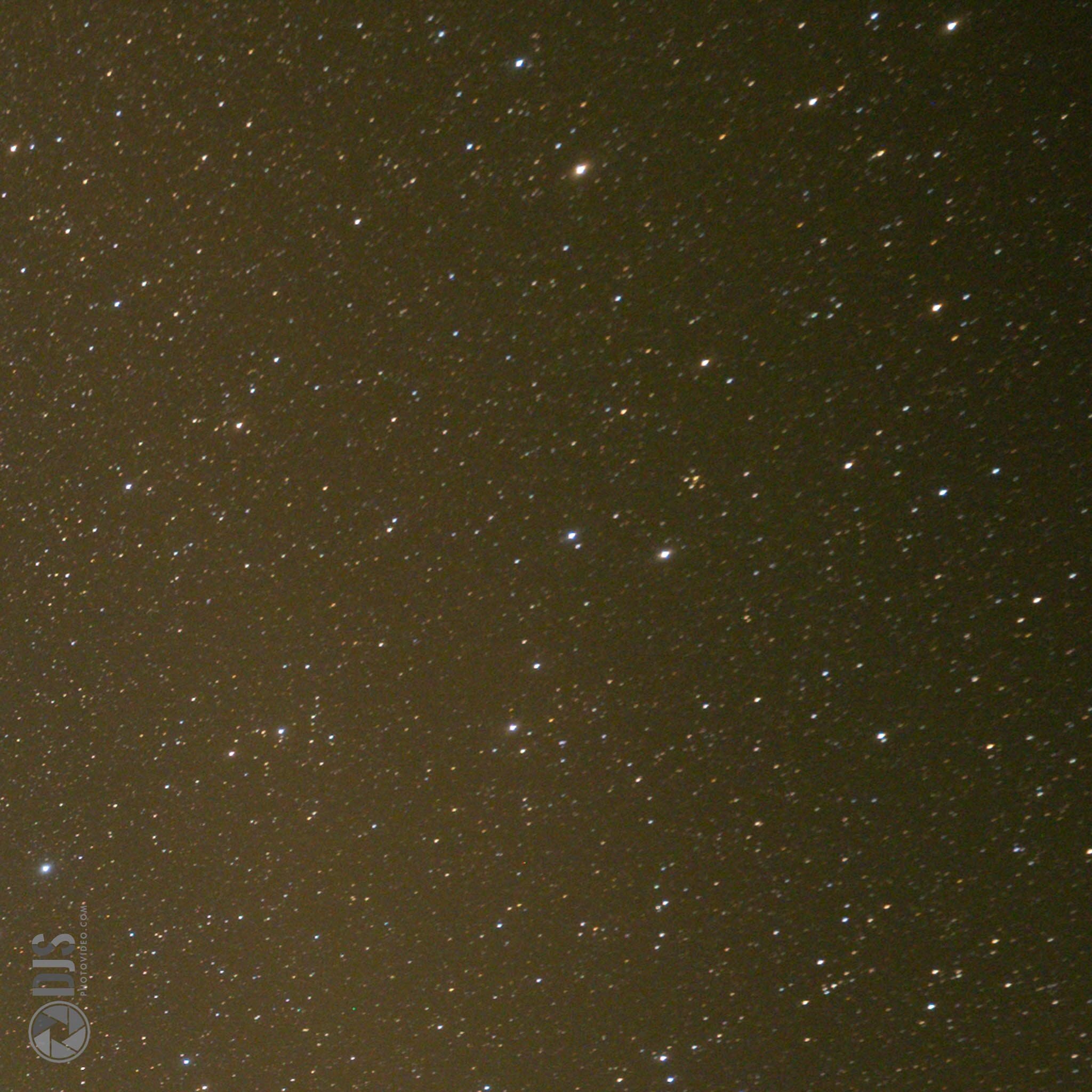
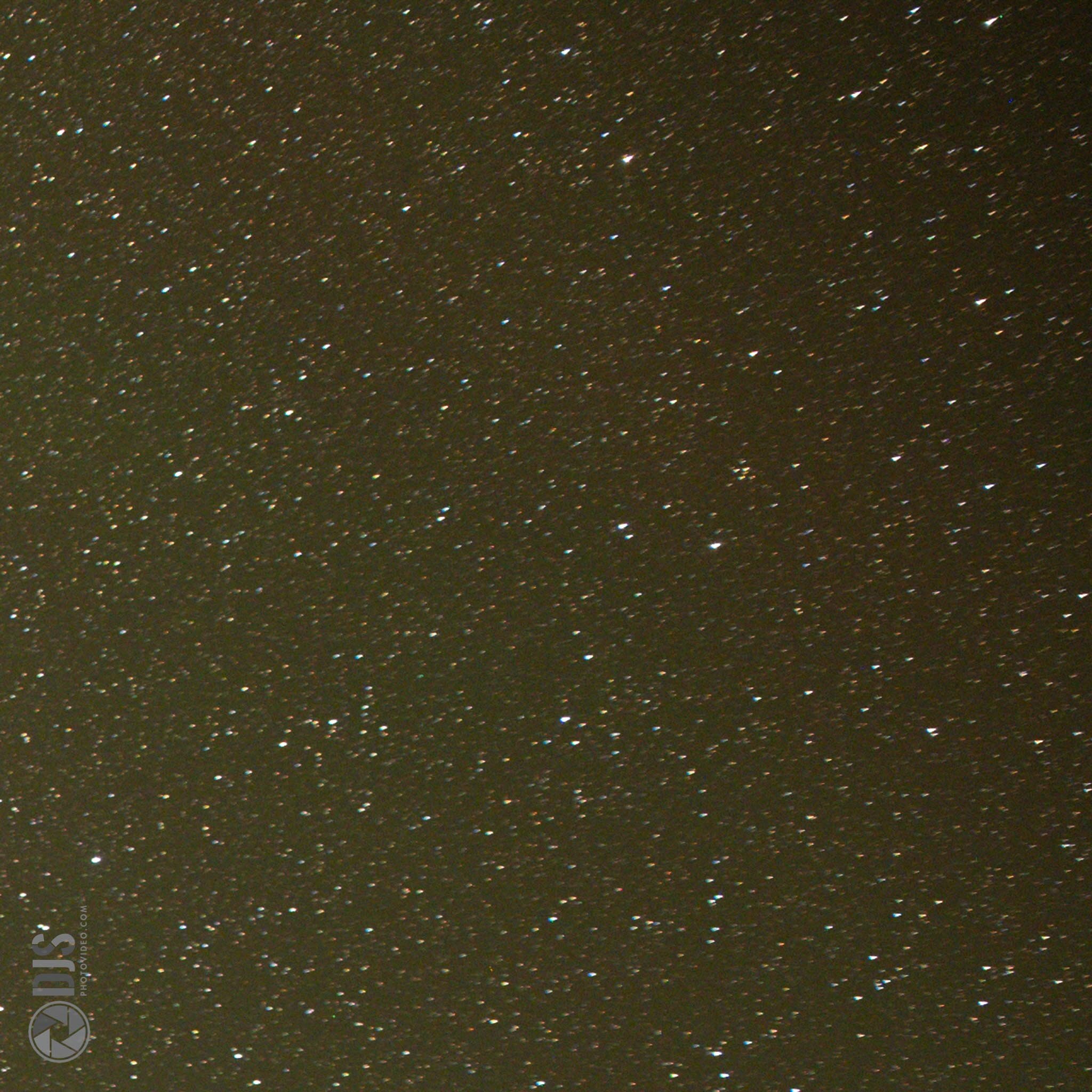
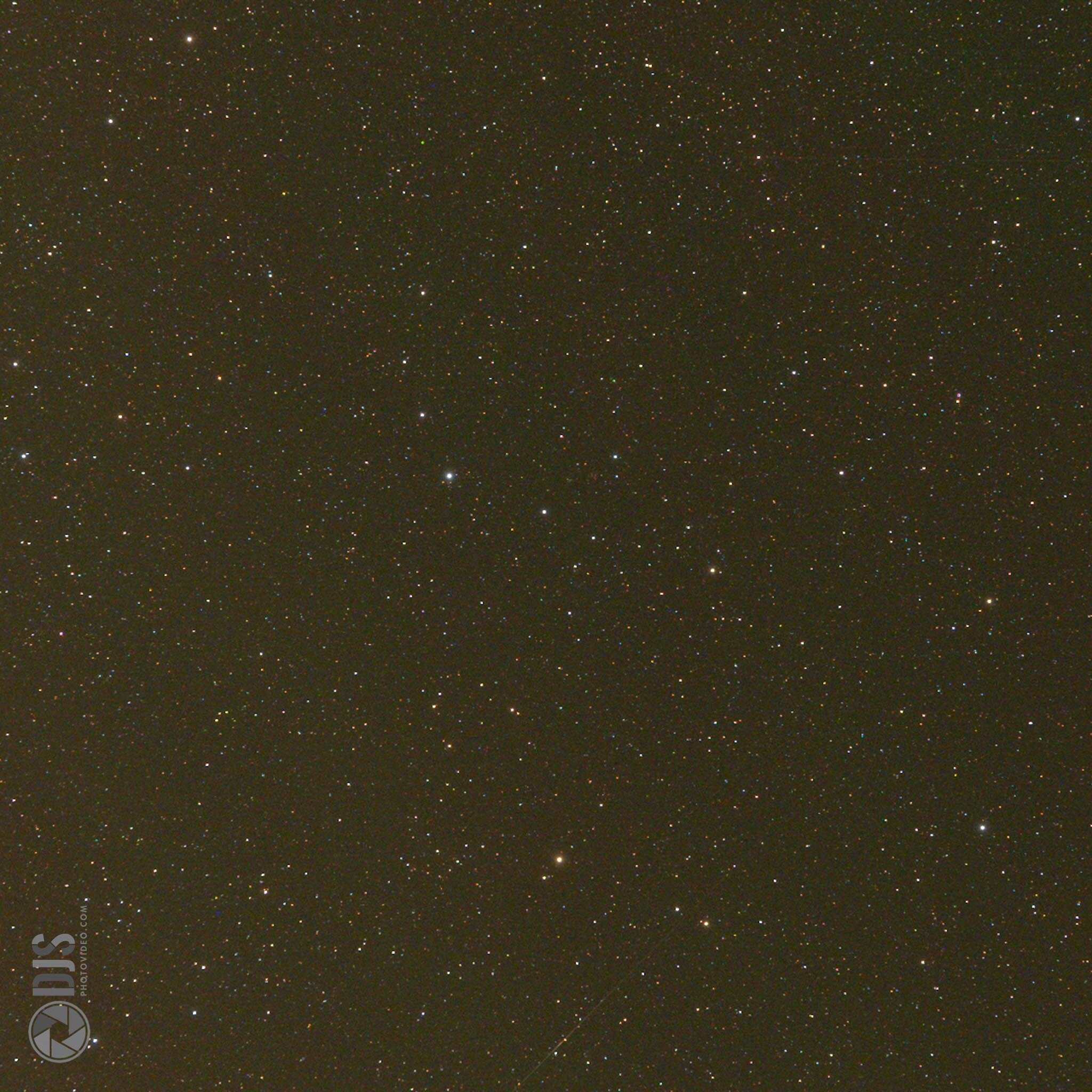
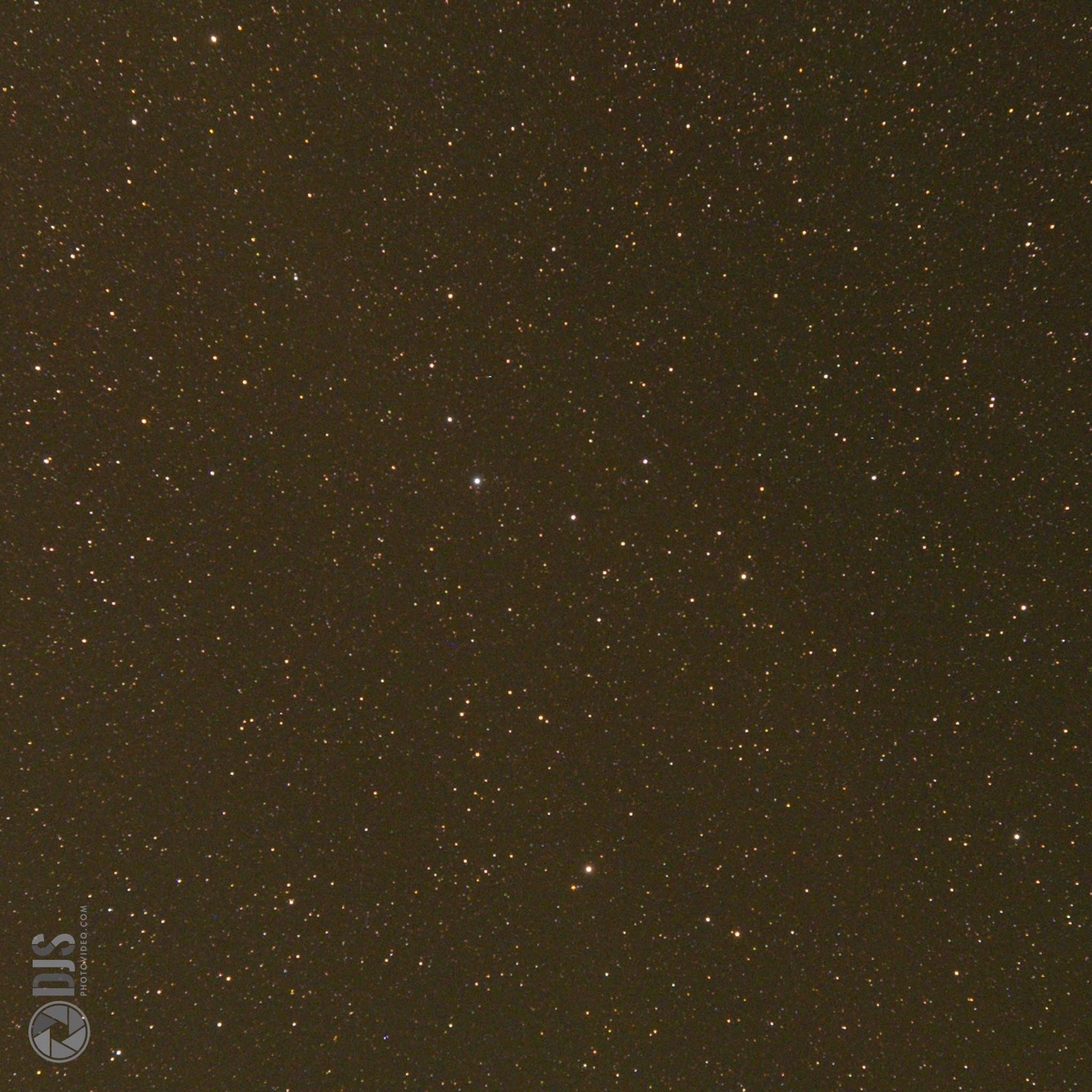


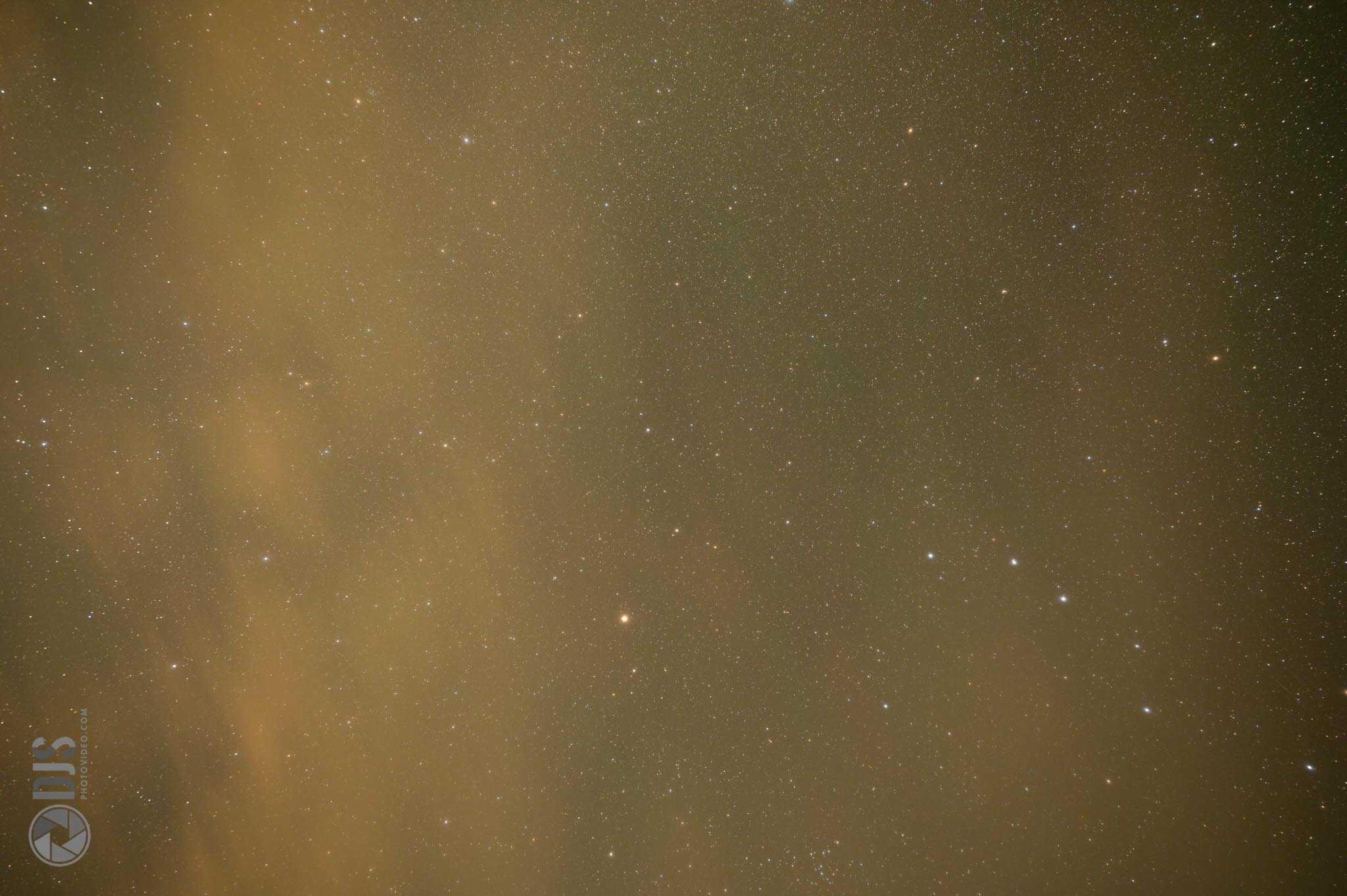
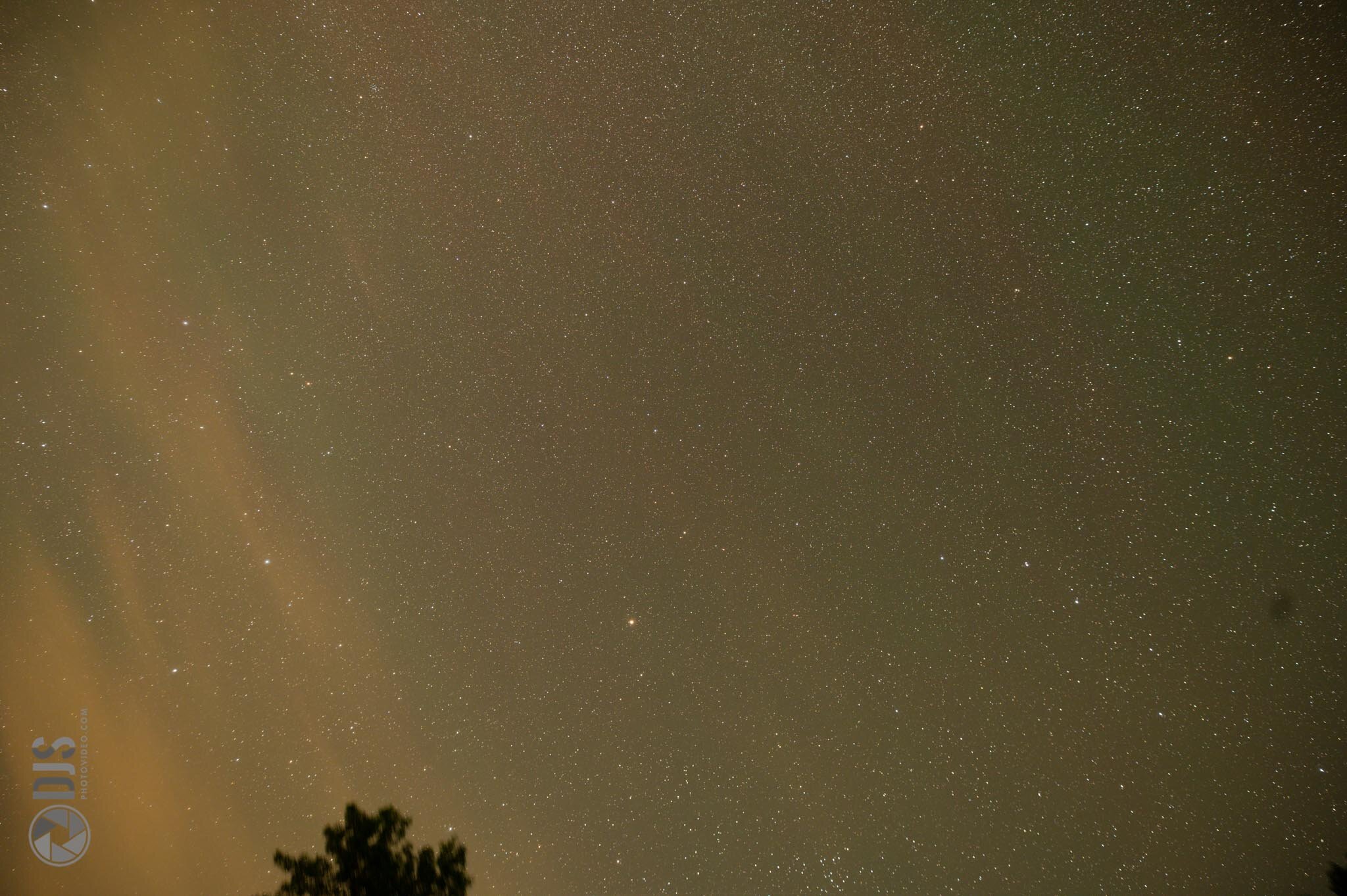
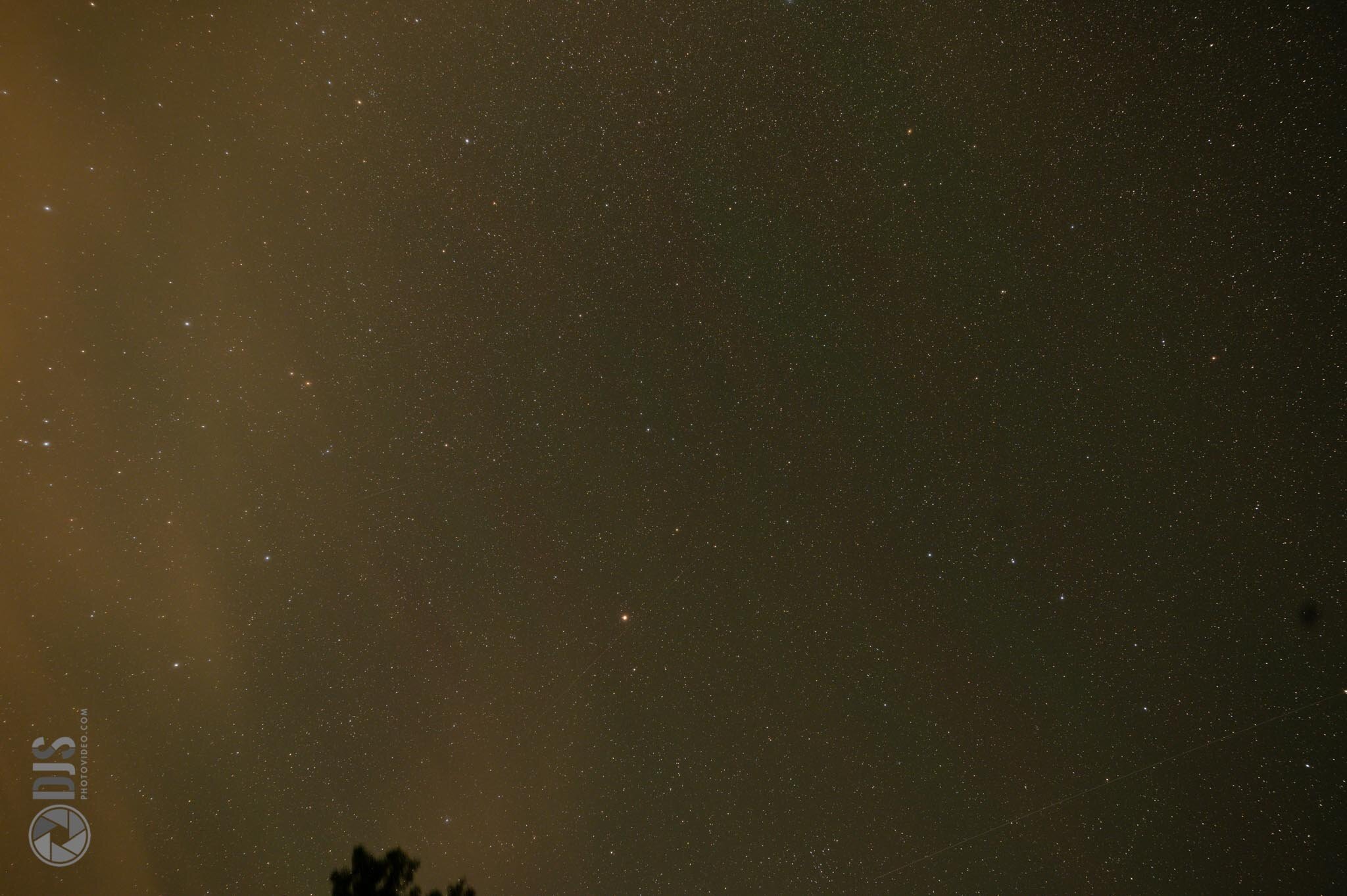
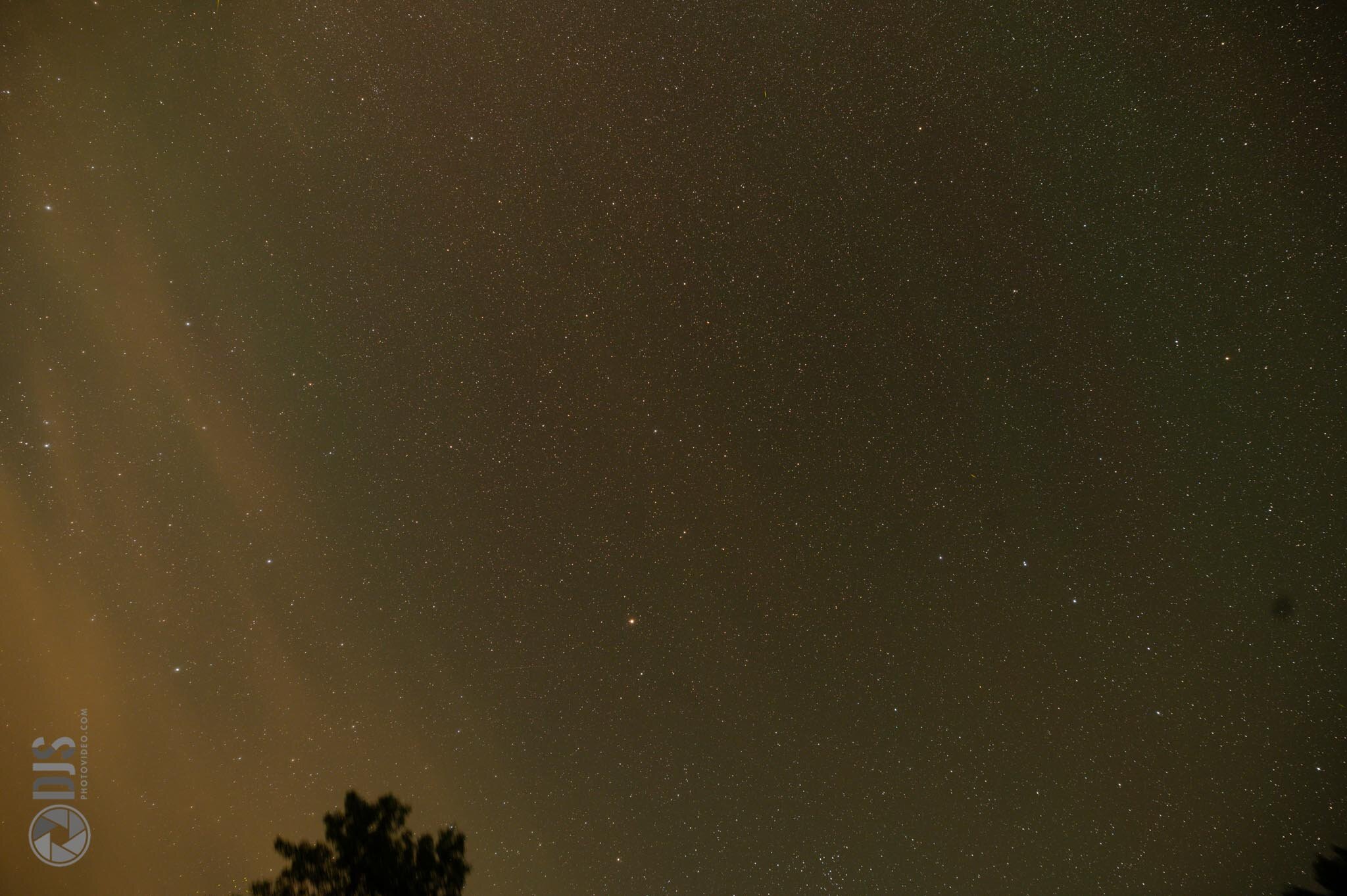
At 14mm, things are looking promising for the new kid on the block. The Nikkor lens clearly has an edge at rendering the stars in the corner with minimal astigmatism. The stars also tend to shift towards more rounder, pinpoint sources of light closer to the edge than the Sigma, where they often appear as less rotund streaks.
As far as vignetting goes, I struggle telling the two lenses apart. I think the Sigma has a slightly less intense vignette, but the “fall-off” of light on the Nikkor is slightly more attractive. I would call it a tie in this regard.
Chromatic aberration seems well controlled on both, but I can’t help but notice that star color on the Nikkor is a tad more realistic, reflecting the blue and yellow colors better.
20mm
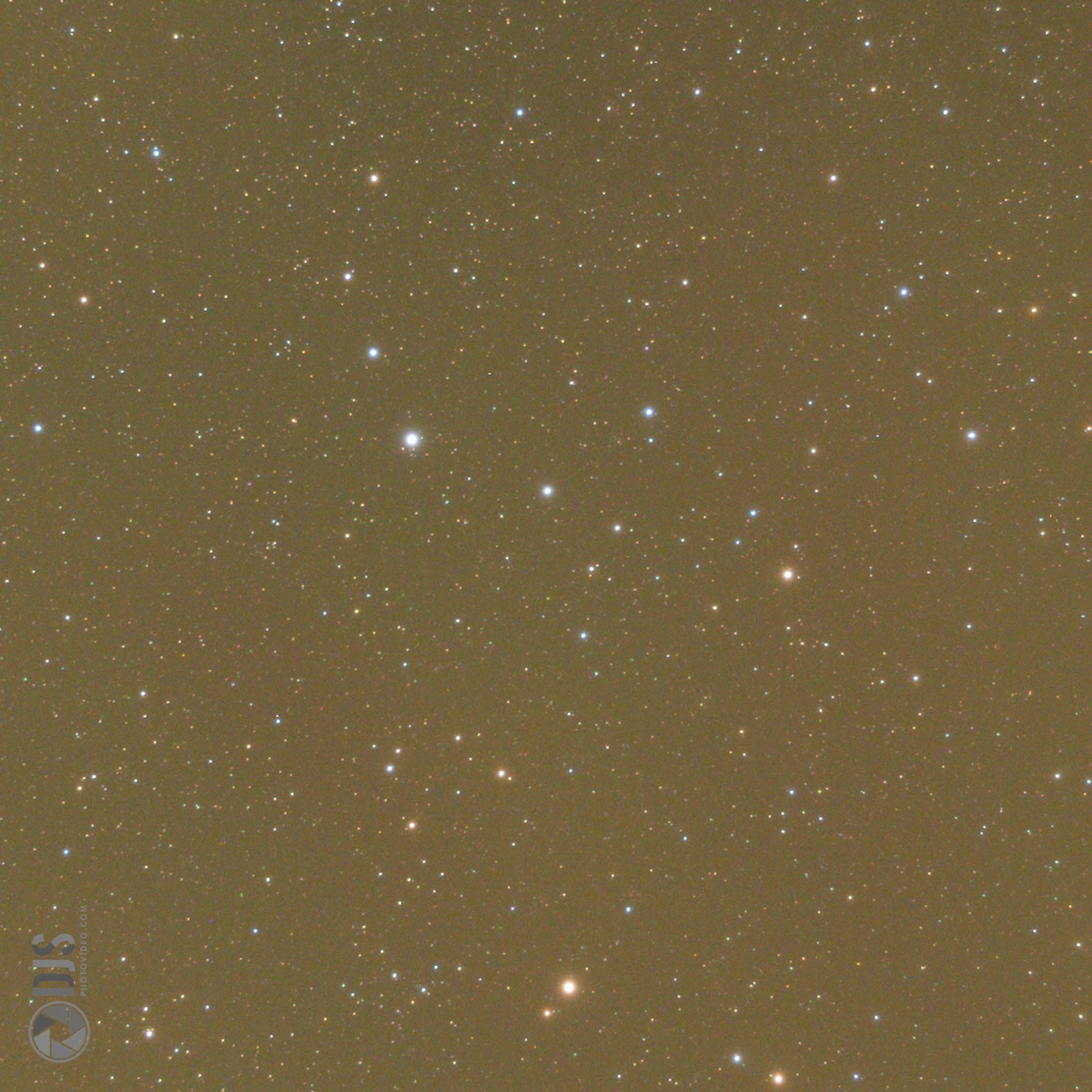
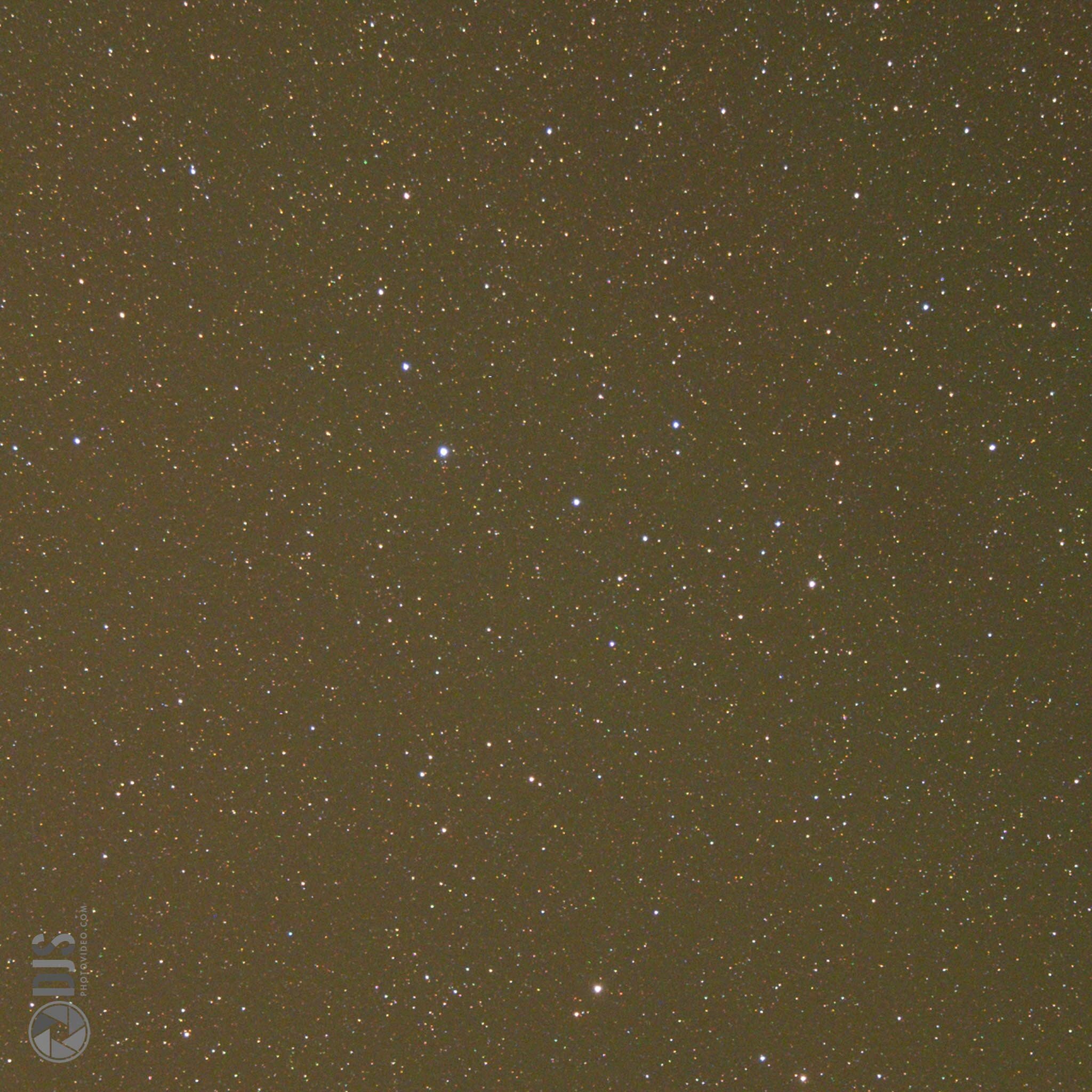
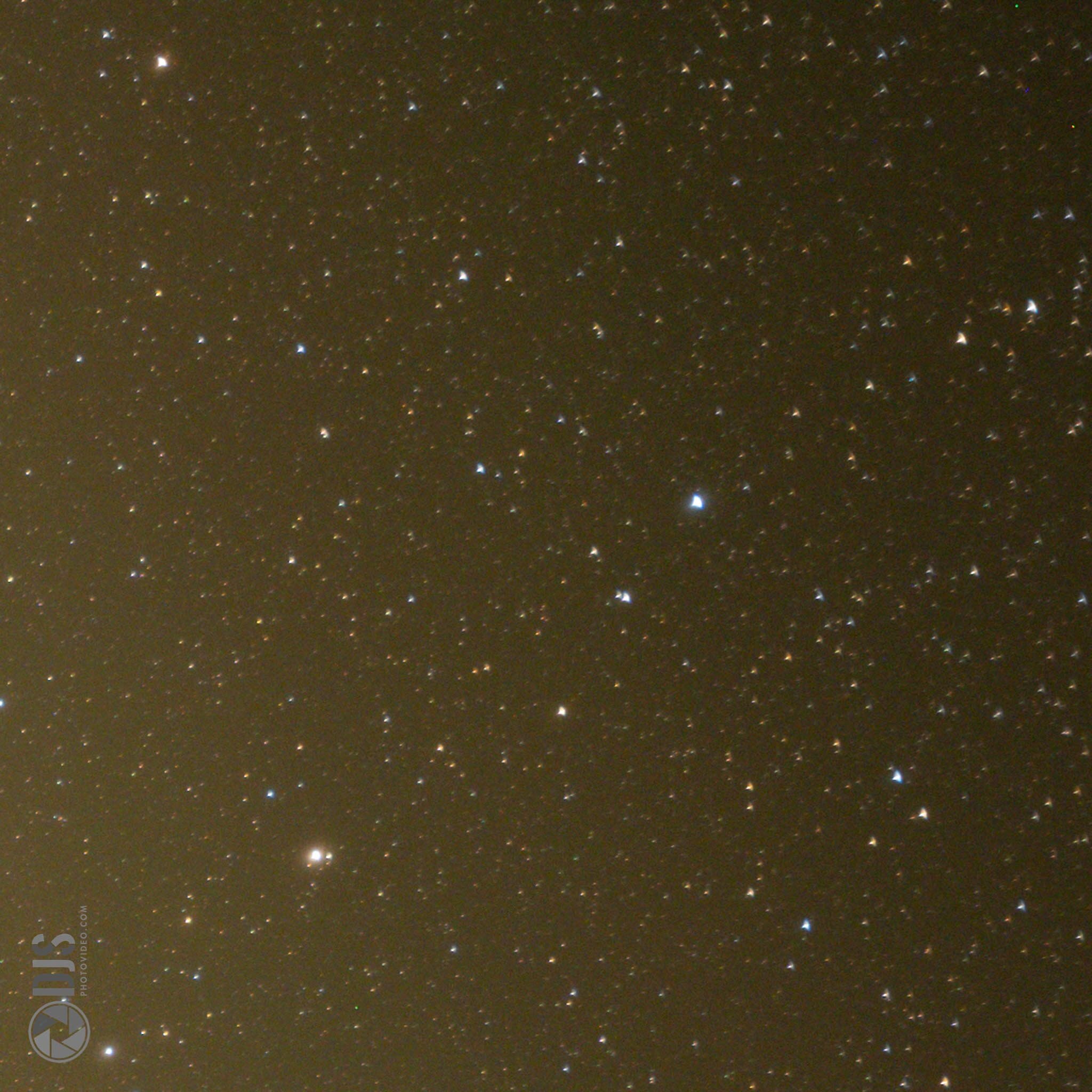
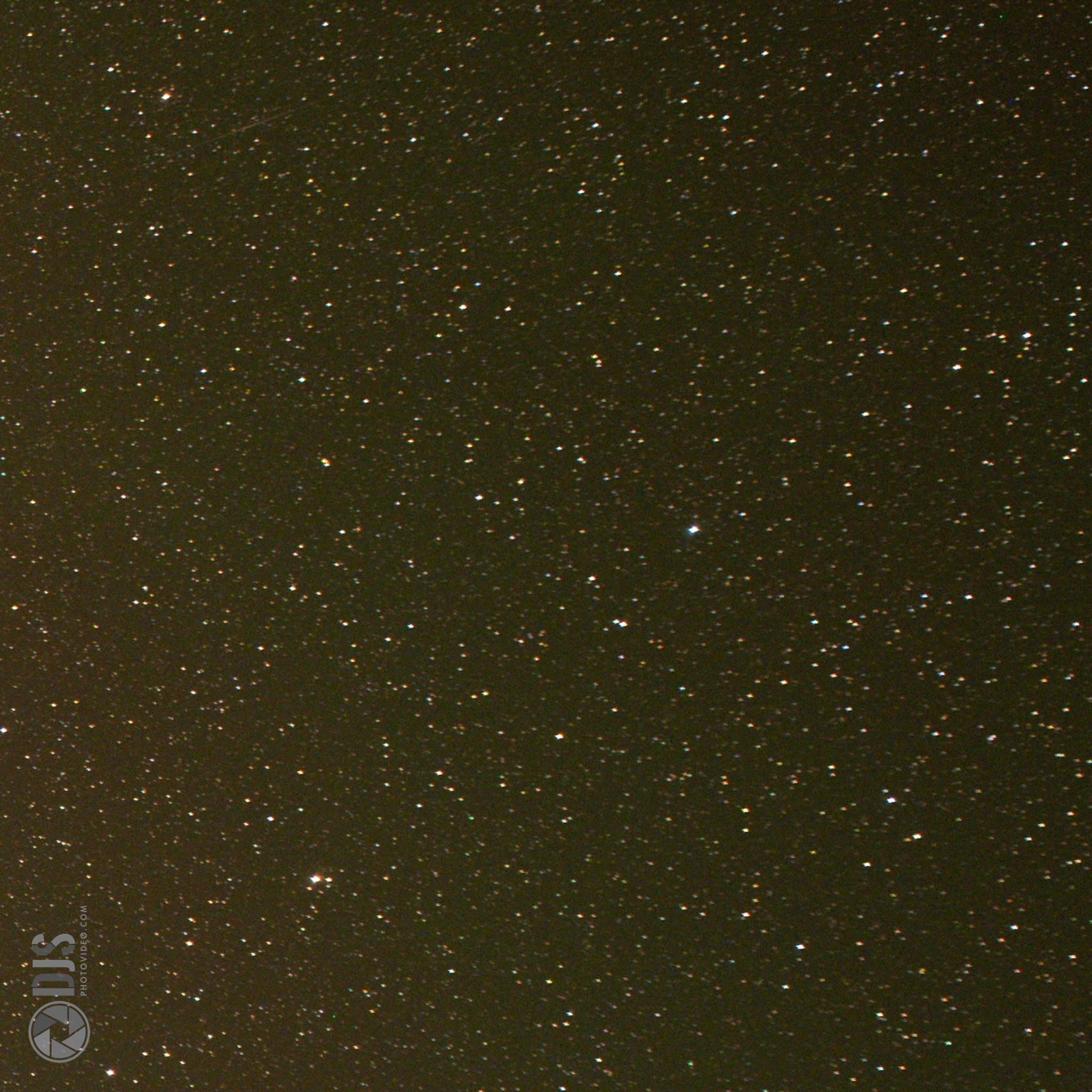
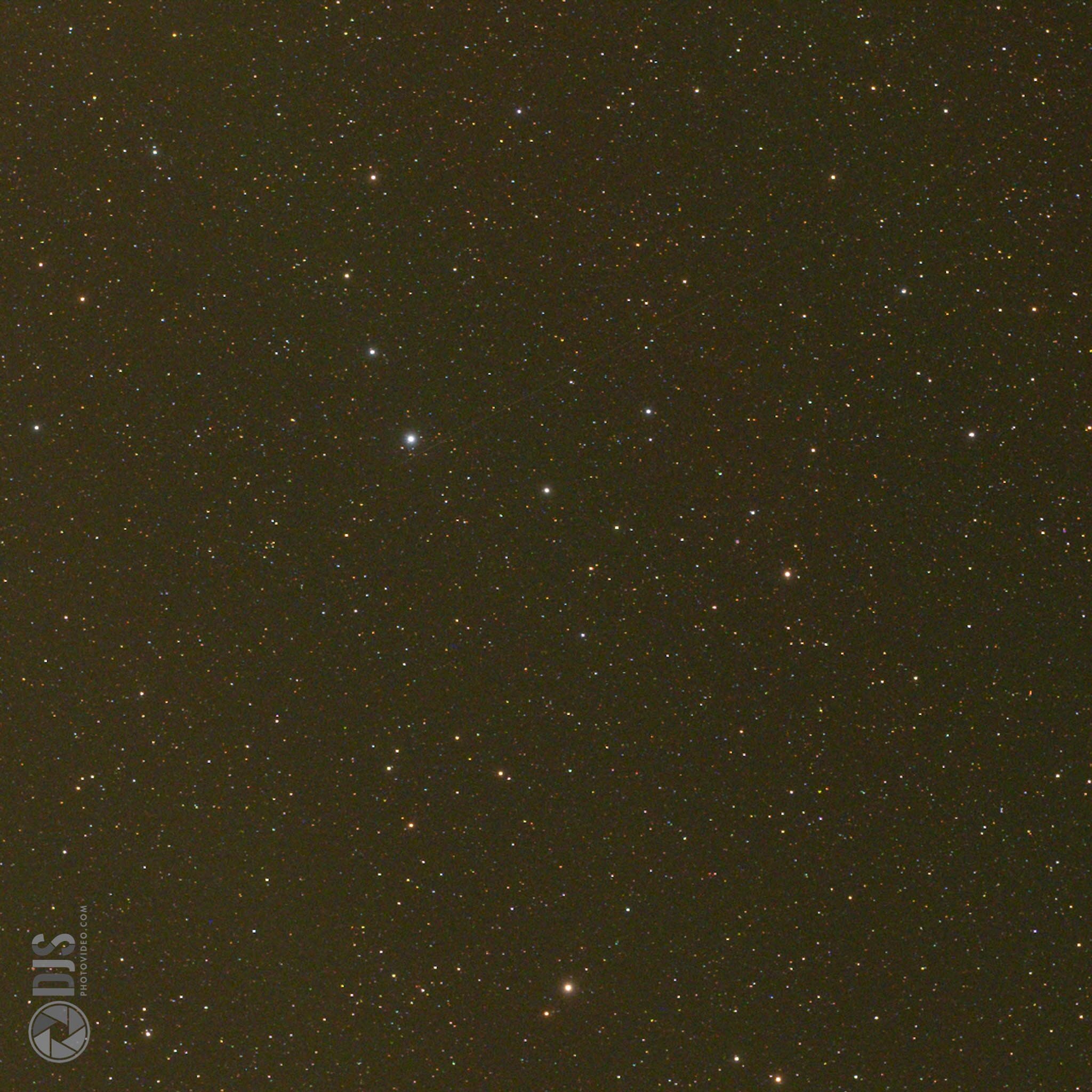
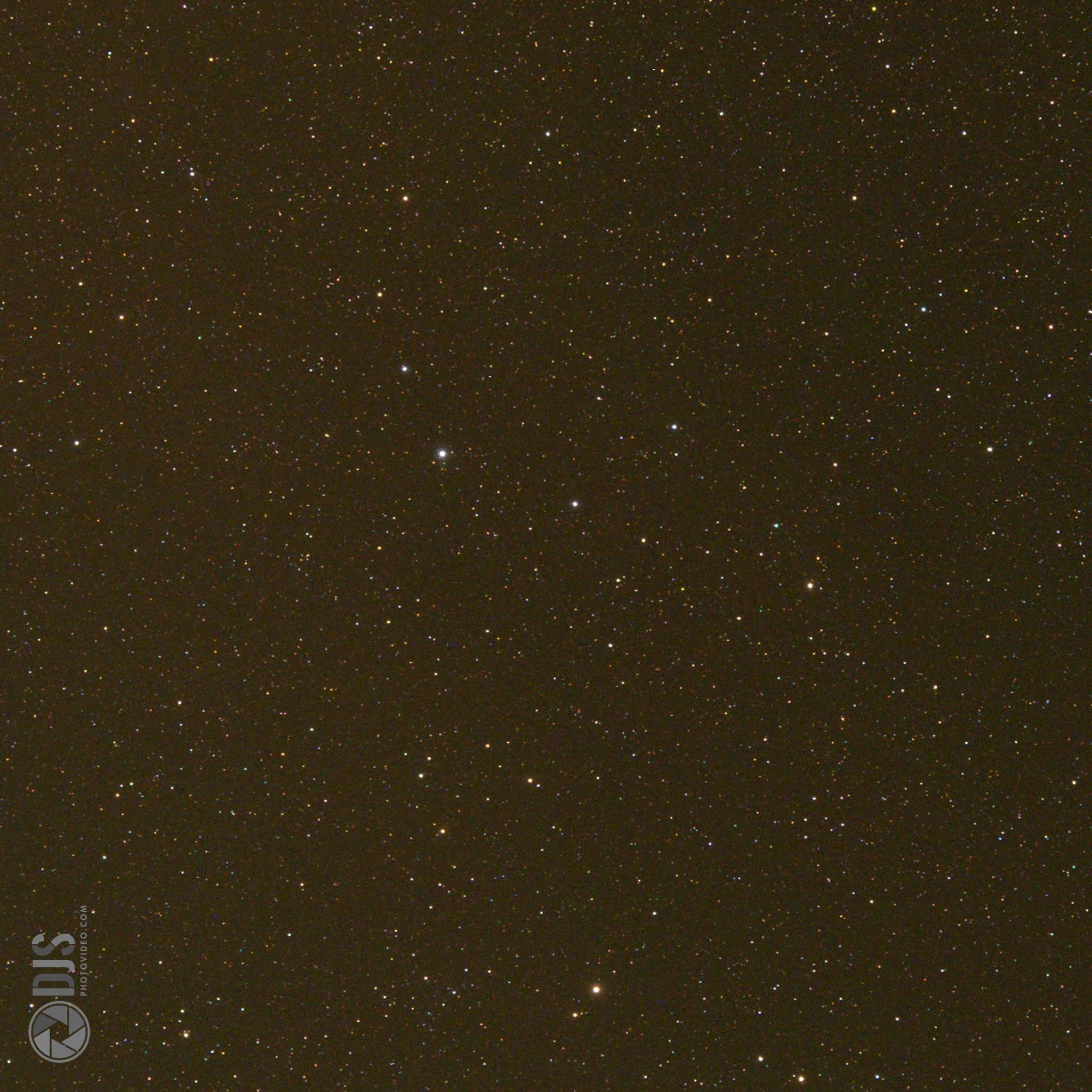
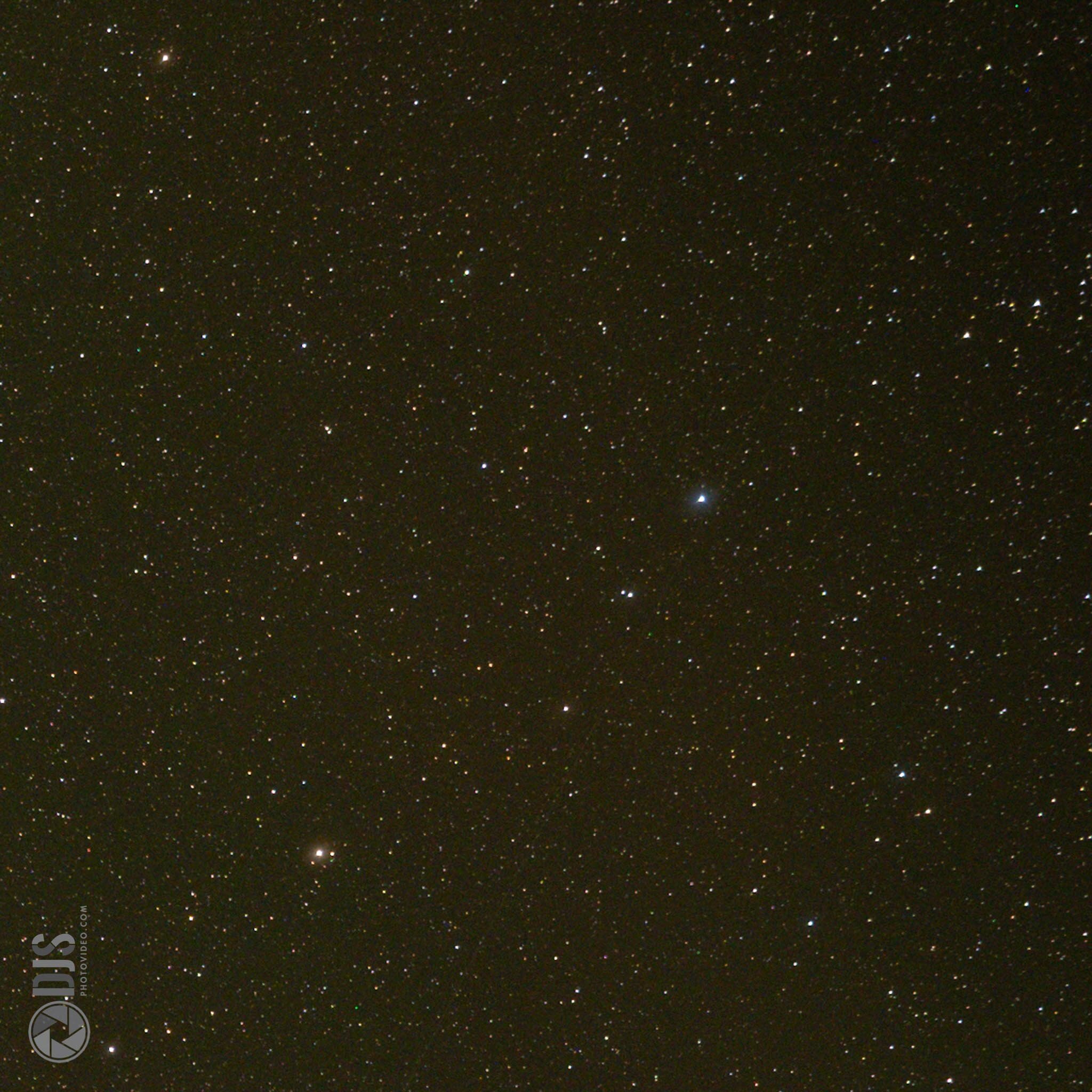
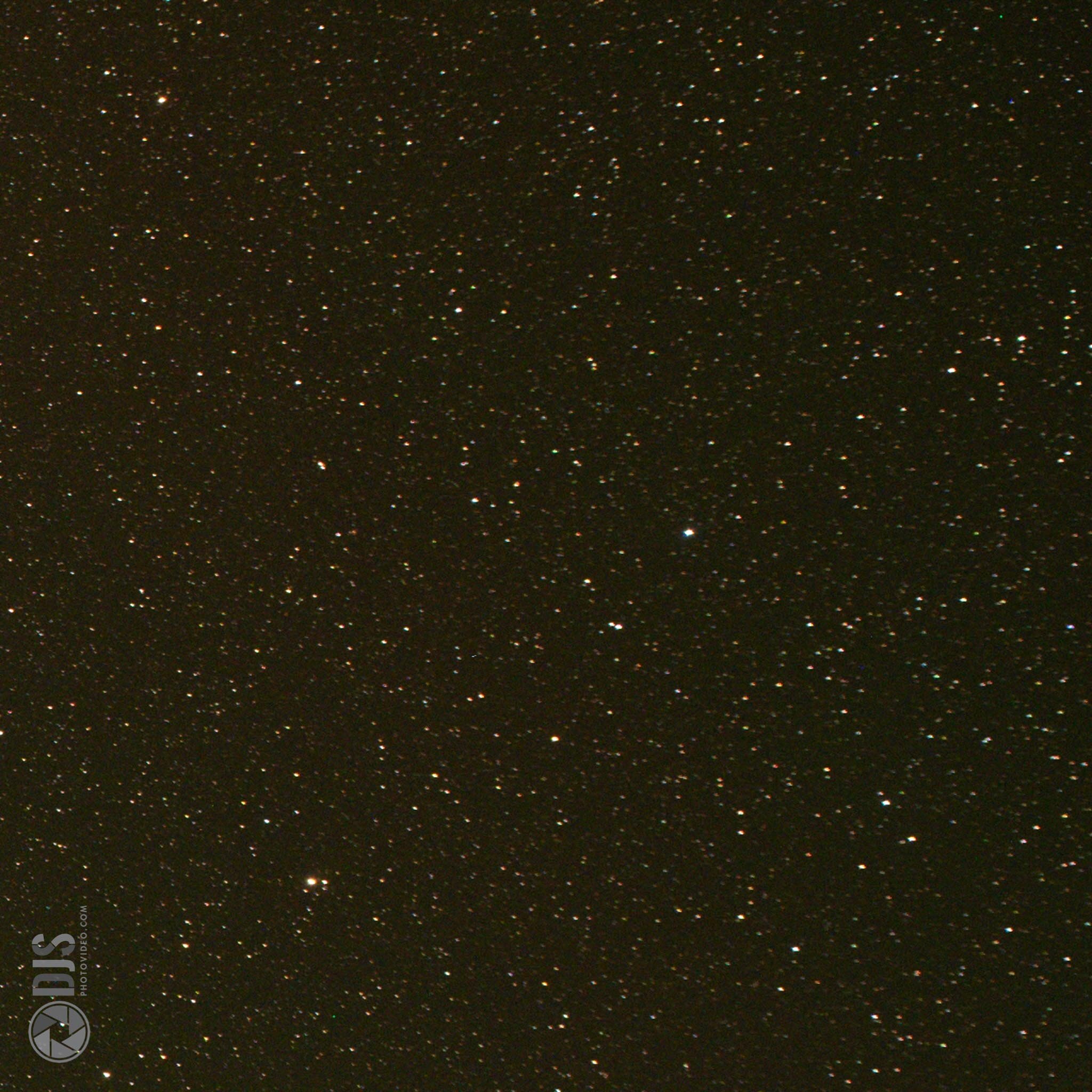
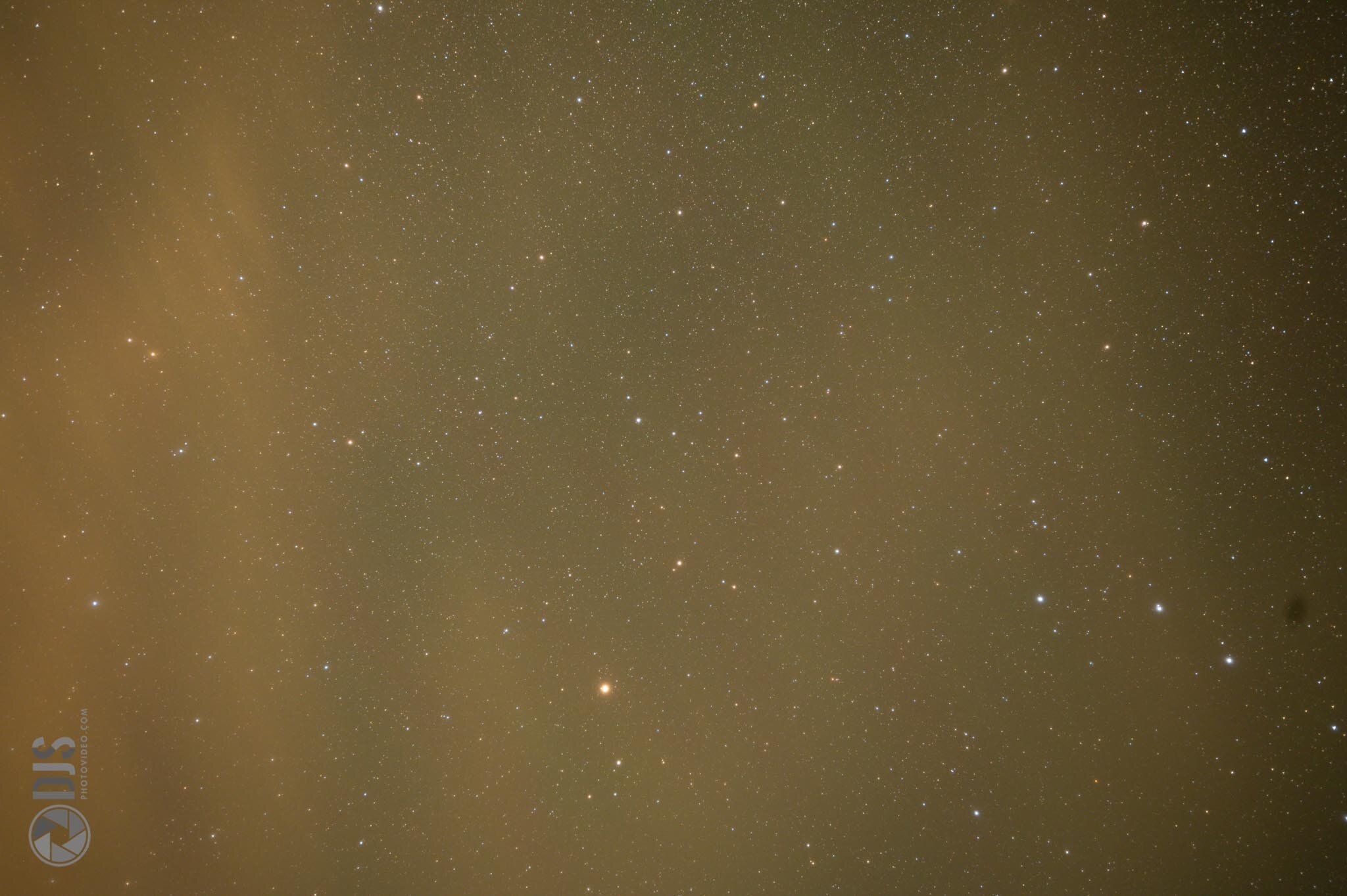
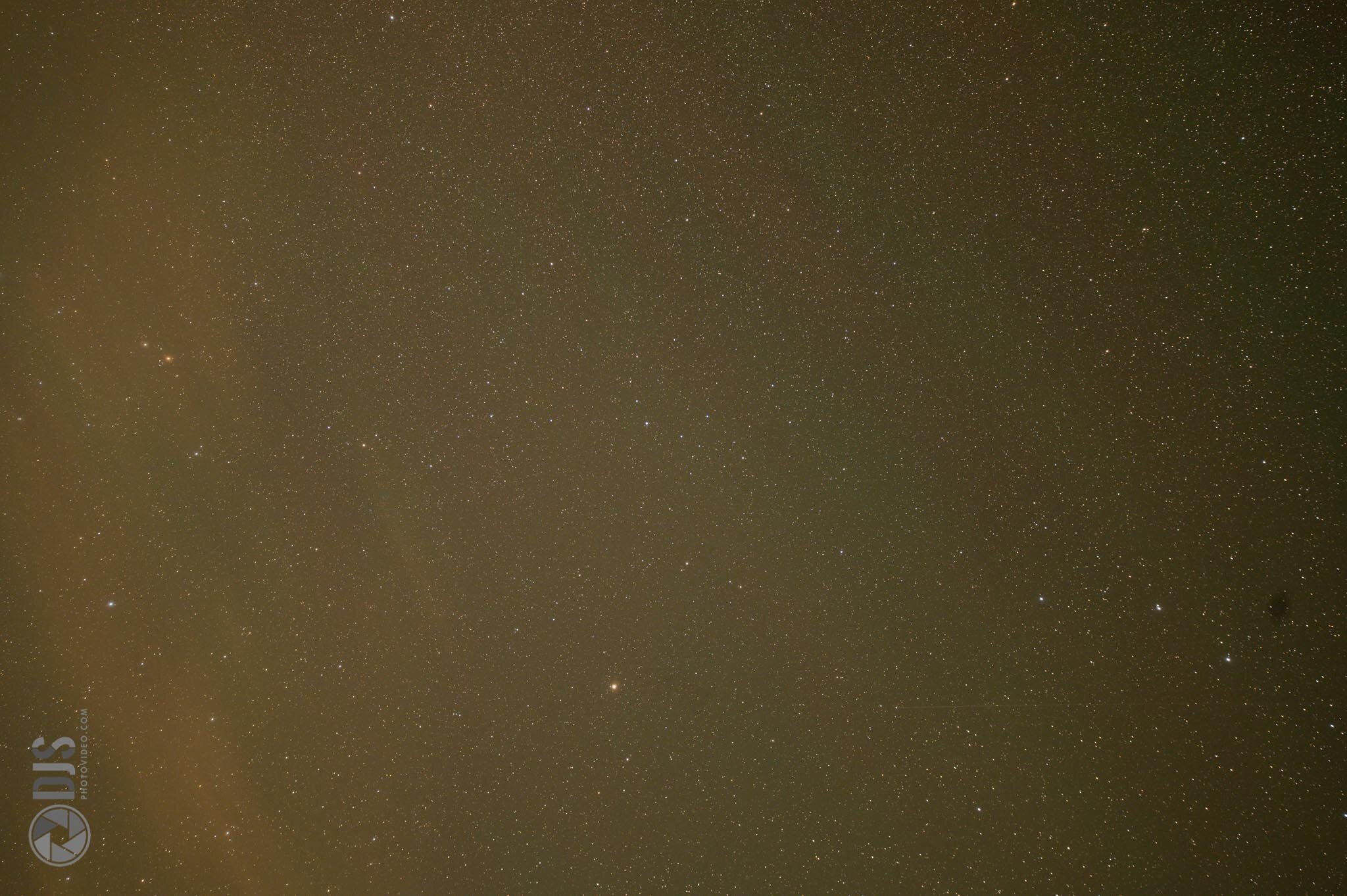
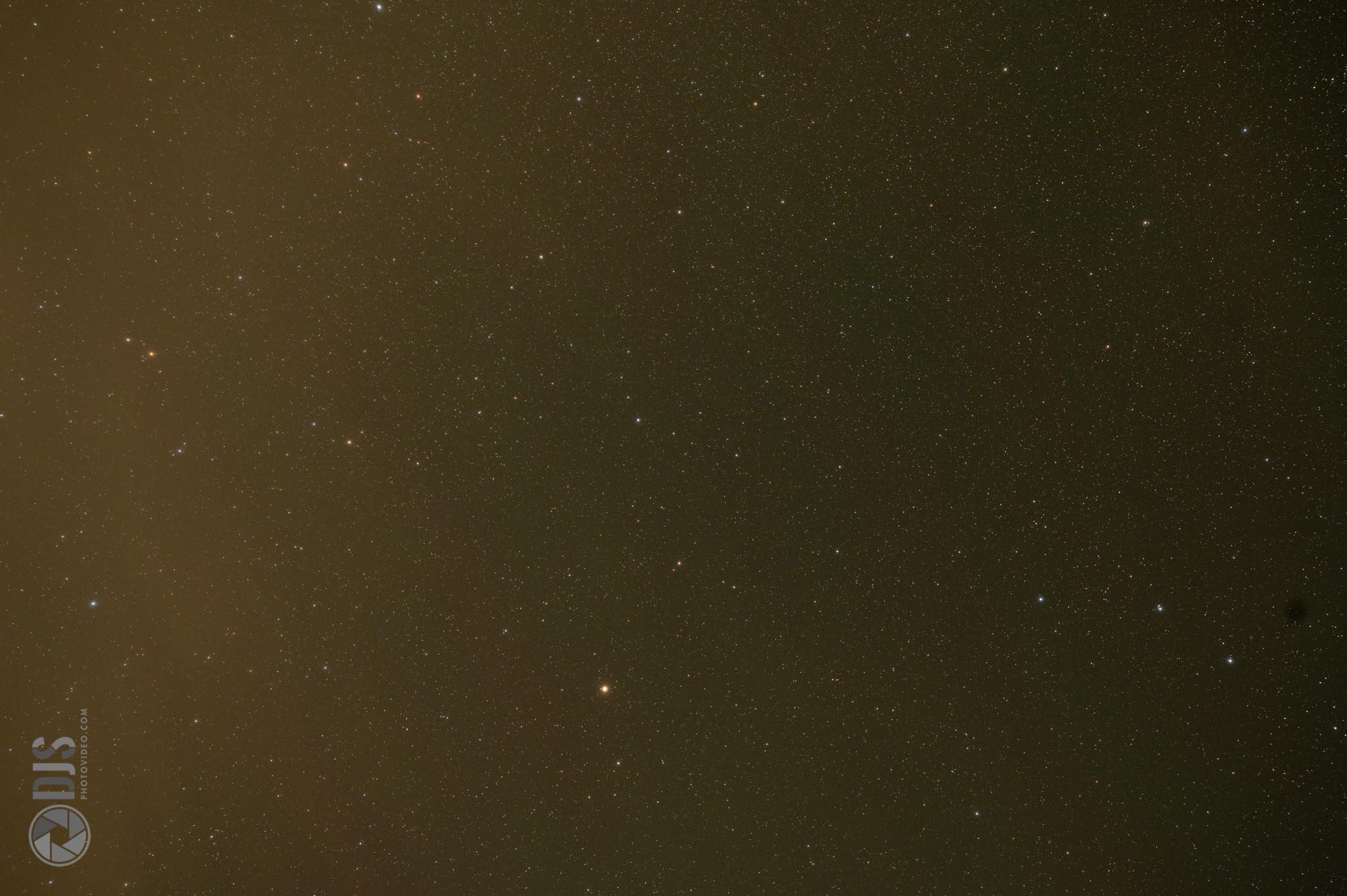
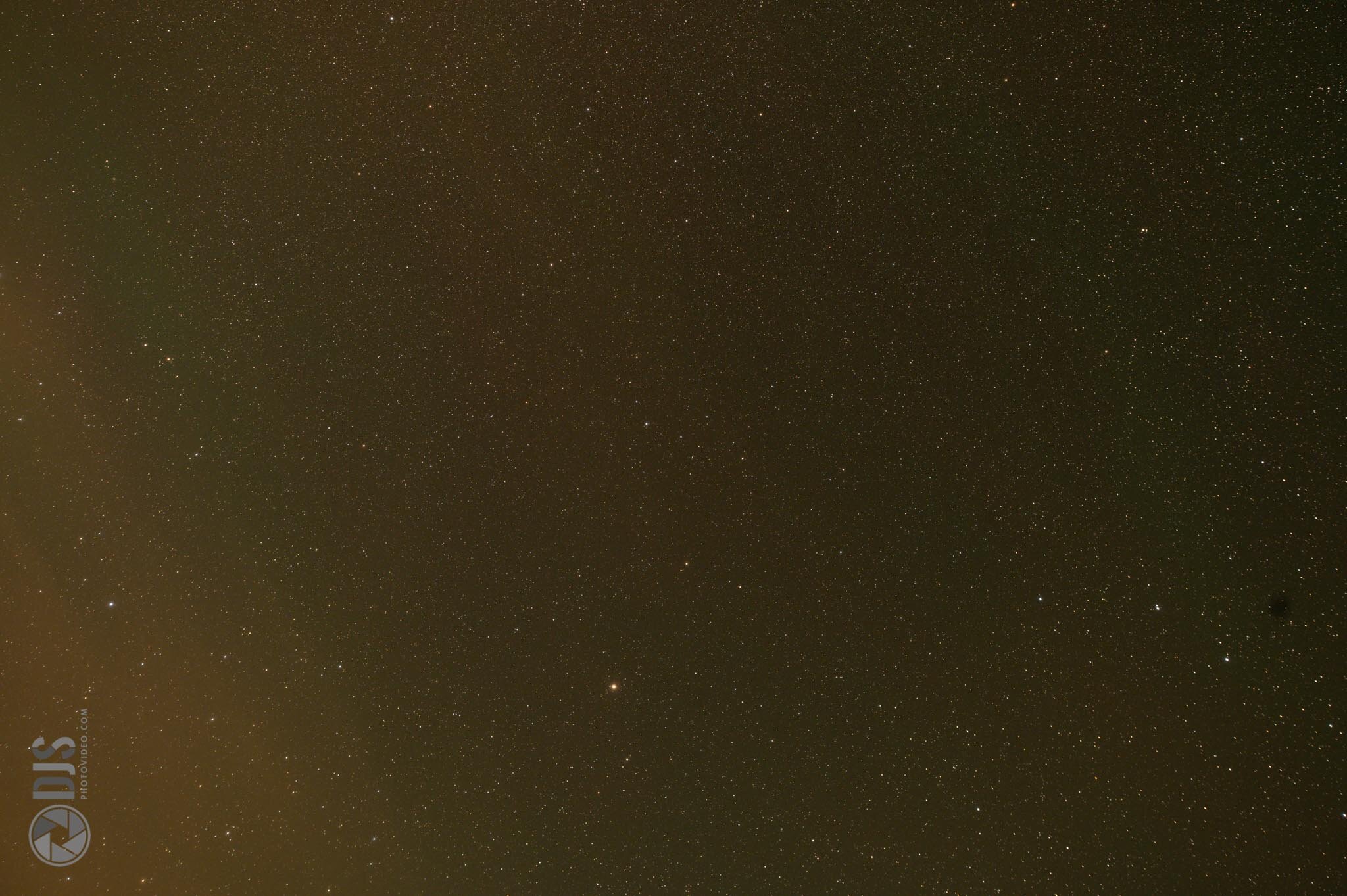
Now at 20mm, this is where things take a turn for the worse for the Nikkor. At an aperture of 2.8, the astigmatism in the corner is significantly worse than the Sigma. Fortunately, things do improve TREMENDOUSLY at f/4 and the gap is significantly smaller between the two, but the performance of the Nikkor here against a lens that costs half the price left me a bit underwhelmed.
In regards to vignetting and chromatic aberration, I would say the Sigma has the edge. Overall, it looks flatter and the stars are a tad tighter.
20mm is my favorite focal length (amongst wider focal lengths) to shoot at, so this left me questioning if I was better off picking up the Nikkor Z 20 1.8 S instead of using this 14-24. More on that below…
24mm

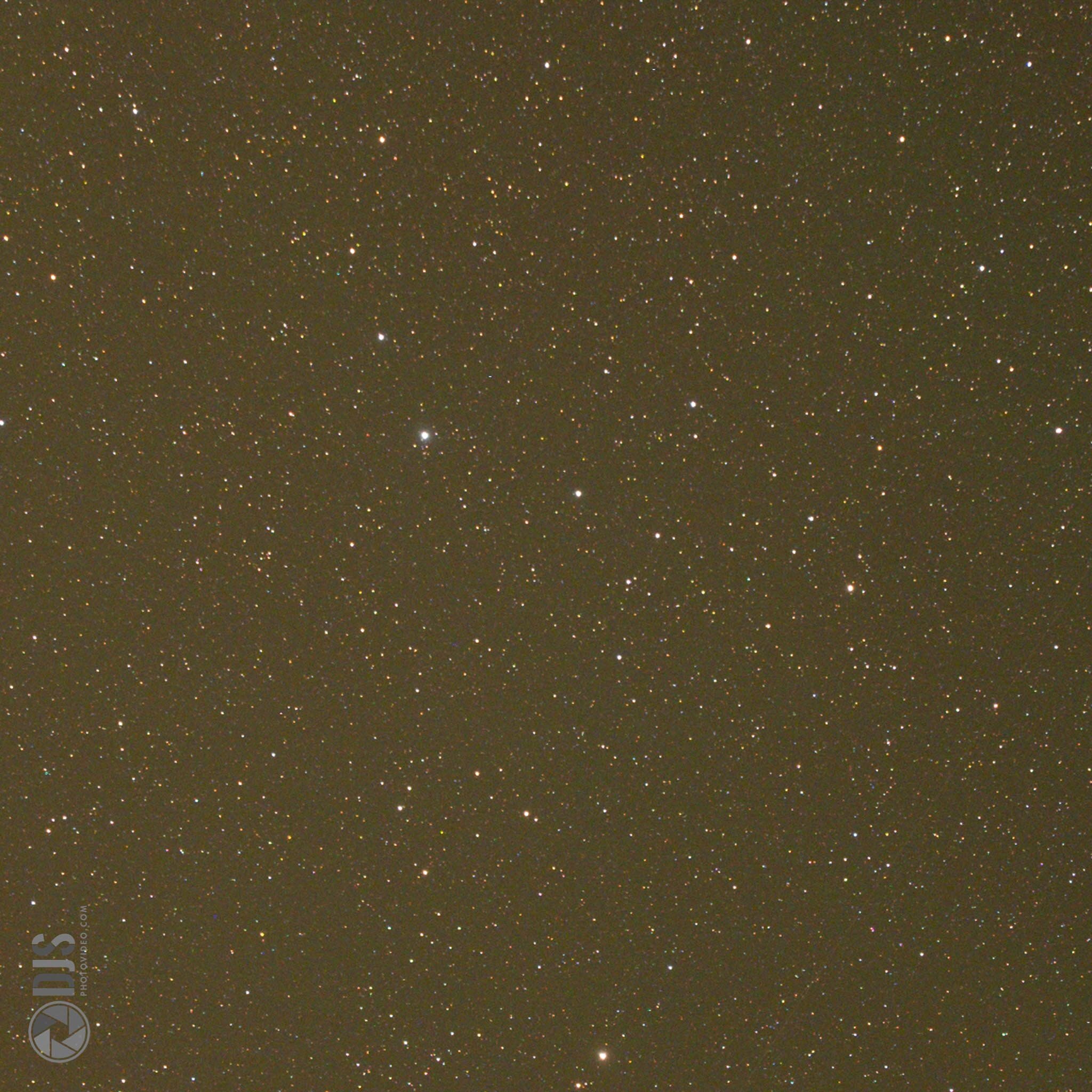
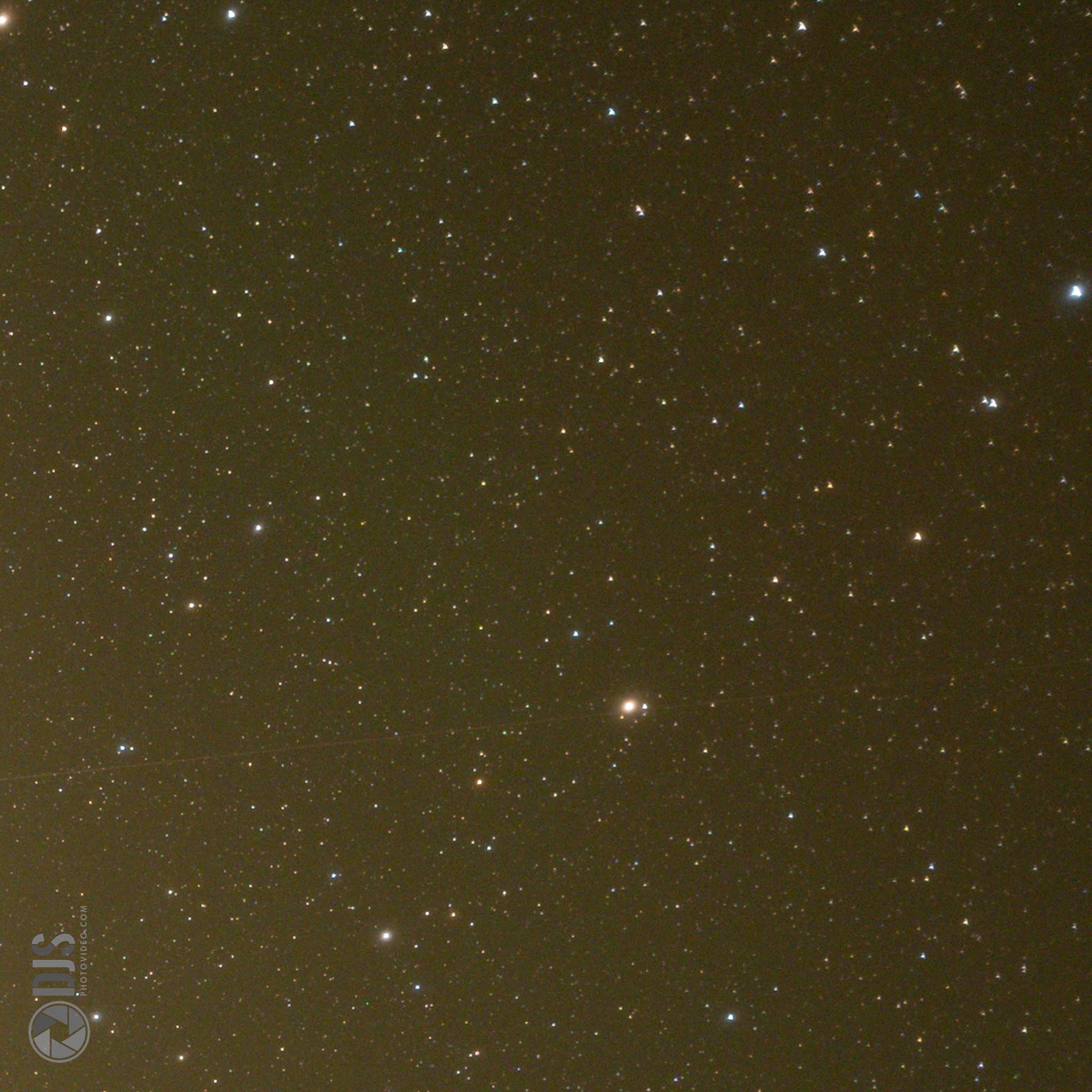
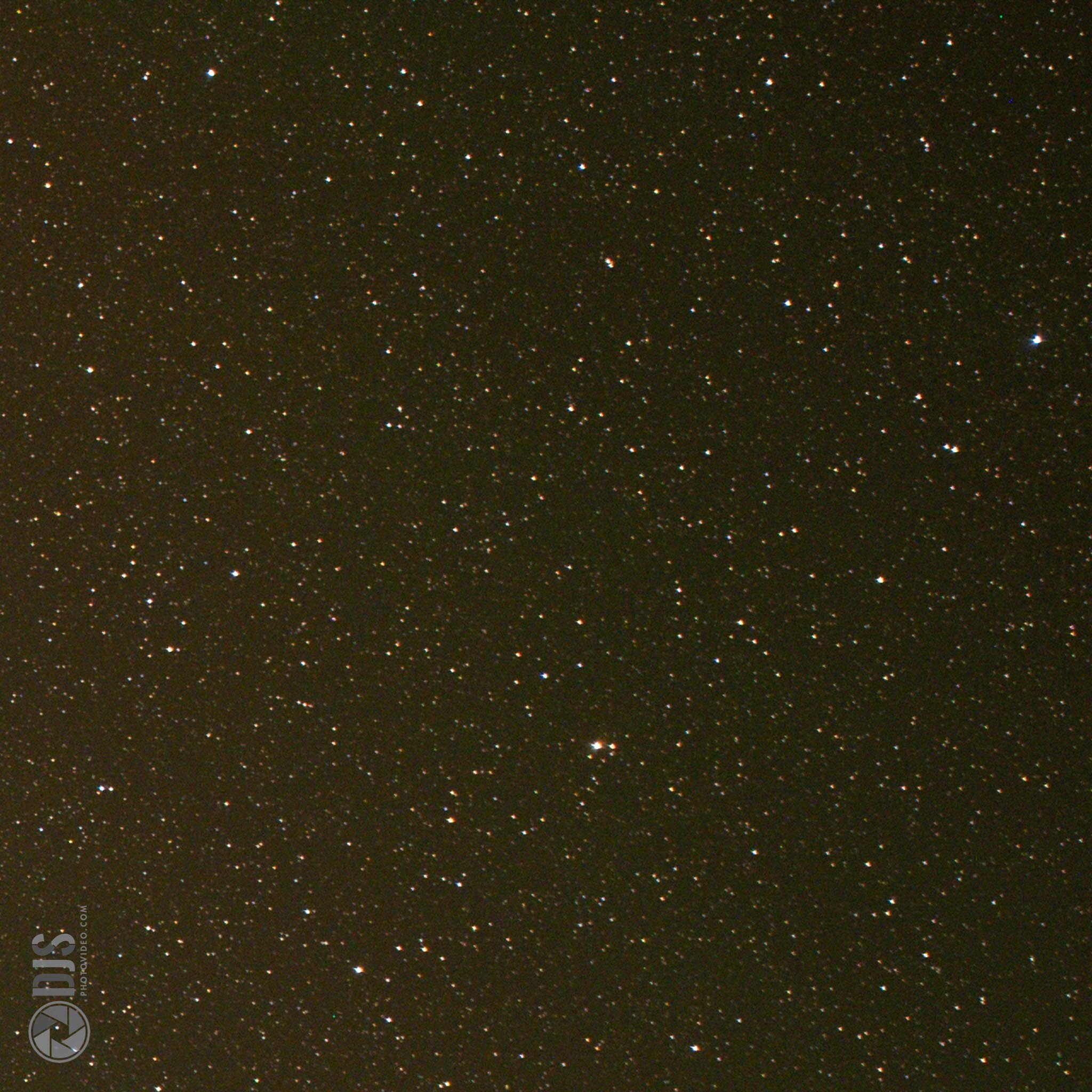
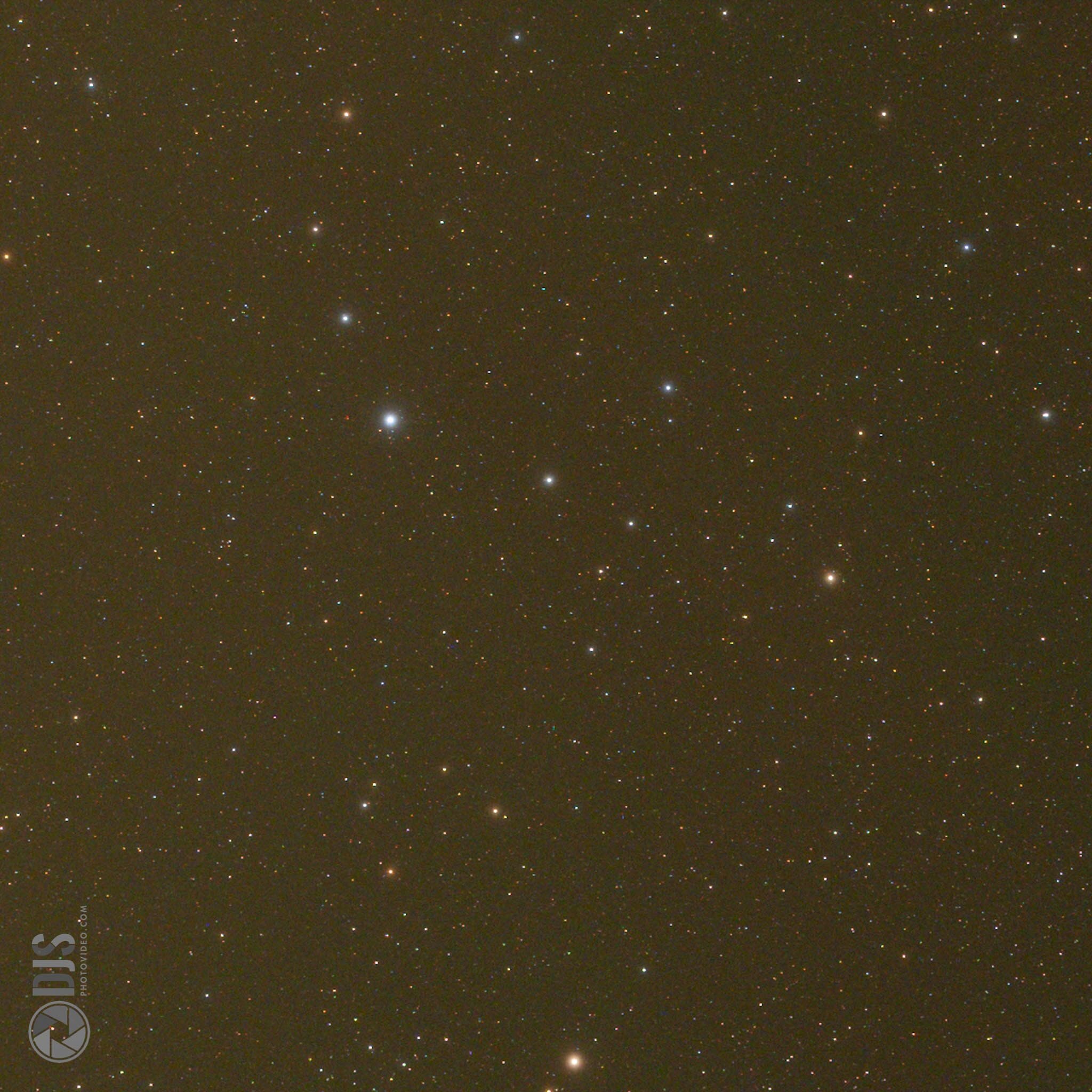
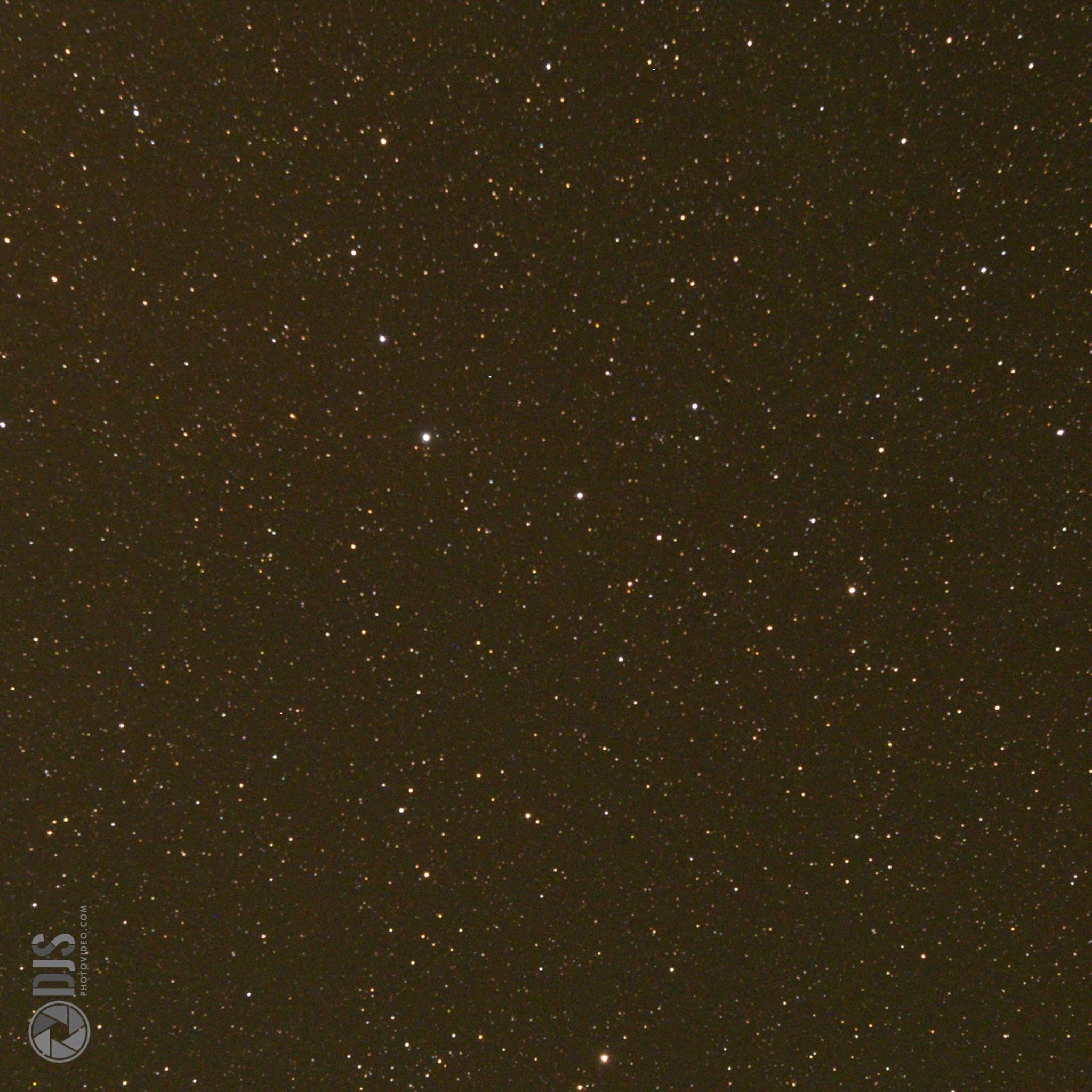
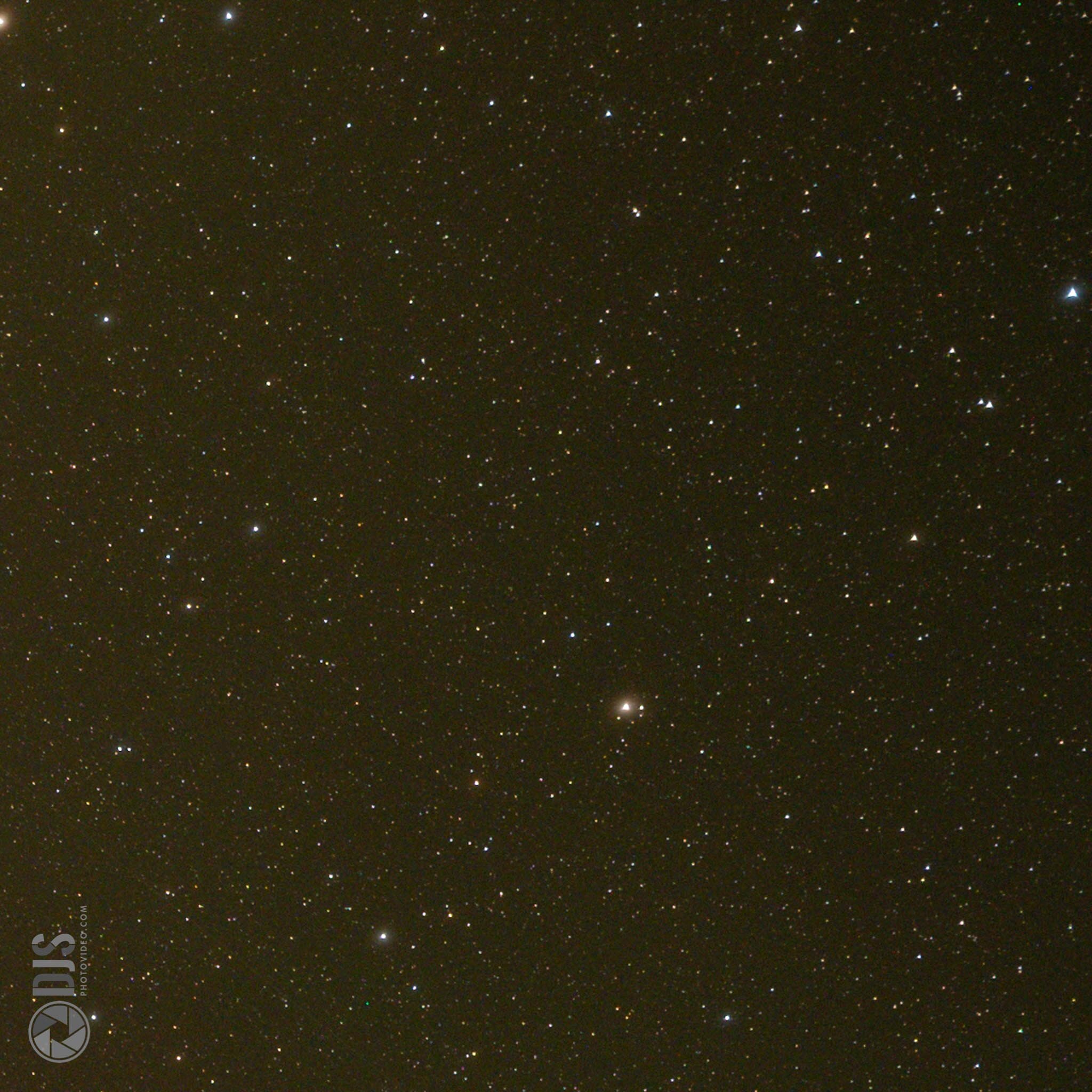
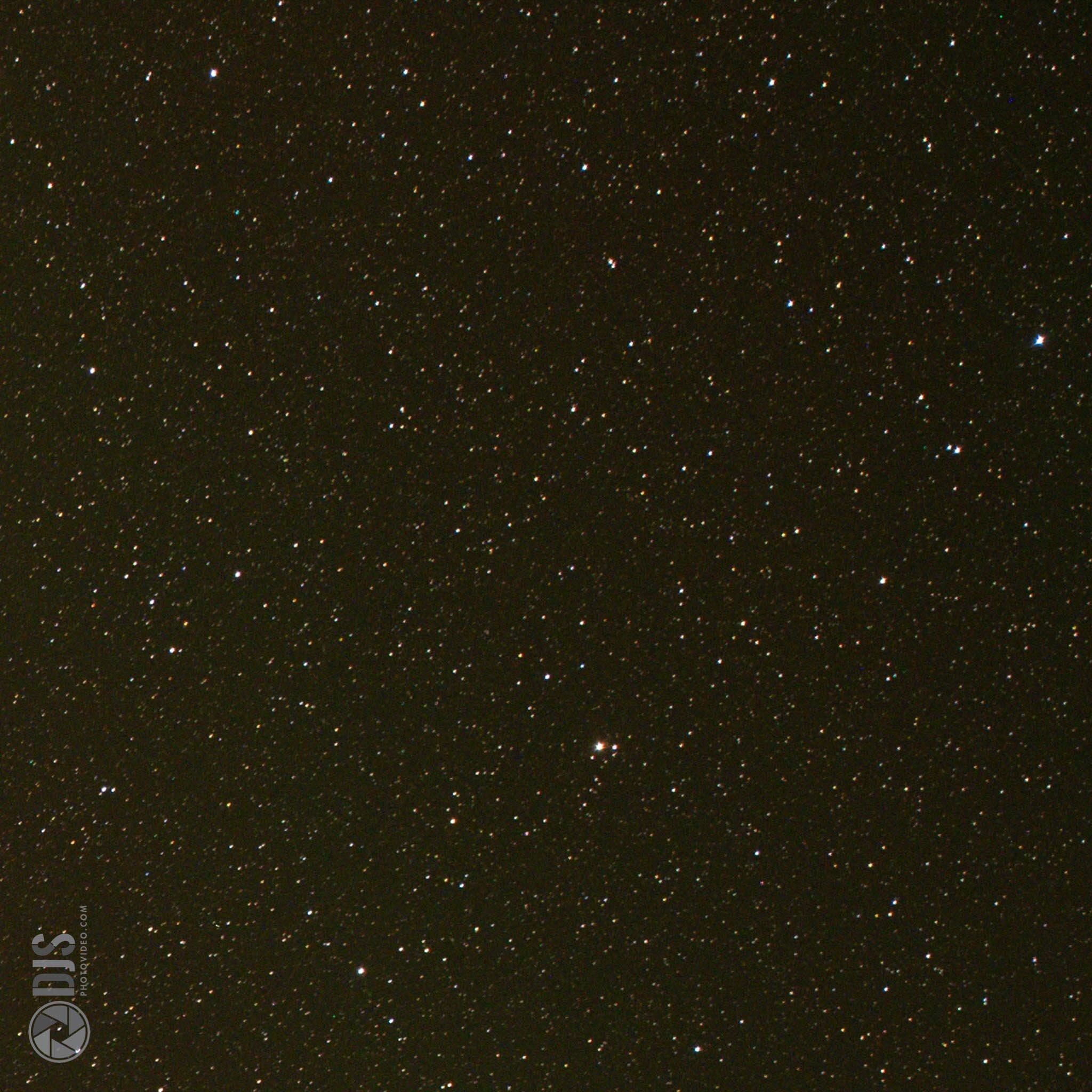
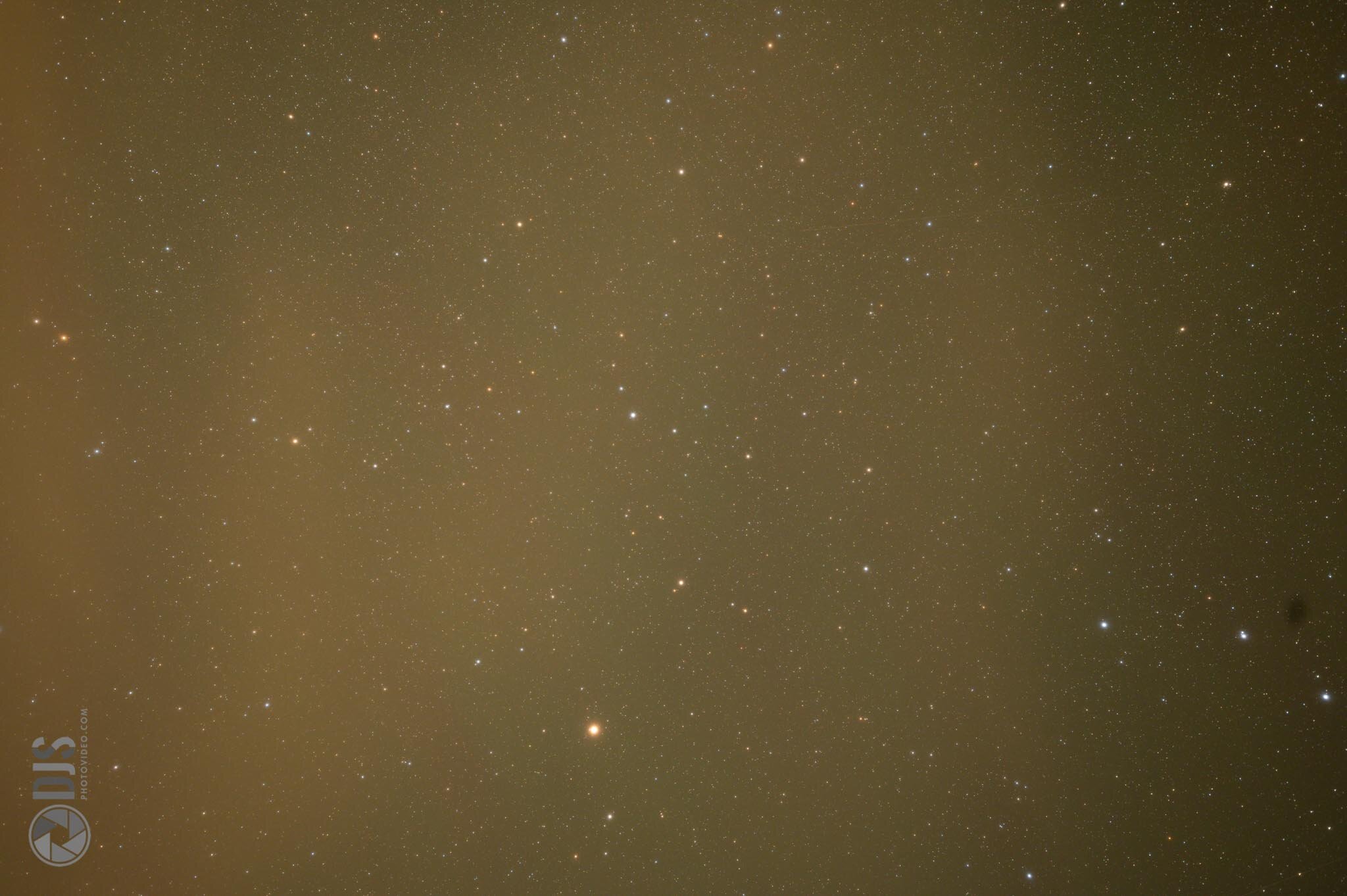
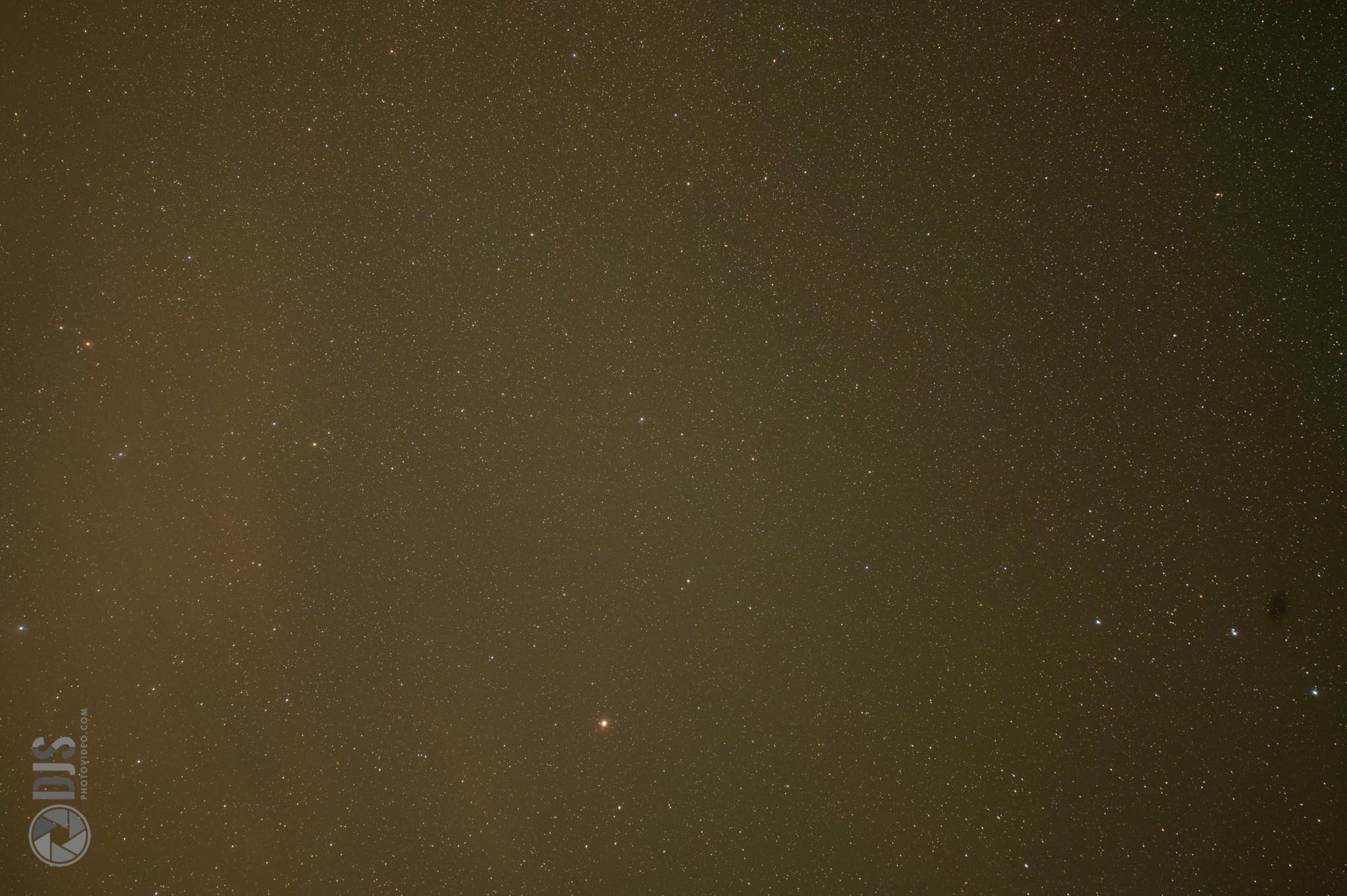
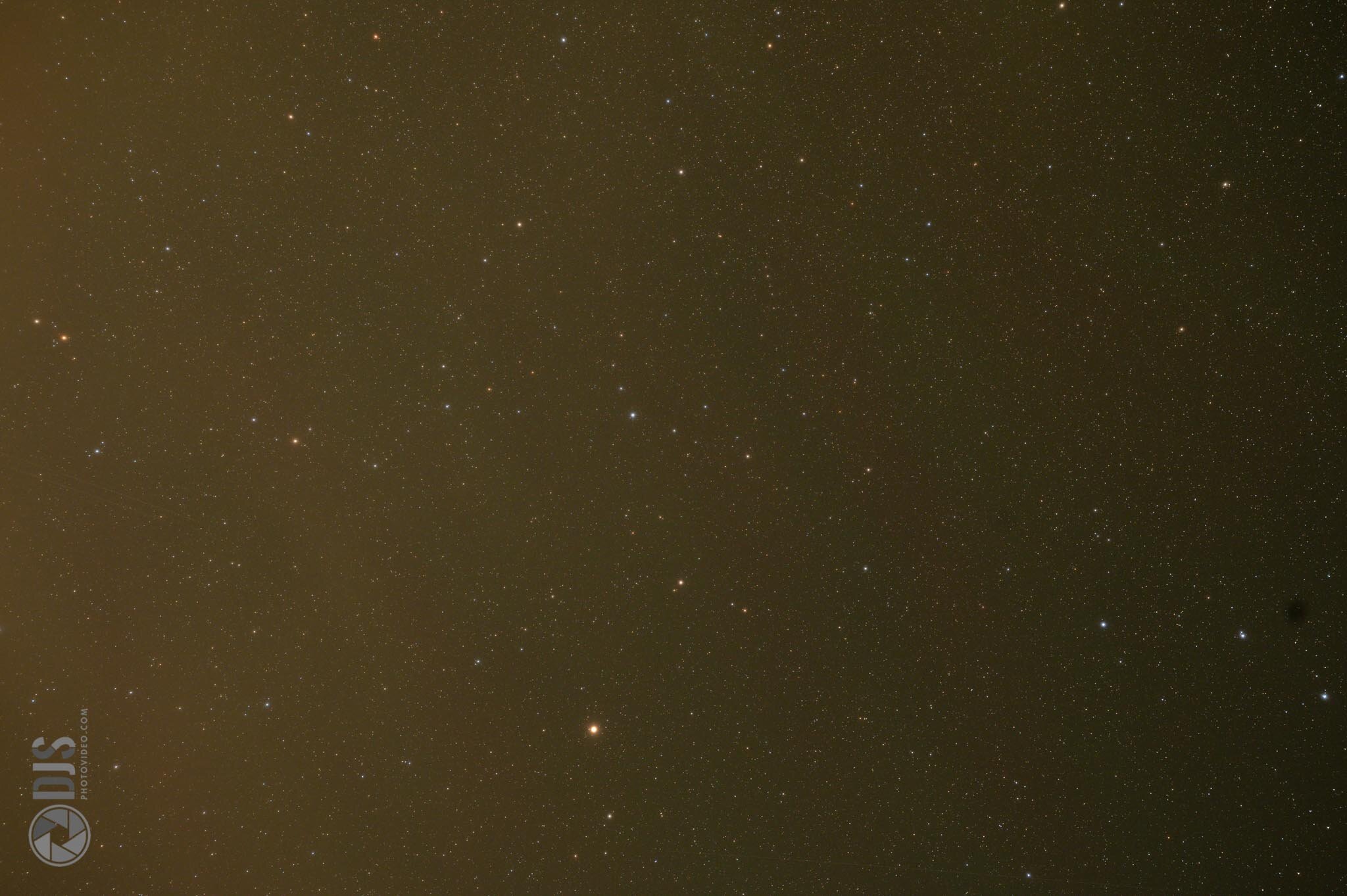
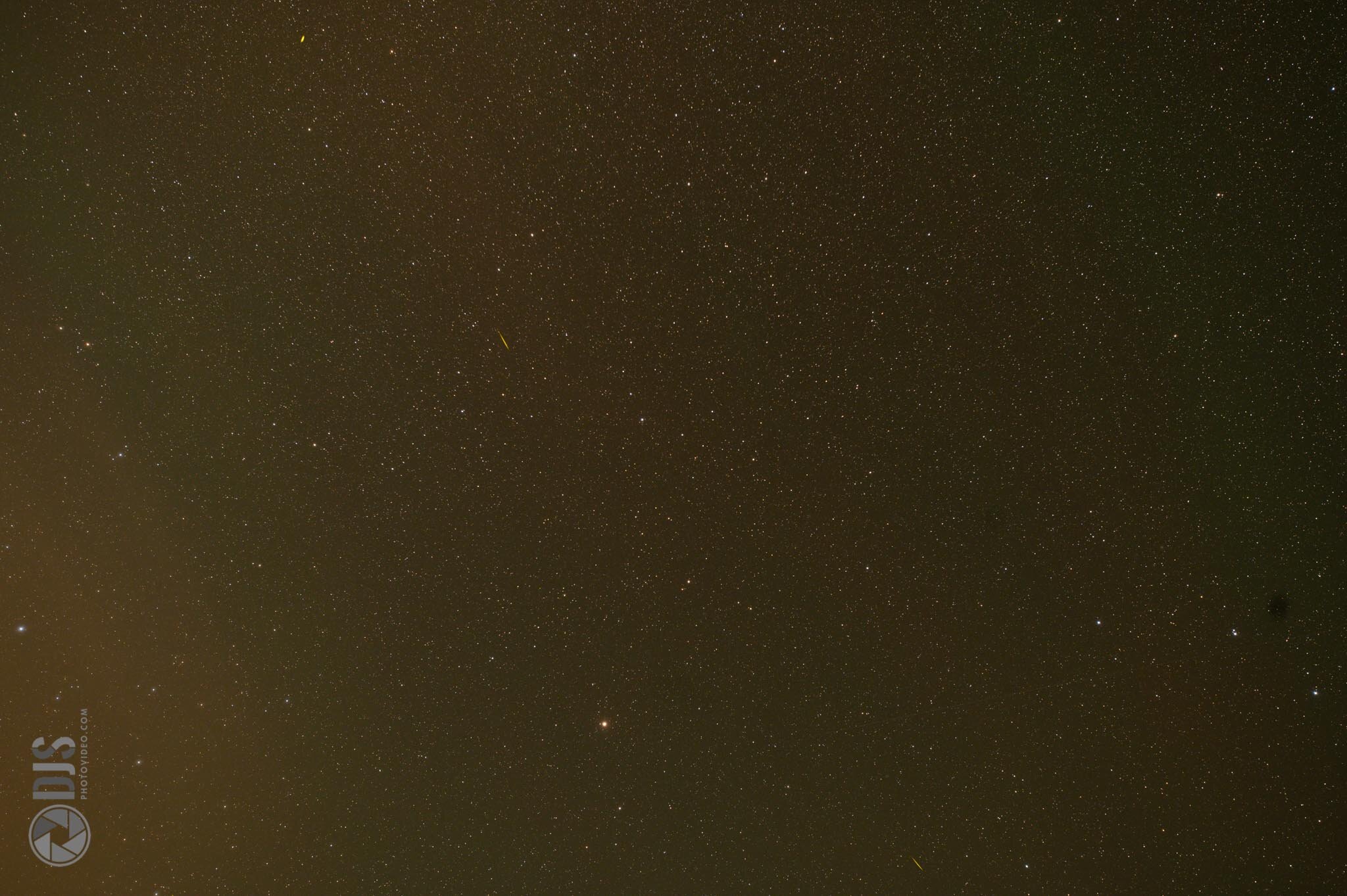
Now all the way zoomed in at 24mm, once again I found Sigma to have the more attractive stars in the corners with much less astigmatism. However, the Nikon lens does come through with a much faster correction to pin-point stars closer to the corners. This leads to kind of a toss up here. The stars in the corner are a little larger at first, but they become round more quickly with the Nikkor than the sigma. However, the stars on the Sigma only start becoming round closer to the center. It is easier to notice the corner of the Sigma when zoomed out, but when pixel-peeping the Nikon lens is more pronounced with distortions.
When it comes to the vignette, I would say the Nikkor has the edge. It seems brighter overall, with flatness fairly equal between the two. One thing to note about vignette, however, is that it is fairly easy to correct. The chromatic aberration seems to be about the same on both, but again the Nikon lens has slightly better star color.
Ghosting (when the stars look bigger and softer than they should be) at all focal lengths also looks to be handled better by the Sigma. However, this may be a small result of the hazier conditions during shooting with the Nikon lens.
Optically, the Sigma Art lens seems to be a slightly better performer than the Nikon Z lens.
Let’s Take a Stroll Down Memory Lane and Look at the Legacy 14-24G Lens
In this comparison, I found that the features of the new Nikkor stood out the most. Nikon was able to shrink down the size and weight of the lens significantly, while also making it far better optically over the outgoing model. These samples are all taken from real world photos I have shot with both lenses and are different from the above set of shots. This should hopefully give you a better idea of performance in that the sample size with the new lens is now increased than just with the direct comparisons to the Sigma Art lens.
All images were taken at 120 seconds, aperture where noted, and ISO 800-3200. Exposure was adjusted in post-processing to all equal the same ISO, as the Z6 is ISO invariant.
The old lens is on the left and the new lens is on the right.
Corner Comparison @14mm f/2.8
At 14mm, differences between the two lenses seems negligible.
Center Comparison @14mm f/2.8
The new lens is much sharper in the center. Star color appears far better.
Overall 14mm f/2.8
Corner Comparison @20mm f/2.8
Astigmatism is present on both lenses at 20mm. The newer lens tends to have larger artifacts, but corrects them faster than the older lens. Vignette also seems less dramatic on the newer model.
Center Comparison @20mm f/2.8
Once again the center on the new lens is significantly sharper than its predecessor. The legacy lens has significant ghosting.
Overall 20mm f/2.8
Corner Comparison @24mm f/4
The new lens produces are far more well managed corner than the outgoing model. Chromatic aberration is extremely well corrected fairly quickly.
Center Comparison @24mm f/4
The center on the newer model has much less chromatic aberration.
Overall 24mm f/4
Who Is This Lens For?
This lens is a perfect fit for the adventurous nightscape photographer shooting on a Nikon Z mount camera who is looking for a way to cover the ultra-wide focal lengths, while slimming down the weight and size of items in their backpack (aka, someone like me). I would venture to say that most nightscape photographers seeking a lens of this caliber are those hitting the trails like myself, so I feel that the target audience of this lens is substantial.
This lens is a stellar replacement/upgrade to the legacy F mount 14-24 f/2.8G. If you can afford it and want to ditch the adapter, this is the lens for you.
Last but not least, this lens is great if you are a nightscape photographer but also plan to shoot some daytime landscapes as well. The versatility of a fast aperture zoom is hard to beat. If you already have the lens in your bag and have been up all night shooting the Milky Way, why not catch the sunrise with it while you’re at it, am I right or am I right?
Preparing for an all-nighter to shoot the Milky Way atop a rock scramble I summited in the Eastern Sierra.
Who ISN’T this lens for?
Well it kind of goes without saying (but it needs to be said), if you do not have a Nikon Z mirrorless camera, then this lens is not accessible for you. But on that note…you might as well switch (and no, Nikon did not pay me to say that). I firmly believe that this system is the best-suited for astro work; I chose Nikon for many reasons after having both Canon and Sony.
However, this lens is also not for those who don’t need to or want to hike to their shooting locations. If you are the type of photographer who drives to most of your spots to shoot, and you park within a fairly short walking distance, you could save the money and get the Sigma.
I’ll be blunt here - this lens is not going to win any awards for being the most budget friendly option out there. If that is a primary concern for you and you do not think you will mind the extra size and weight of the alternative lenses and adapters, then this Nikkor is not the lens for you.
Final Reflections: Why Do I Love This Lens?
I will start out with a famous Chase Jarvis quote I heard when I was in high school, “The best camera is the one that is always with you.” So while the Sigma lens is optically a worthy competitor and even better in some cases, it is not the lens I want to have in my bag.
You see, 90% of the time I am shooting nightscapes, I am hiking in to my shoot locations, and oftentimes these hikes are technical, long, and require me to have quite a large (and significantly heavy) amount of gear and food to be able to complete them safely. The extra grunt of the Sigma and even the old F mount 14-24 left me with a decision I was forced to make before packing for my hikes. That decision was that there was no possible way I was taking that huge hunk of glass up that mountain….it just wasn’t worth the extra weight. However, with the new Nikkor Z 14-24, that mindset has changed to, “Yeah I can fit that, it will be worth a little more weight, I think I can get some great shots if I have this lens with me.” The size and weight difference in this lens really is that immense and impactful.
A full backpacking loadout of my gear before I hit the JMT & PCT in the Eastern Sierras included a sleep system, bear canister with several days supply of food, a cooking system, toiletries, water filtration system, bug spray, sunscreen, several types/layers of clothing, solar charger, map, compass, GPS, hydration bladder, and of course a ton of camera gear. All in all I had about 75 lbs of gear on my back when I hit the trails.
My original plan was to release this review earlier on in the summer. However, I decided to hold back my opinions until after I came back from an 11 day backpacking adventure along the John Muir Trail, Pacific Crest Trail, and Yosemite National Park. Without this new Nikon Z 14-24, I would not have captured some of what I believe are my favorite shots I’ve ever taken. This lens is the GOAT. This lens made these shots possible. I standby my words to the fullest and am thrilled I was able to call this lens my favorite along my trip!
Verdict and Final Thoughts
The lens is a huge improvement over the legacy F mount Nikkor 14-24 f/2.8G. It is leaps and bounds ahead optically, and comes in a significantly smaller form factor that is native to Z mount. It is also fixes all of its shortcomings in terms of design.
However, the lens does fall short ever so slightly in a few areas; mainly, in terms of astigmatism and distortion in the corners when compared directly to the Sigma 14-24 f/2.8 Art lens. While the Nikon seems to have the advantage at 14mm, the Sigma looks to perform a little better once you start zooming in. 20mm in particular seems to be the Nikon lens’s weak point, and for me personally this was a bit of a let down as it is one of my favorite focal lengths to use when shooting the Milky Way.
Some of you may be thinking “Why not just get the Nikkor Z 20mm f/1.8 S prime?” Well, the versatility of having 14-24 is far more important to me than having perfect corners. In fact, I used to have the Sigma 20mm f/1.4 Art, but switched to the Sigma 14-24 because I wanted that focal length versatility, even though the prime was better optically. That trade off of prime versus zoom can easily be a matter of opinion, but when it comes to composing shots, having that variable range can really make or break a shot.
I did find that most of the distortions tend to clean up at f/4 on the Nikon, so if the scene permits straying from f2.8, there is that option as well. After all I am using a tracker, and I highly recommend you take a look at that route BEFORE committing to ANY new lens if you are planning to pursue astrophotography.
So, what about the Nikkor Z 14-30 f/4 S lens? Well in my research, the Z 14-30 S has some really bad astigmatism in the corners. Far worse than the Z 14-24 2.8 S stopped to f/4, so that is a no go in my book. From my tests, it seems like the Z 14-24 2.8 S just happens to be the perfect happy medium amongst all of these lenses.
So easy, so light, so compact, so powerful!
If it were my own money, would I buy this lens?
In a word, yes. In a few more grammatically incorrect words, very much yes. Very VERY much yes. But in a few sentences, I would start by trying to look for one used! I’m all for secondhand gear (if its previous owners treated it well). If it were my own money, I would head over to Fred Miranda forums or Reddit’s r/photomarket to try and scoop up a used copy to save some money (Note: I am not affiliated with either of those resale spaces).
However, if I had no choice and nothing was coming to the market and I had a big hike coming up, then I would absolutely splurge for this lens brand new.
Wow.
One last thing to sum up; I said it just a few paragraphs ago, but I’ll say it again. I. LOVE. THIS. LENS. Lately, I’ve found myself enjoying shooting nightscapes at 35mm and 50mm, but this 14-24 made me enjoy going wider once again. If it were not for this lens, my adventure into the Sierra would not have been complete. My eyes and other senses would not have opened as wide as they did. My appreciation of the hobby has been further expanded, and this shall continue. I think this is a critical part of this activity; we, as artists are the storytellers, and cameras and lenses are our tools. It’s how we use them which helps bring forth our stories, and this lens is a wonderfully beautiful tool in telling those tales.
Bonus! A 360º 1 Gigapixel Interactive Tracked Pano I took with the Nikon 14-24 @ 14mm, f/2.8. Drag around to have fun.
Double Bonus! Because the above pano has been compressed, zoom in on the image below to enjoy the full 1 GIGAPIXEL resolution!
-Dan

